NCERT Solutions Class 12 Maths Chapter 13 Probability
NCERT Solutions for Class 12 Maths Chapter 13 Probability explains all the important concepts related to conditional probability which are helpful in understanding the Bayes' theorem, multiplication rule of probability, and independence of events. In probability theory, conditional probability is a measure of the probability of an event occurring, given that another event has already occurred. For example, if A and B are two events in the same sample space then the conditional probability of event B is the probability that the event will occur if event A has already occurred. It is often stated as the probability of B given A and is denoted by P(B|A), where the probability of B depends on that of A happening. NCERT Solutions Class 12 Maths Chapter 13 describes the core concept of this chapter in detail for students to acquire a profound understanding of the principles of probability and their applications.
Learning all the fundamentals of this chapter will enable students to work comfortably with the random variables, their probability distribution as well as the mean and variance of a probability distribution. The detailed formulas and facts related to this topic can be found in the pdf of the Class 12 Maths NCERT Solutions Chapter 13. Students can download the exercise-wise pdf by clicking on the links given below.
- NCERT Solutions Class 12 Maths Chapter 13 Ex 13.1
- NCERT Solutions Class 12 Maths Chapter 13 Ex 13.2
- NCERT Solutions Class 12 Maths Chapter 13 Ex 13.3
- NCERT Solutions Class 12 Maths Chapter 13 Ex 13.4
- NCERT Solutions Class 12 Maths Chapter 13 Ex 13.5
- NCERT Solutions Class 12 Maths Chapter 13 Miscellaneous Exercise
NCERT Solutions for Class 12 Maths Chapter 13 PDF
Studying the fundamental properties of conditional probability is one of the most proficient ways to master the skills of calculating the probability of events that depend on the occurrence of another event. NCERT Solutions for Class 12 Maths Chapter 13 clearly describes this conditional approach of probability by starting with a recap of the axiomatic probability and then explaining the necessity for learning conditional probability. The chapter further builds the understanding of various topics based on conditional probability like Bayes’ Theorem, the partition of a sample space, theorem of total probability, etc along with the ways used to calculate probability. The sums present in each segment of this chapter can be accessed through the pdf link below :
☛ Download Class 12 Maths NCERT Solutions Chapter 13 Probability
NCERT Class 12 Maths Chapter 13
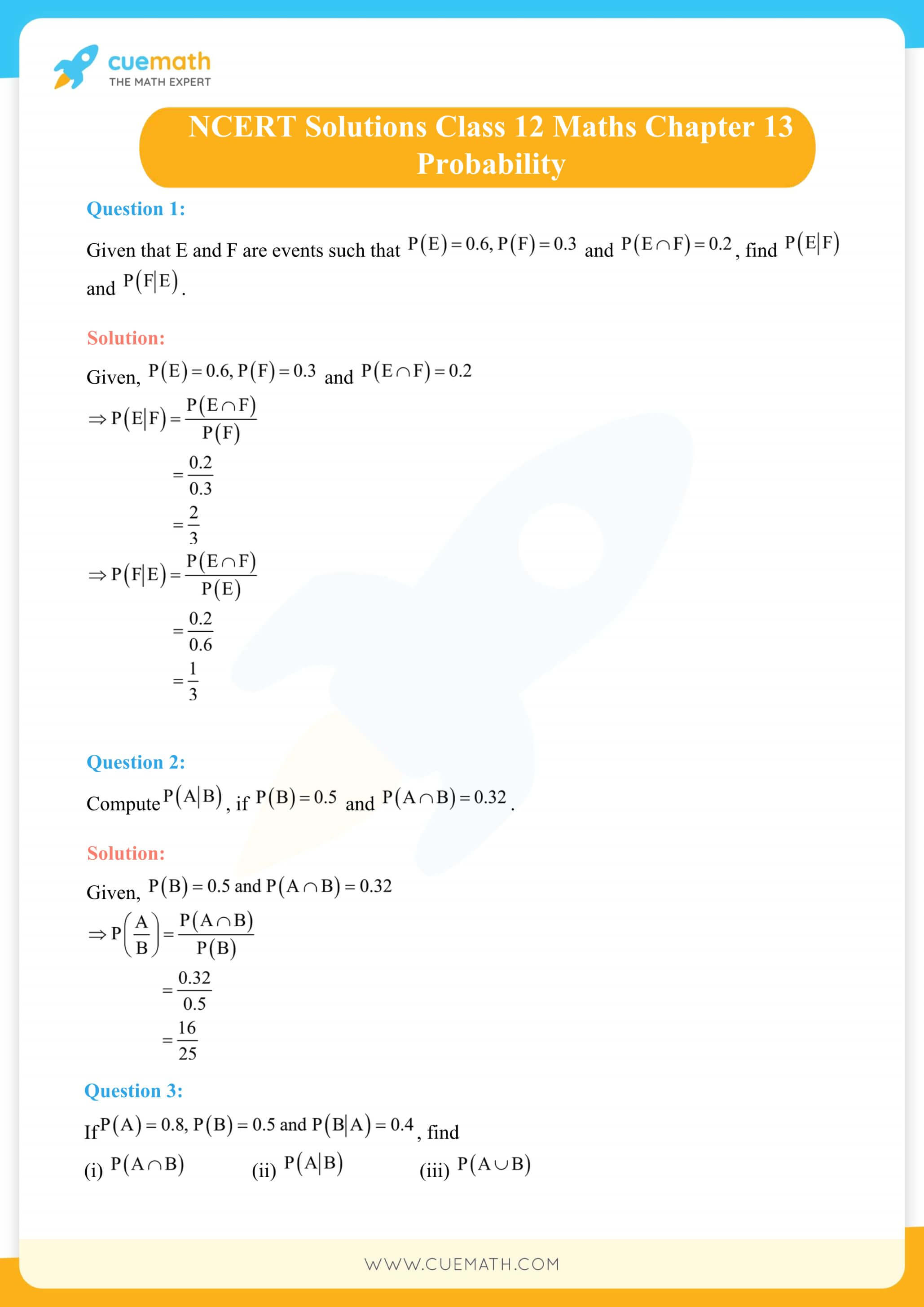
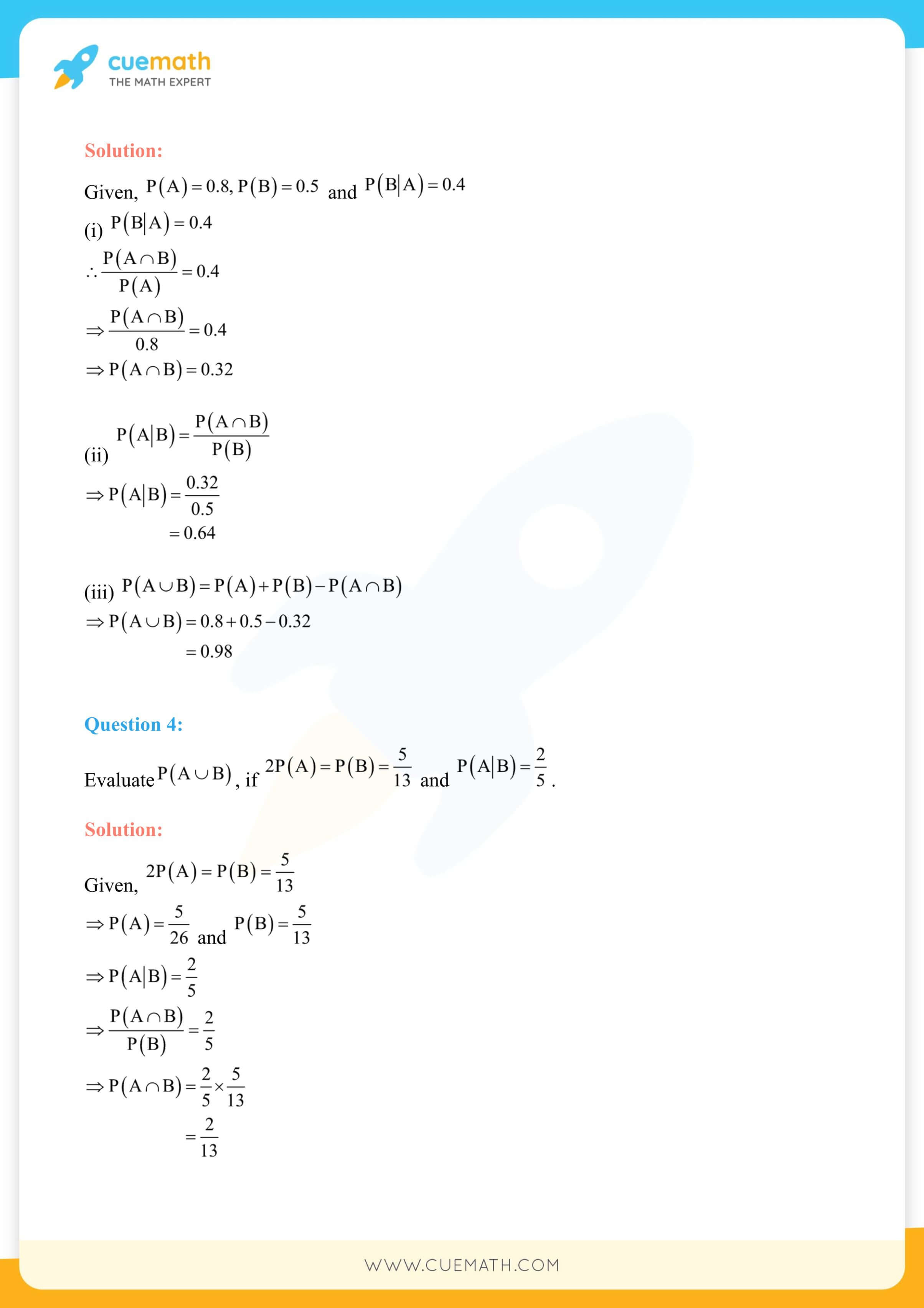
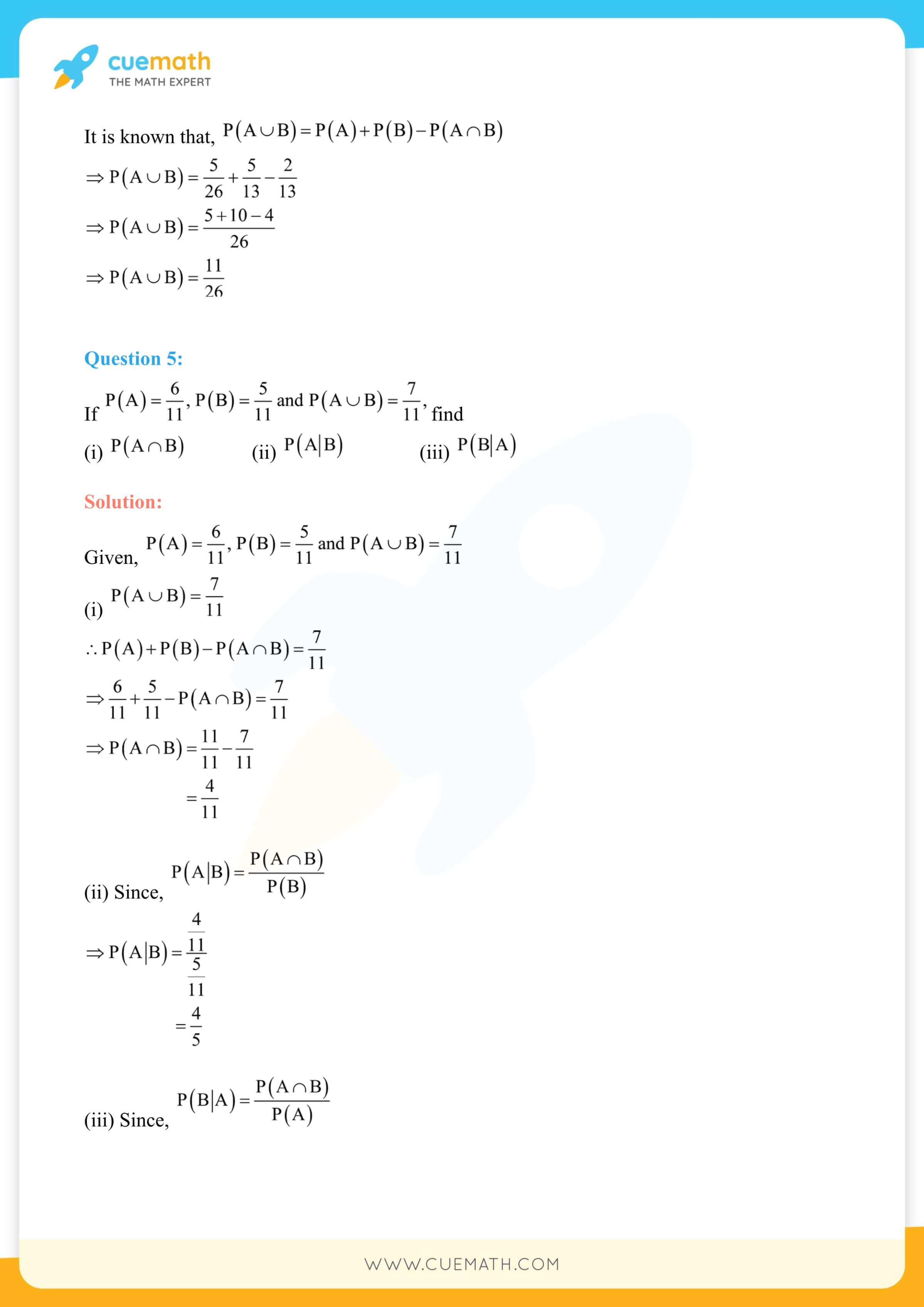
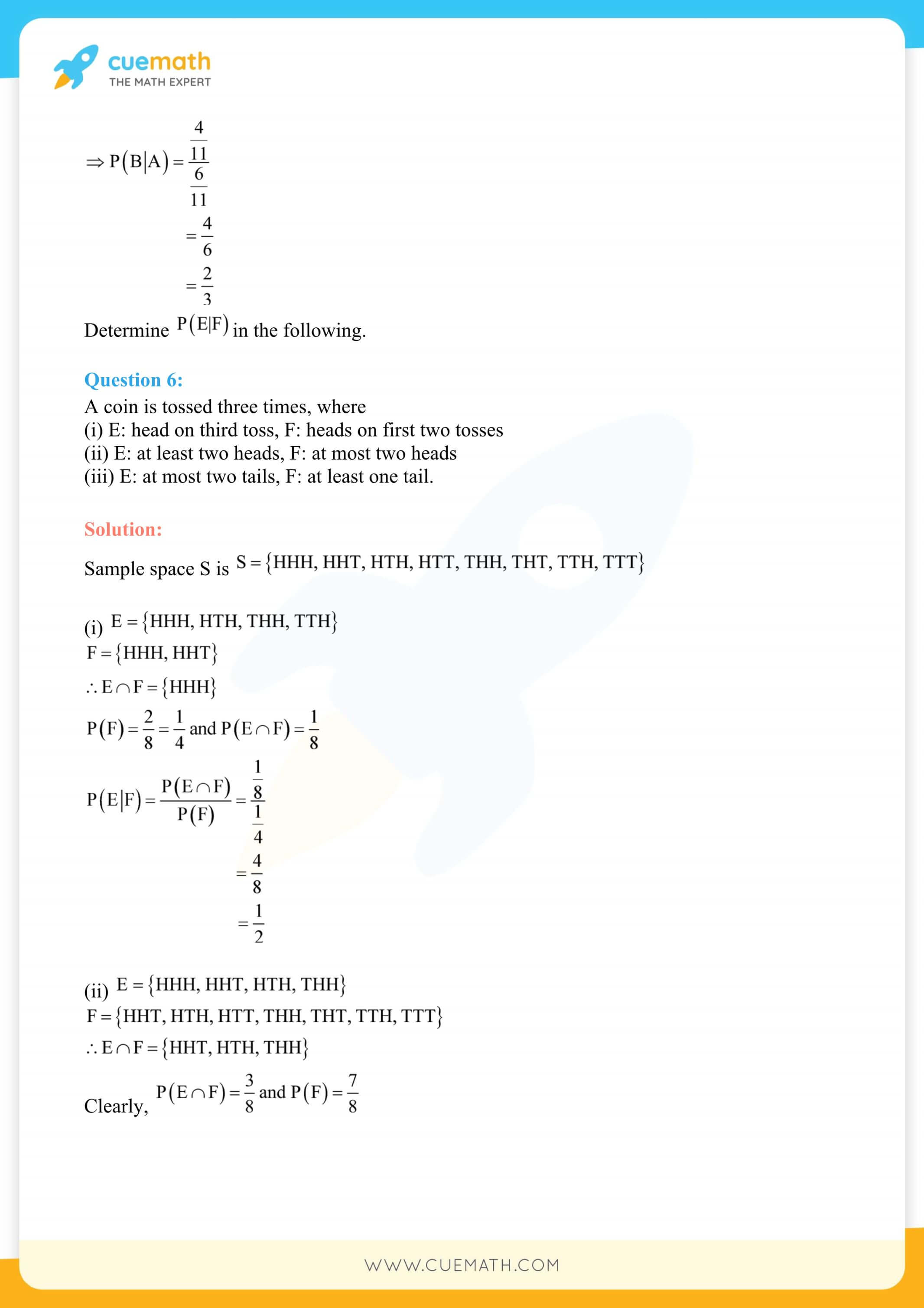
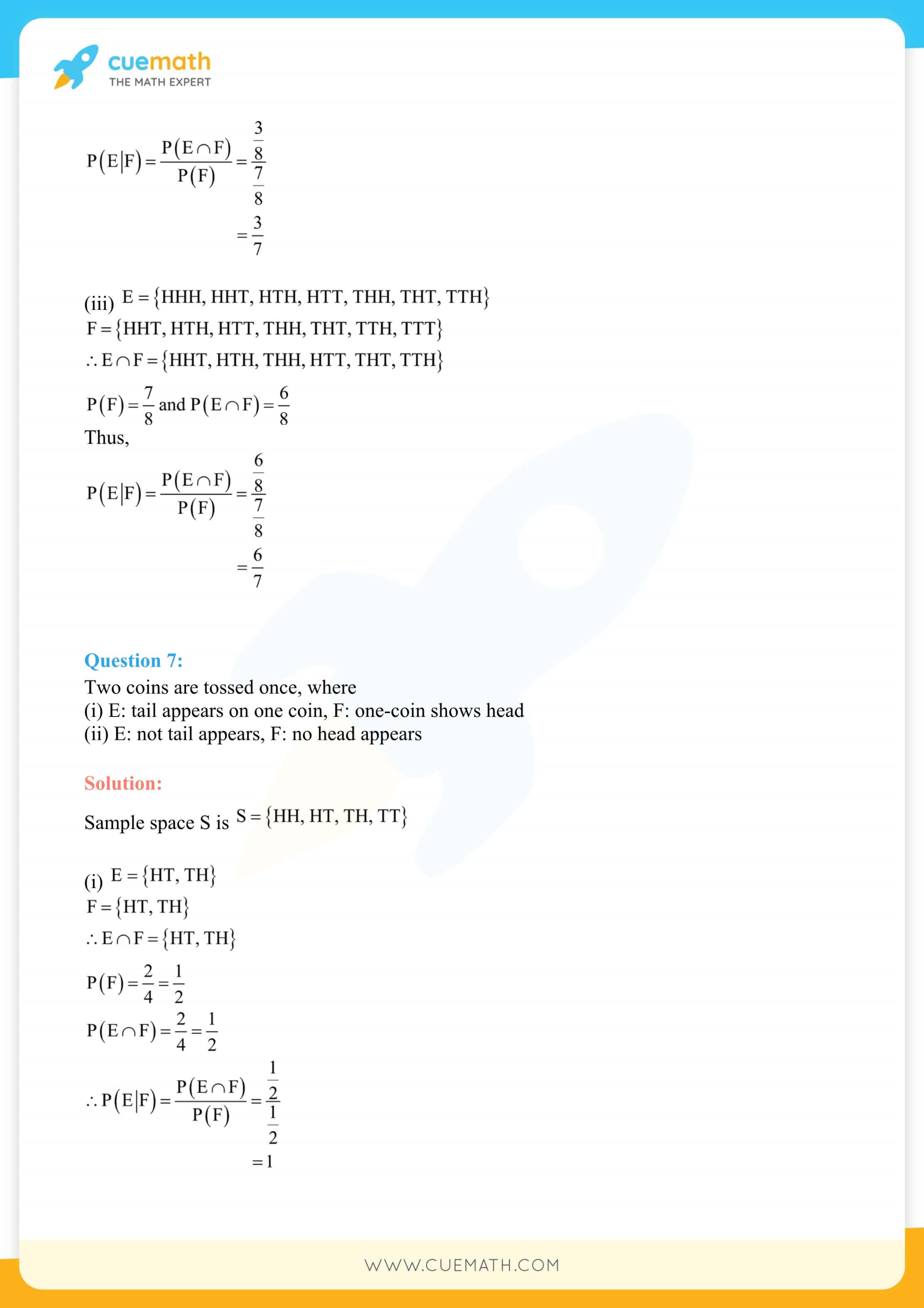
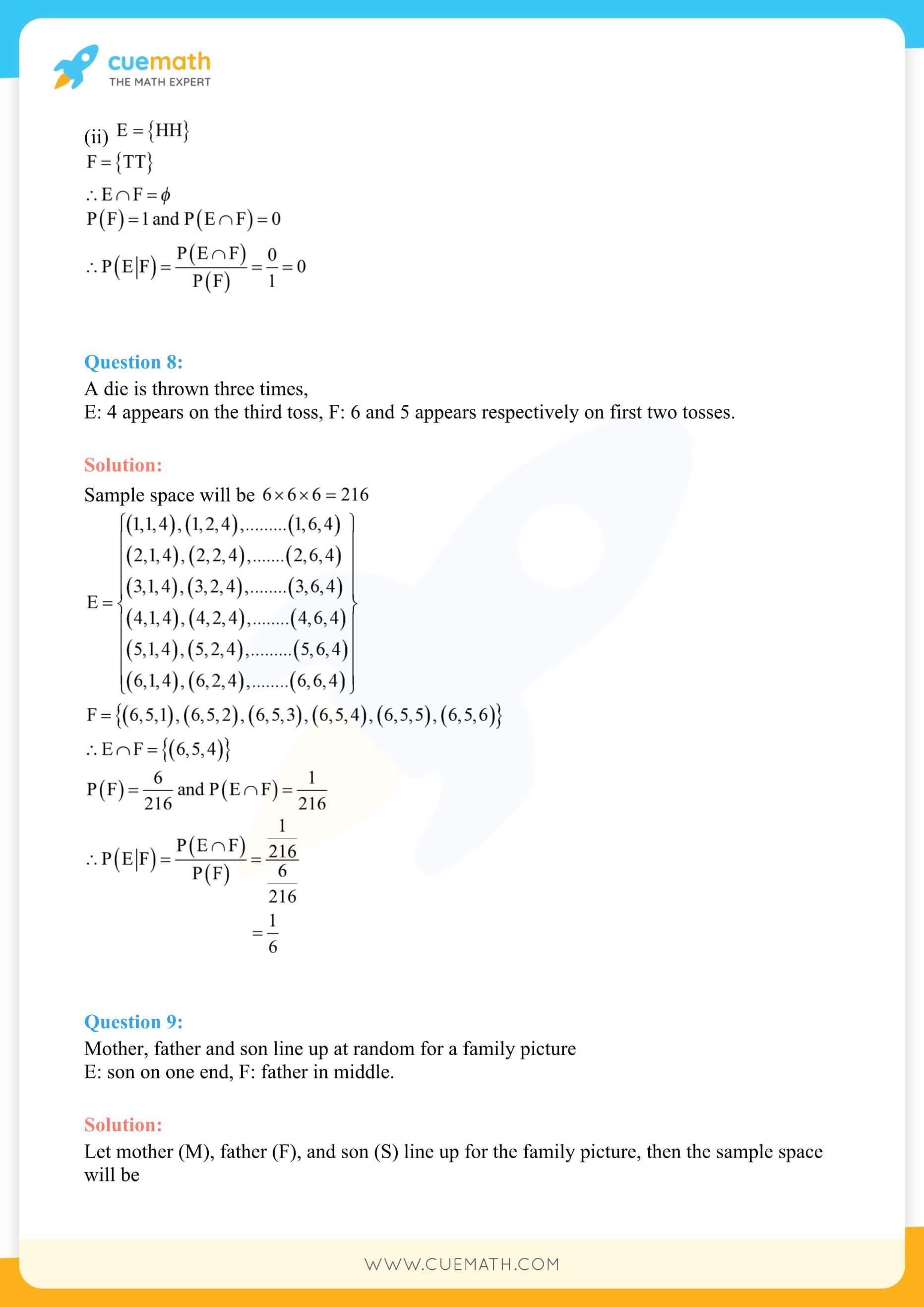
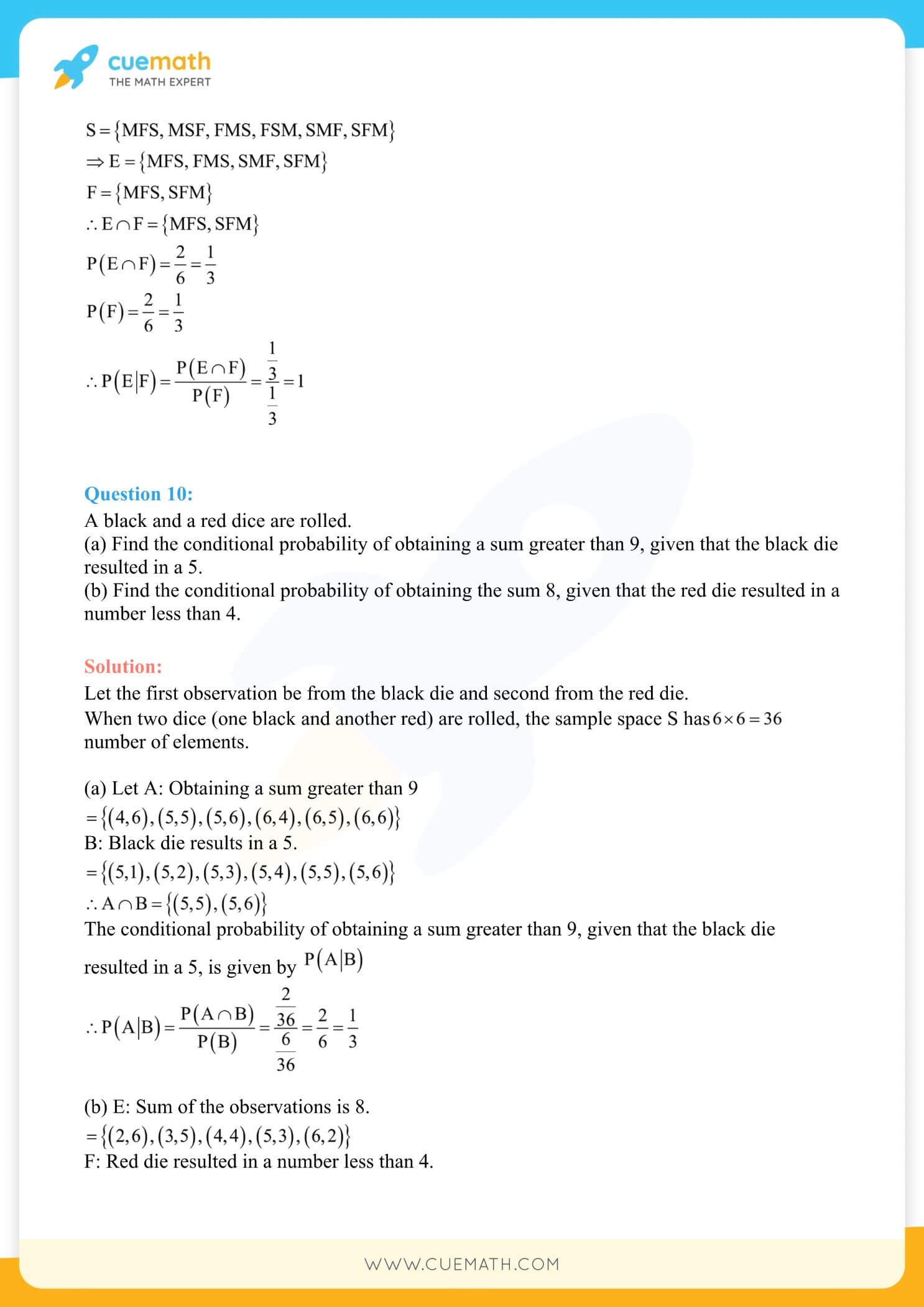
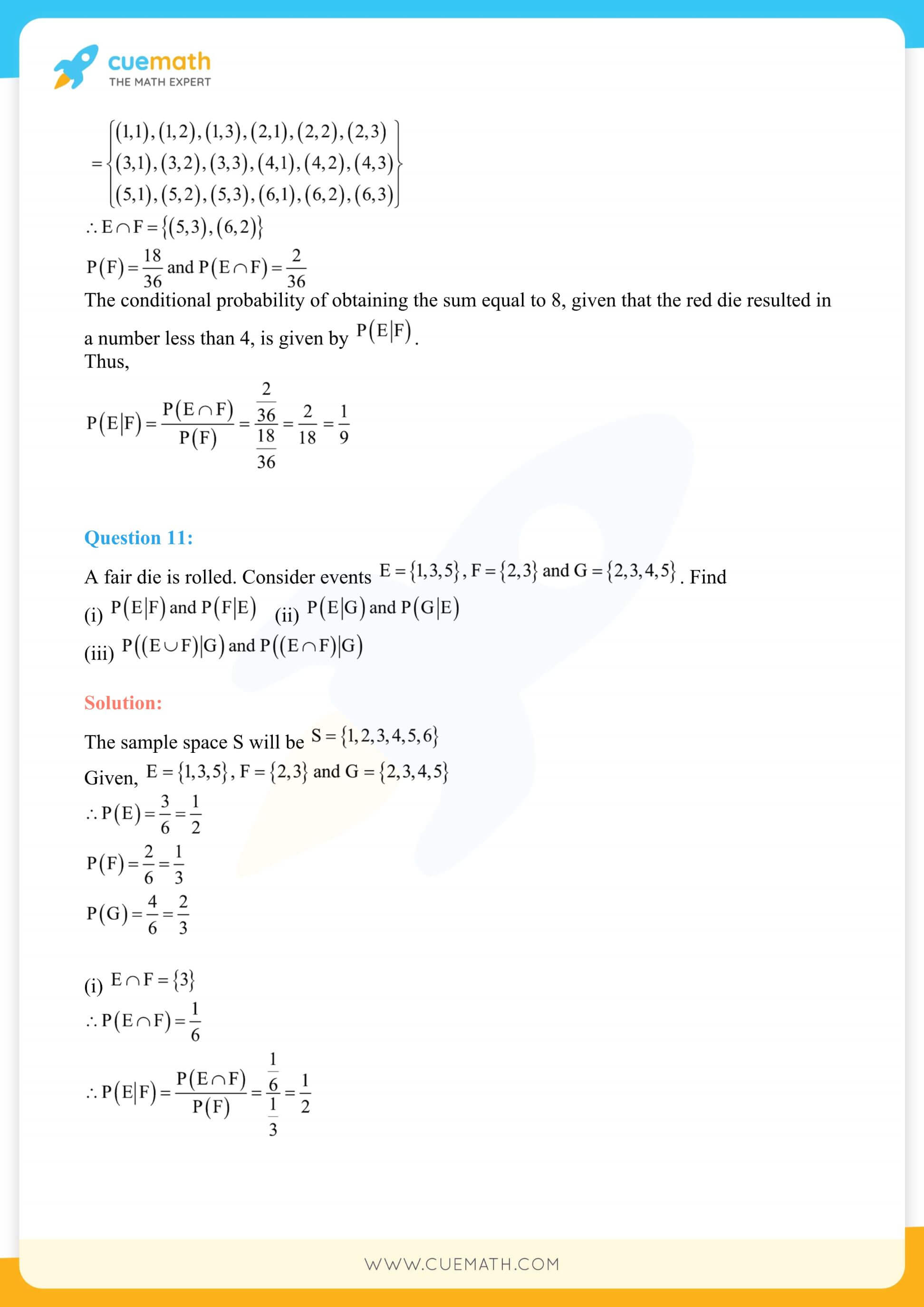
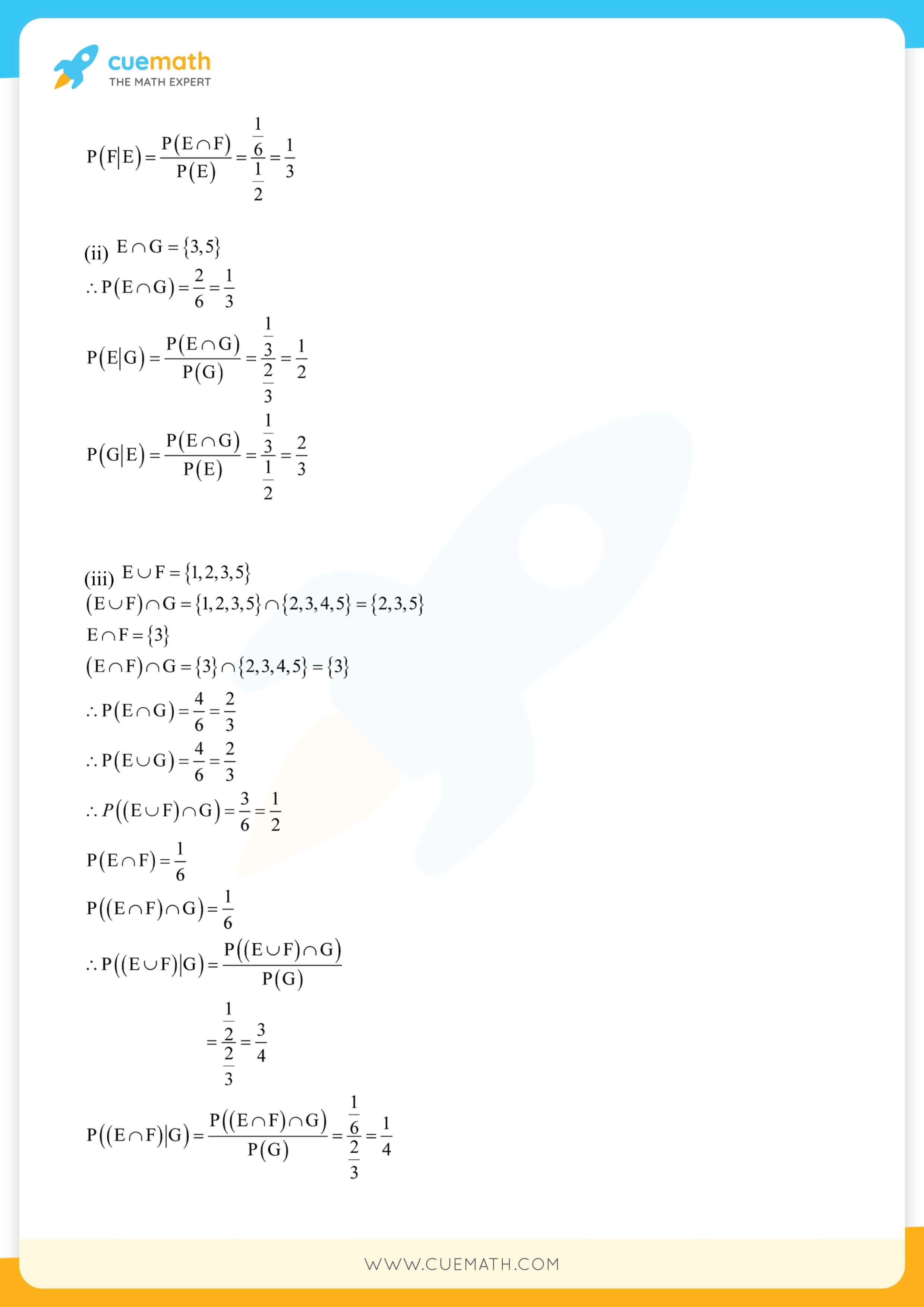
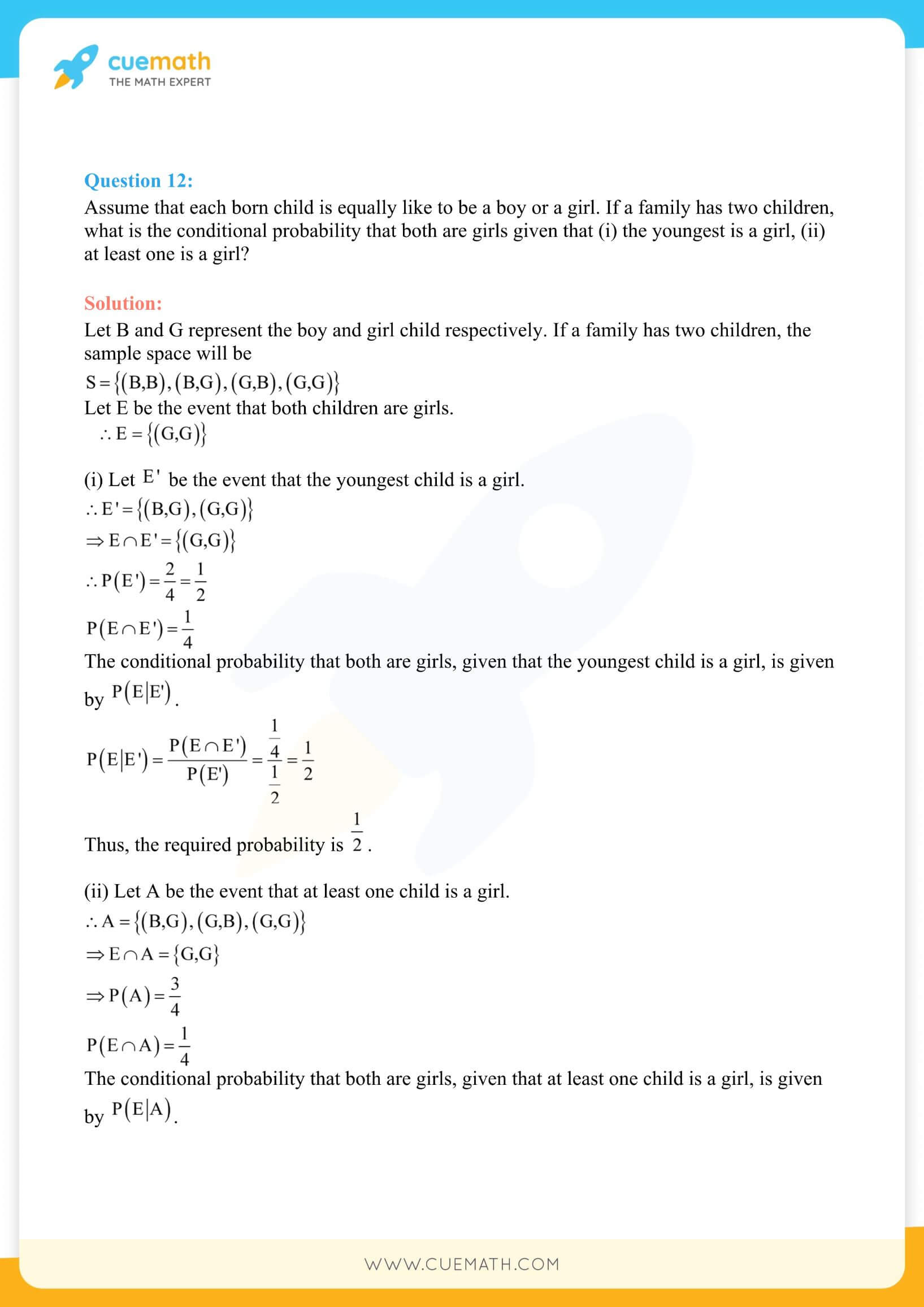
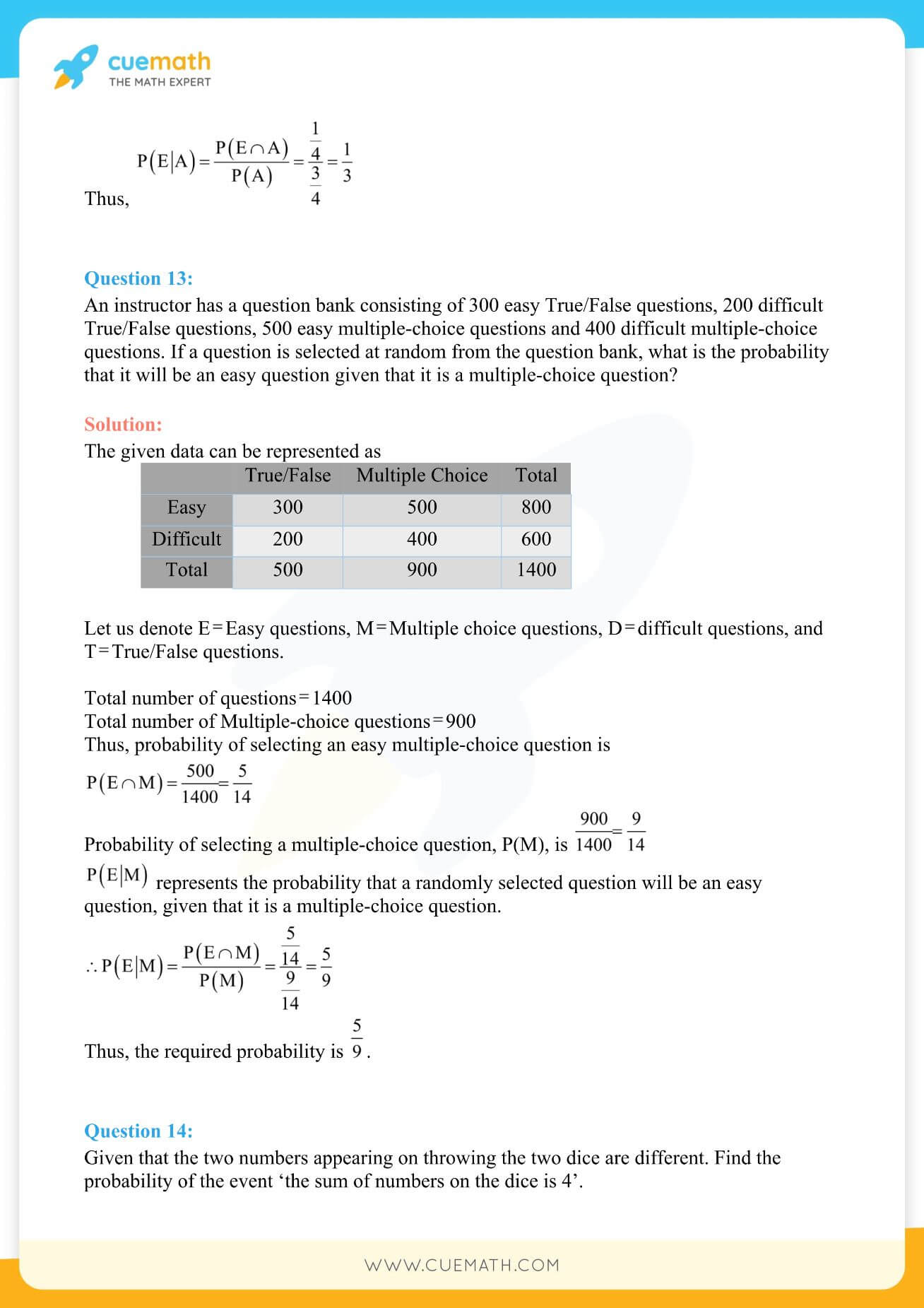
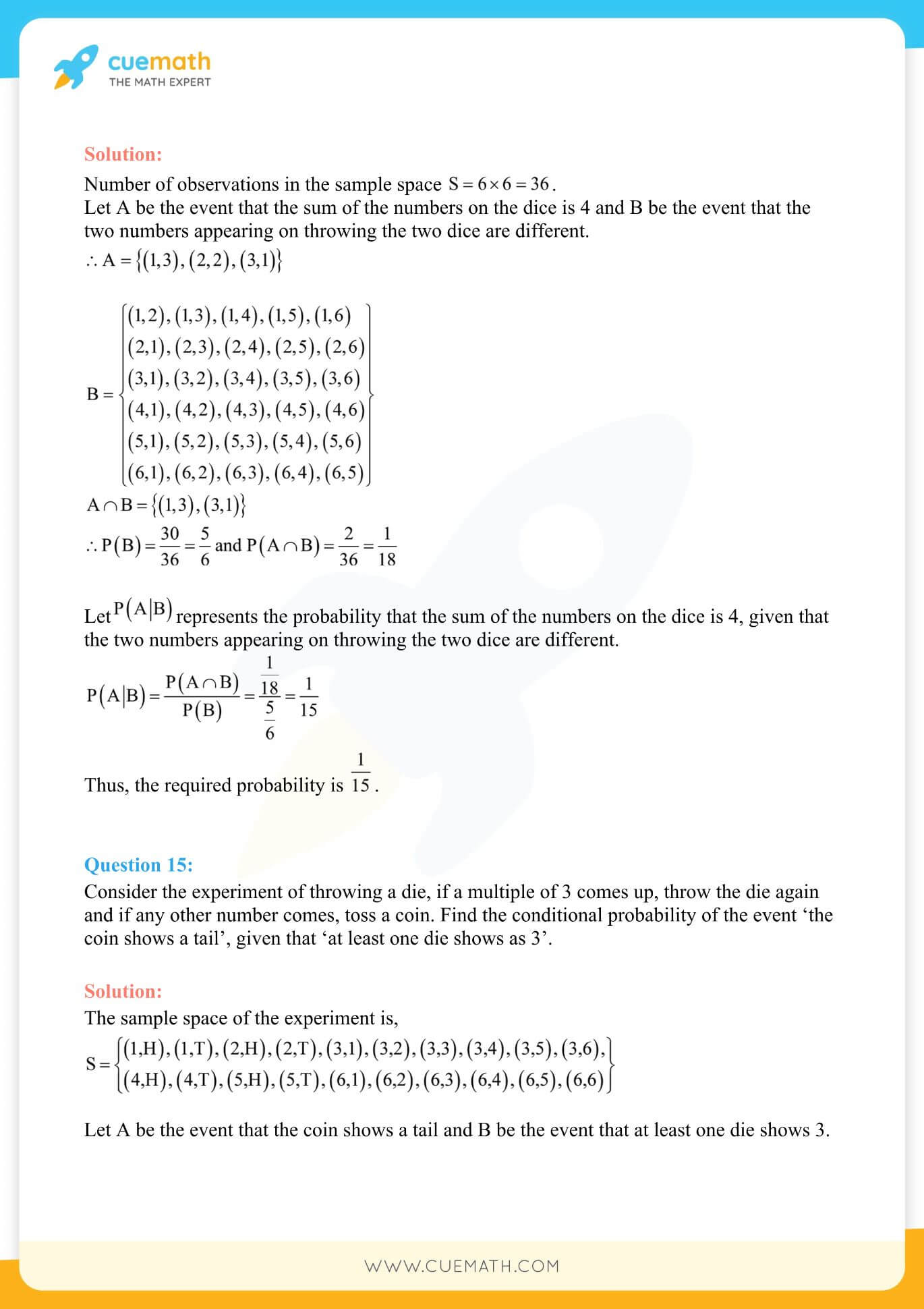
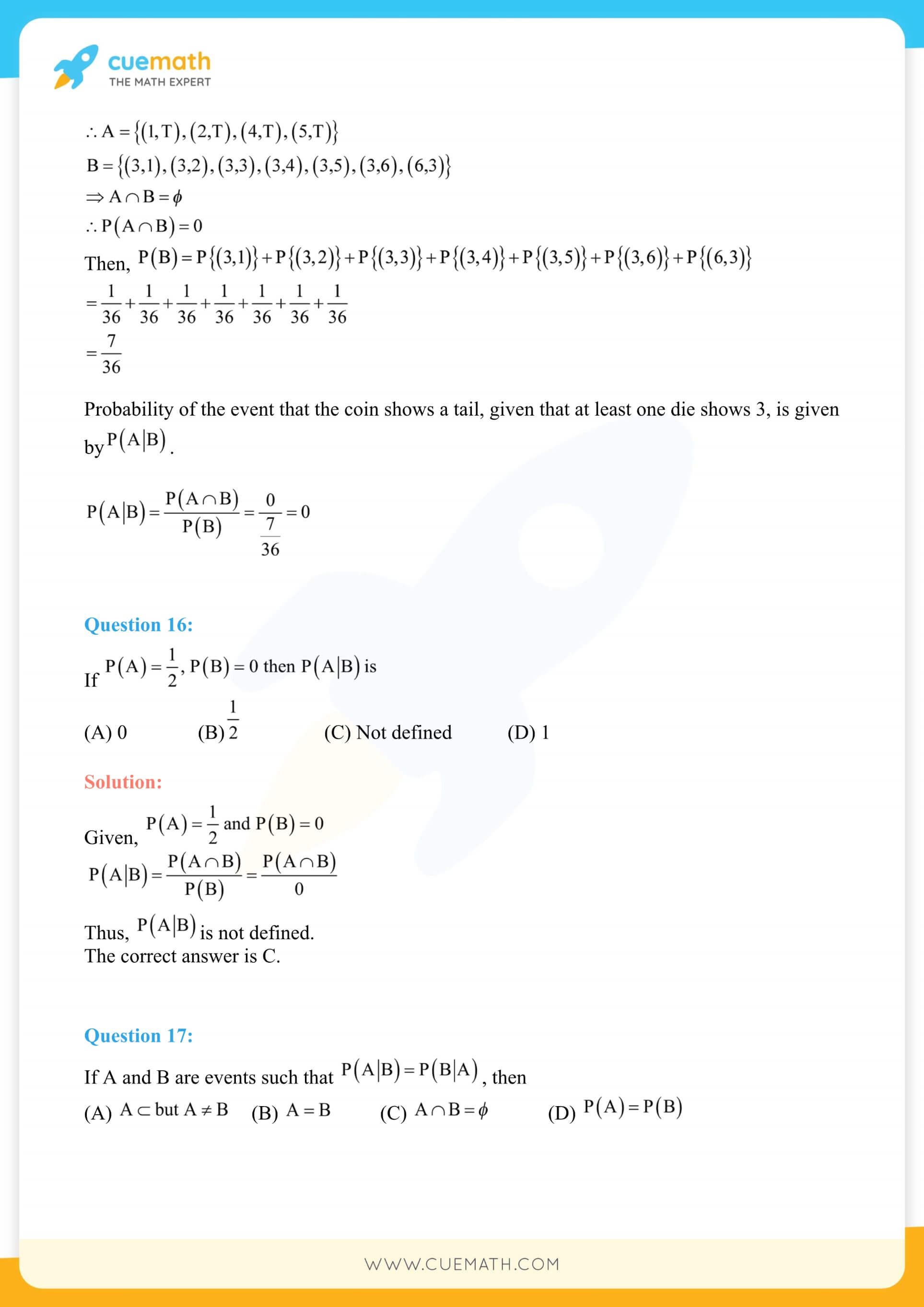

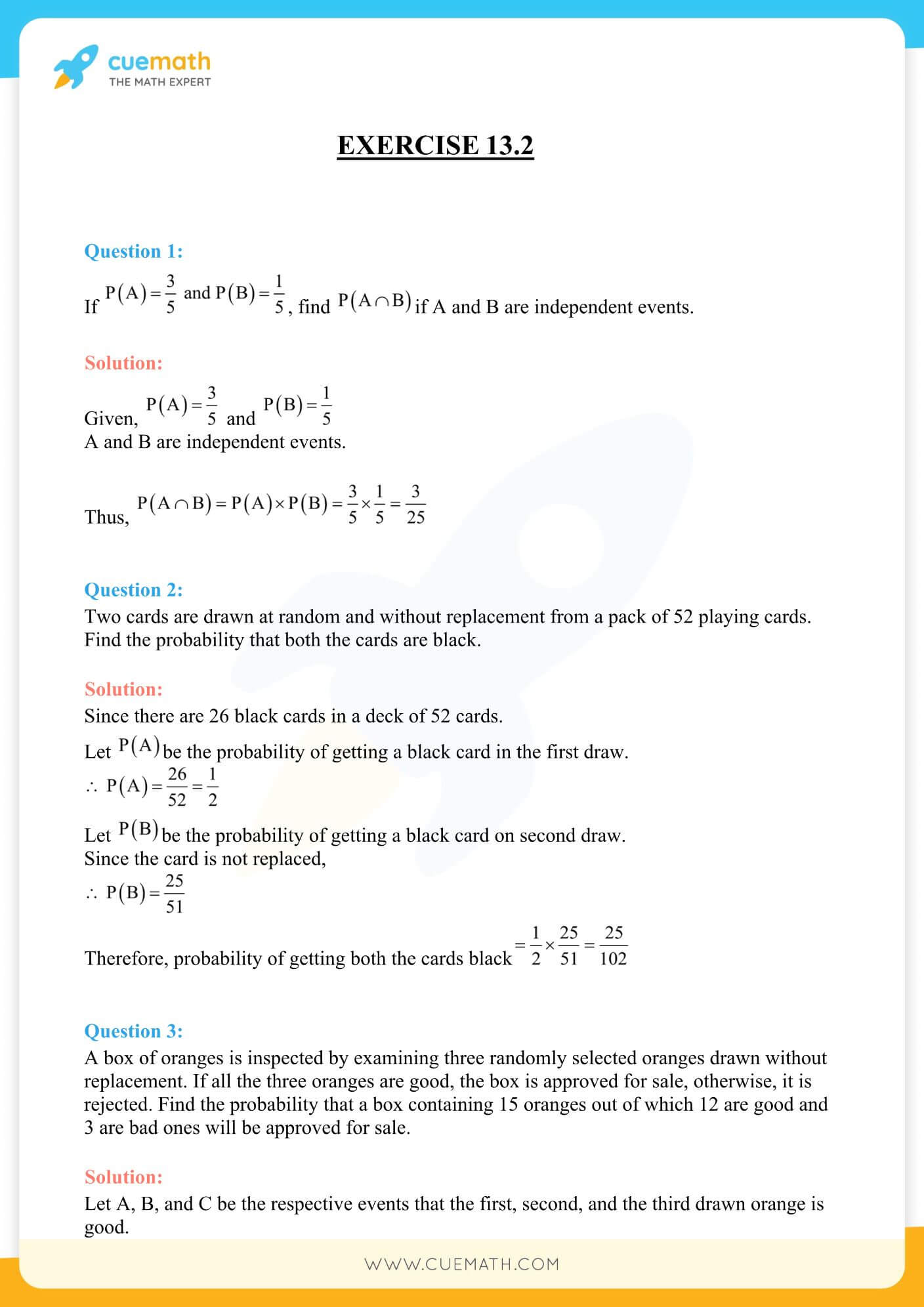
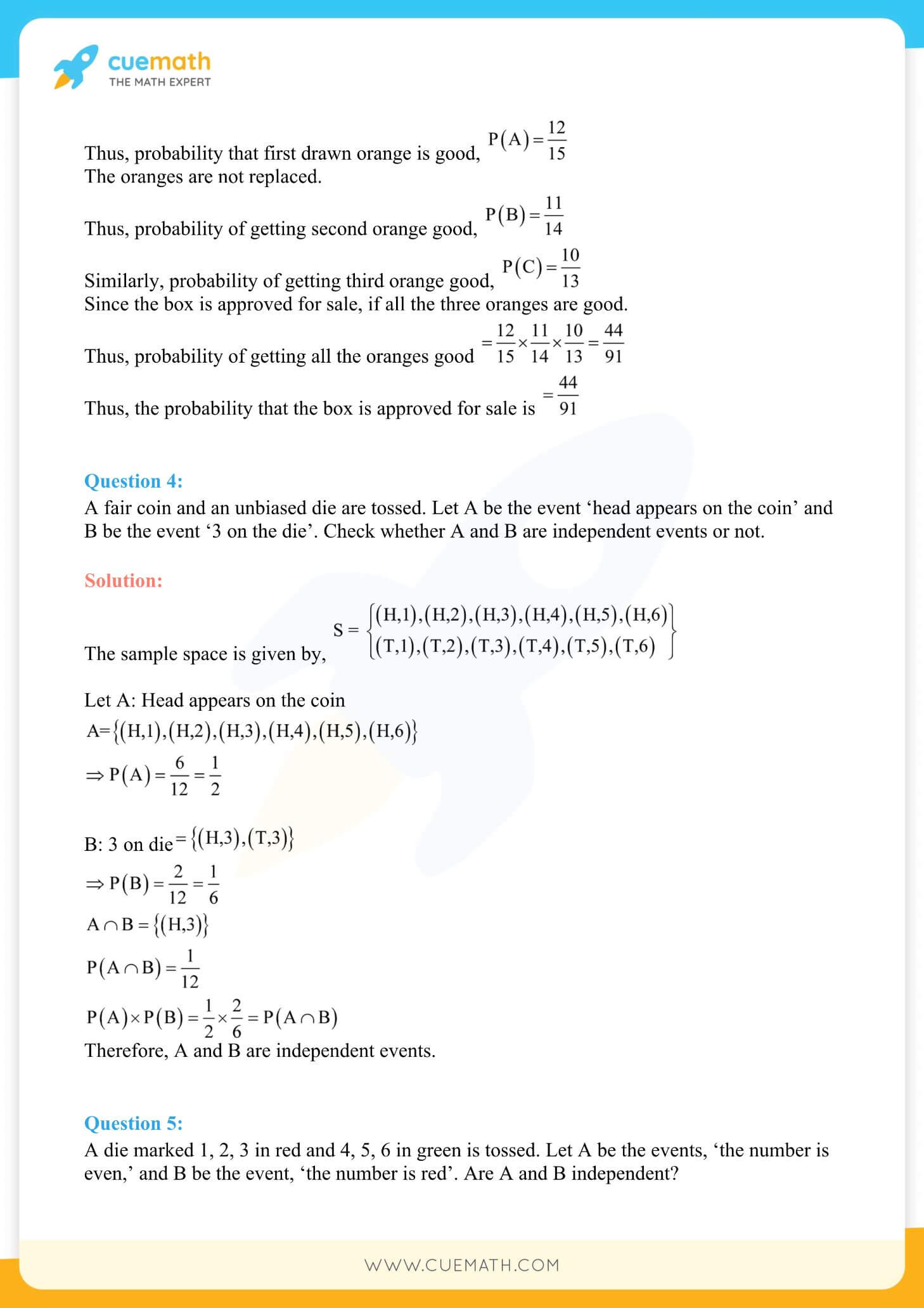
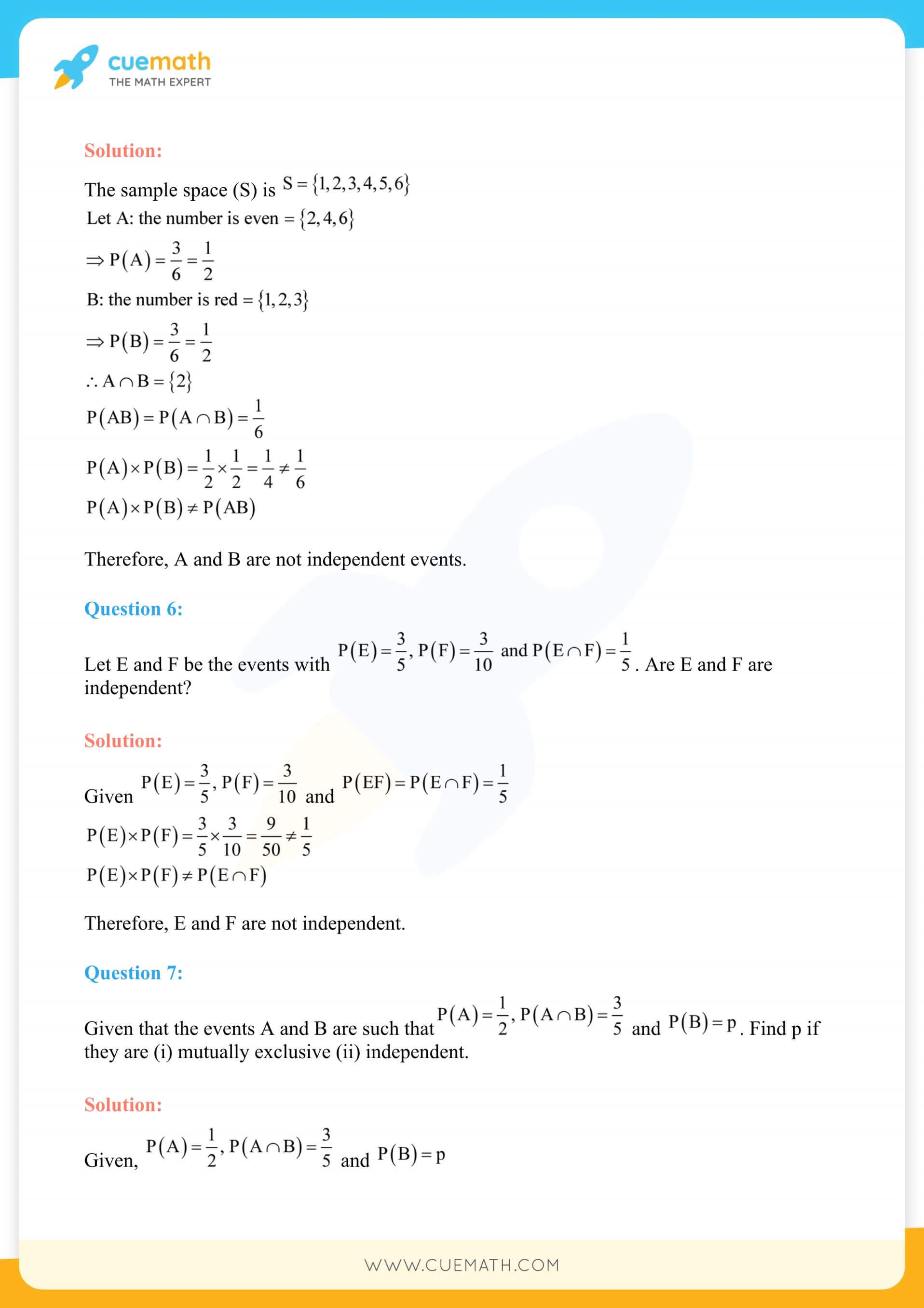
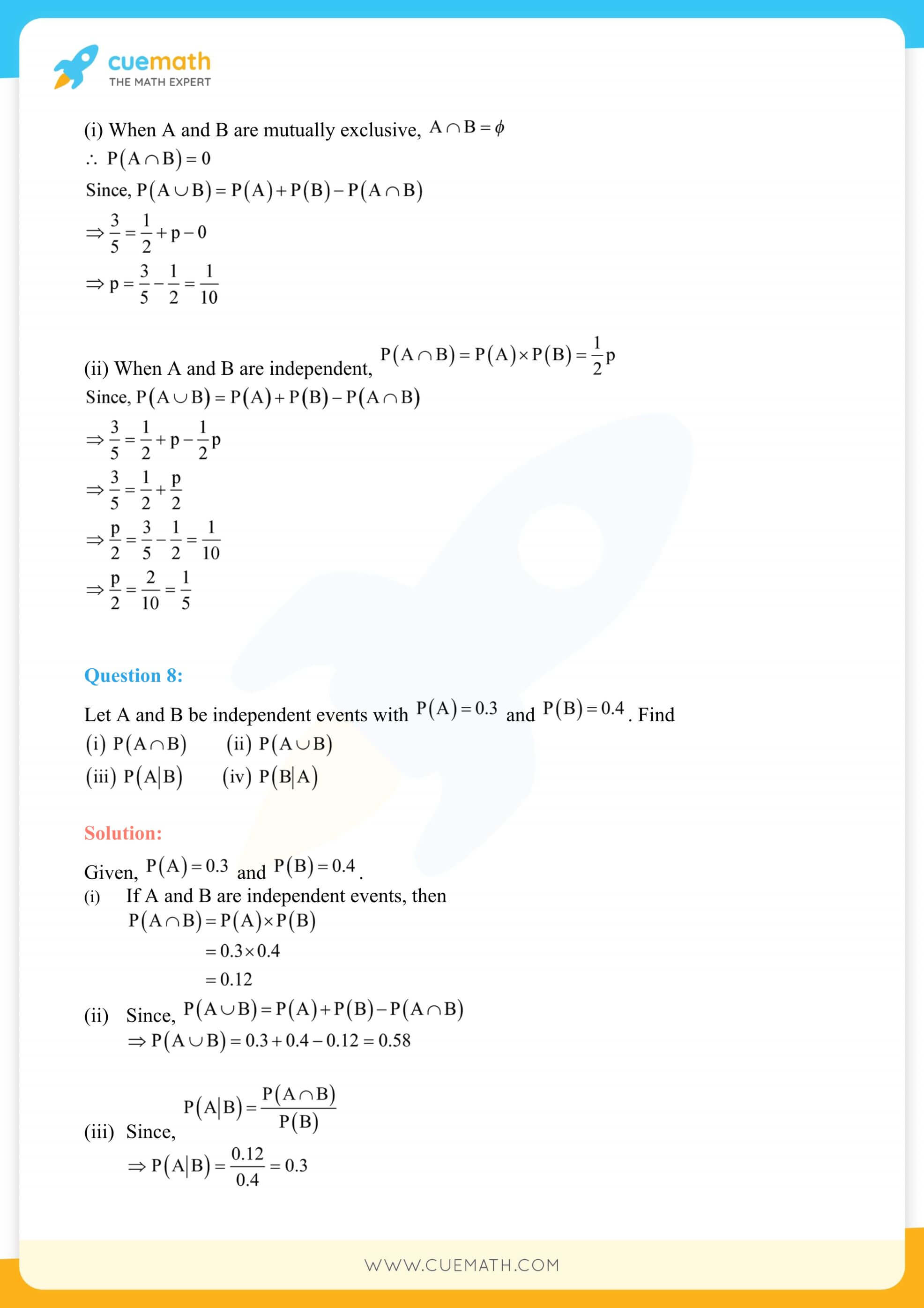
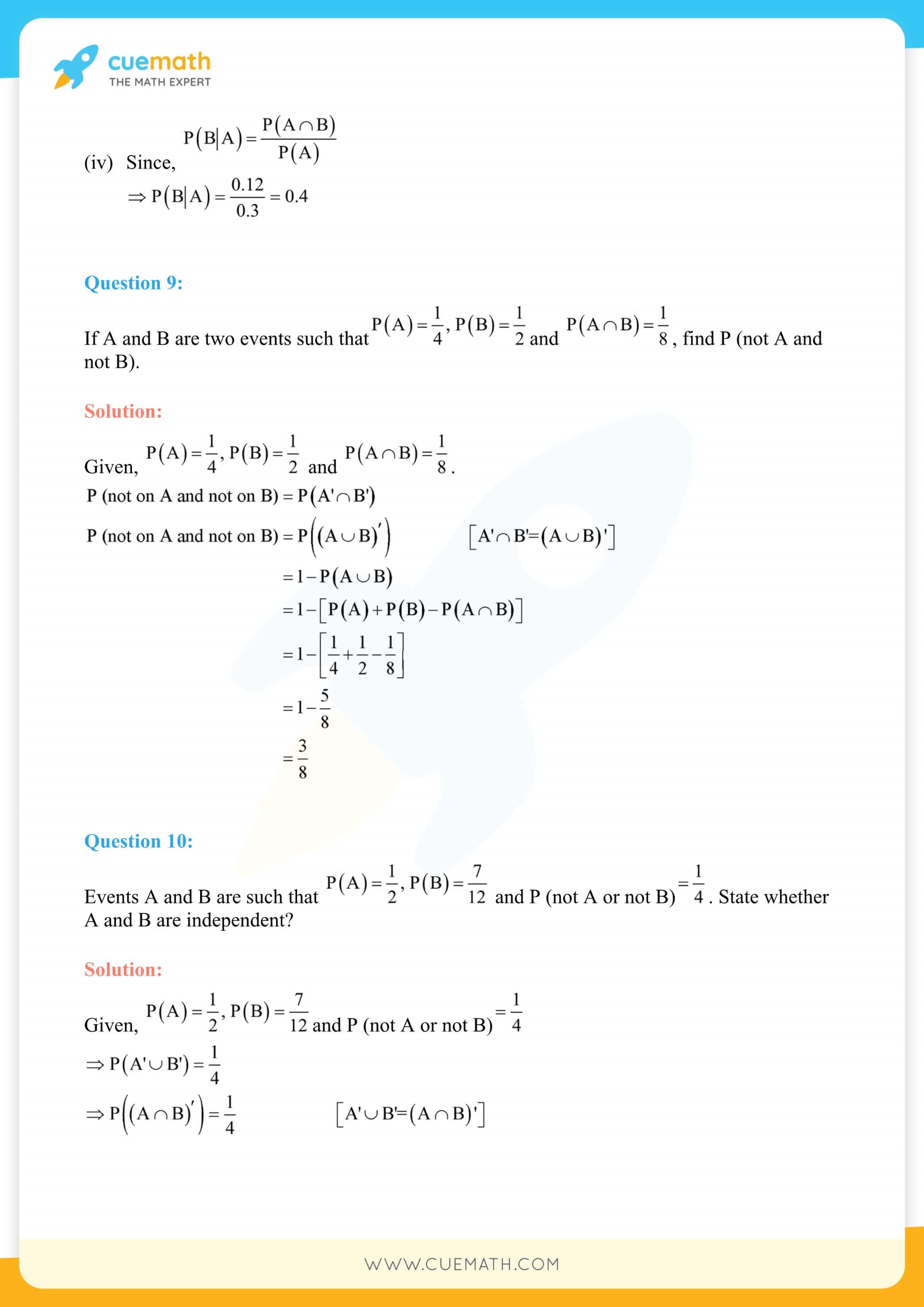
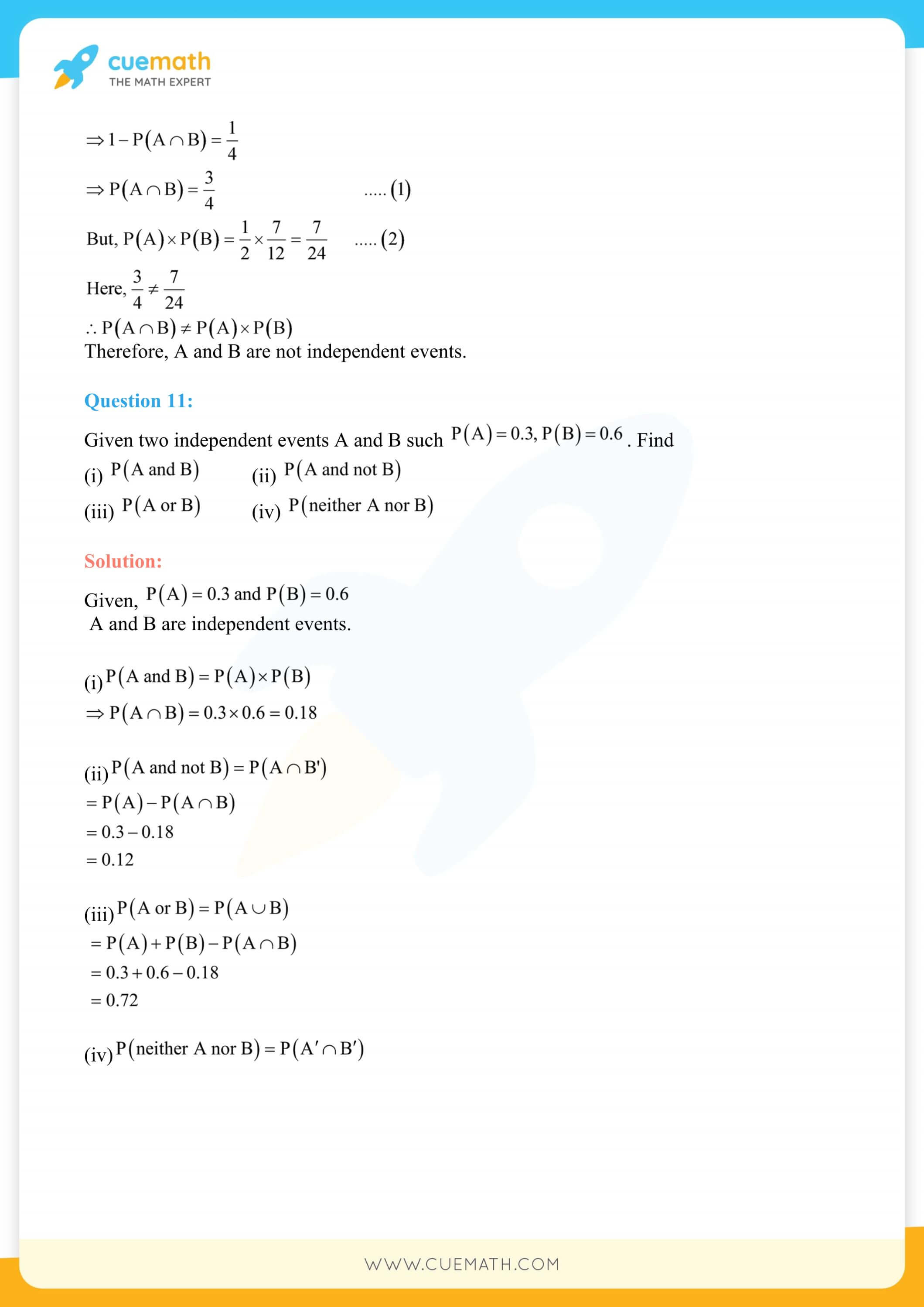
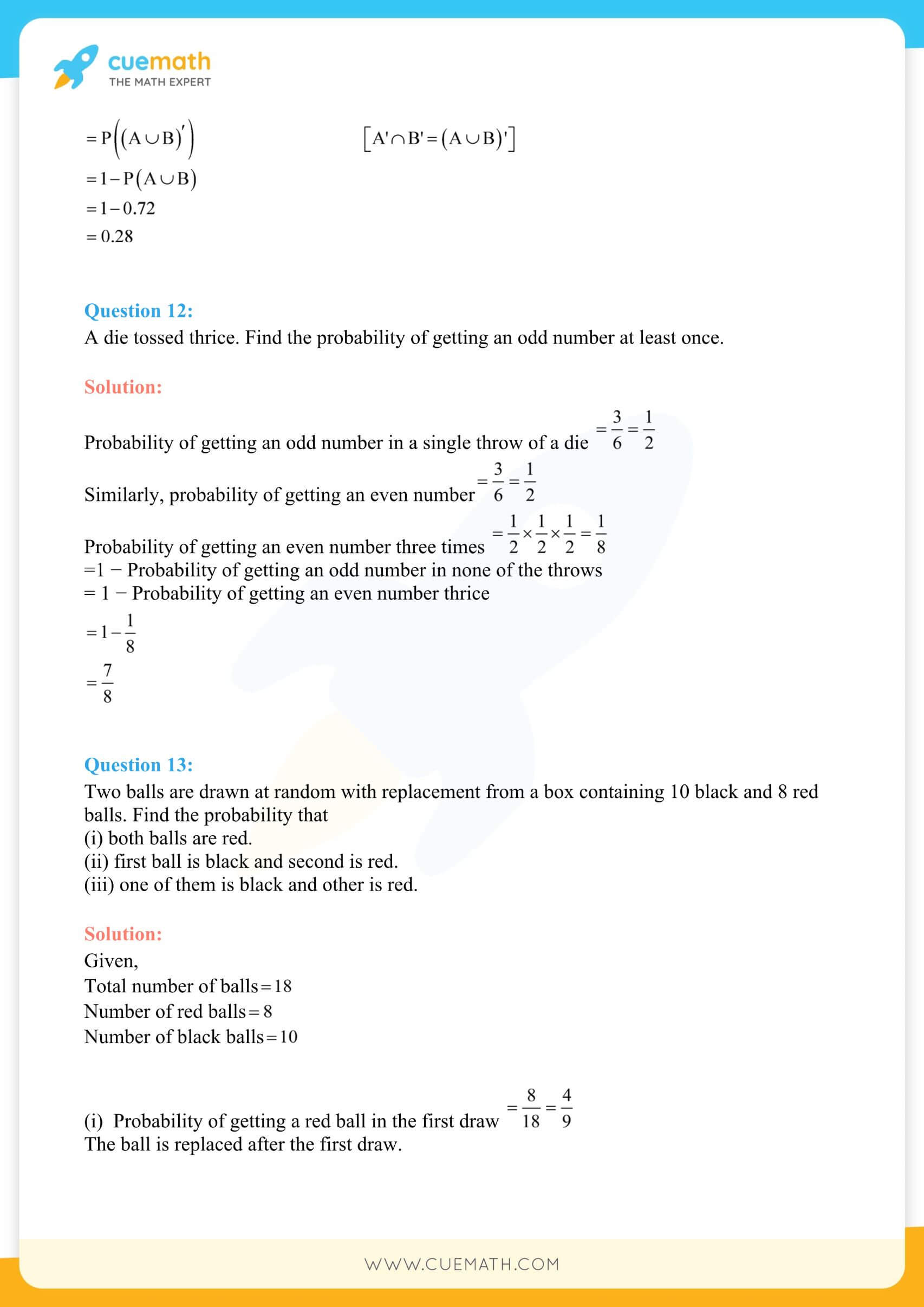
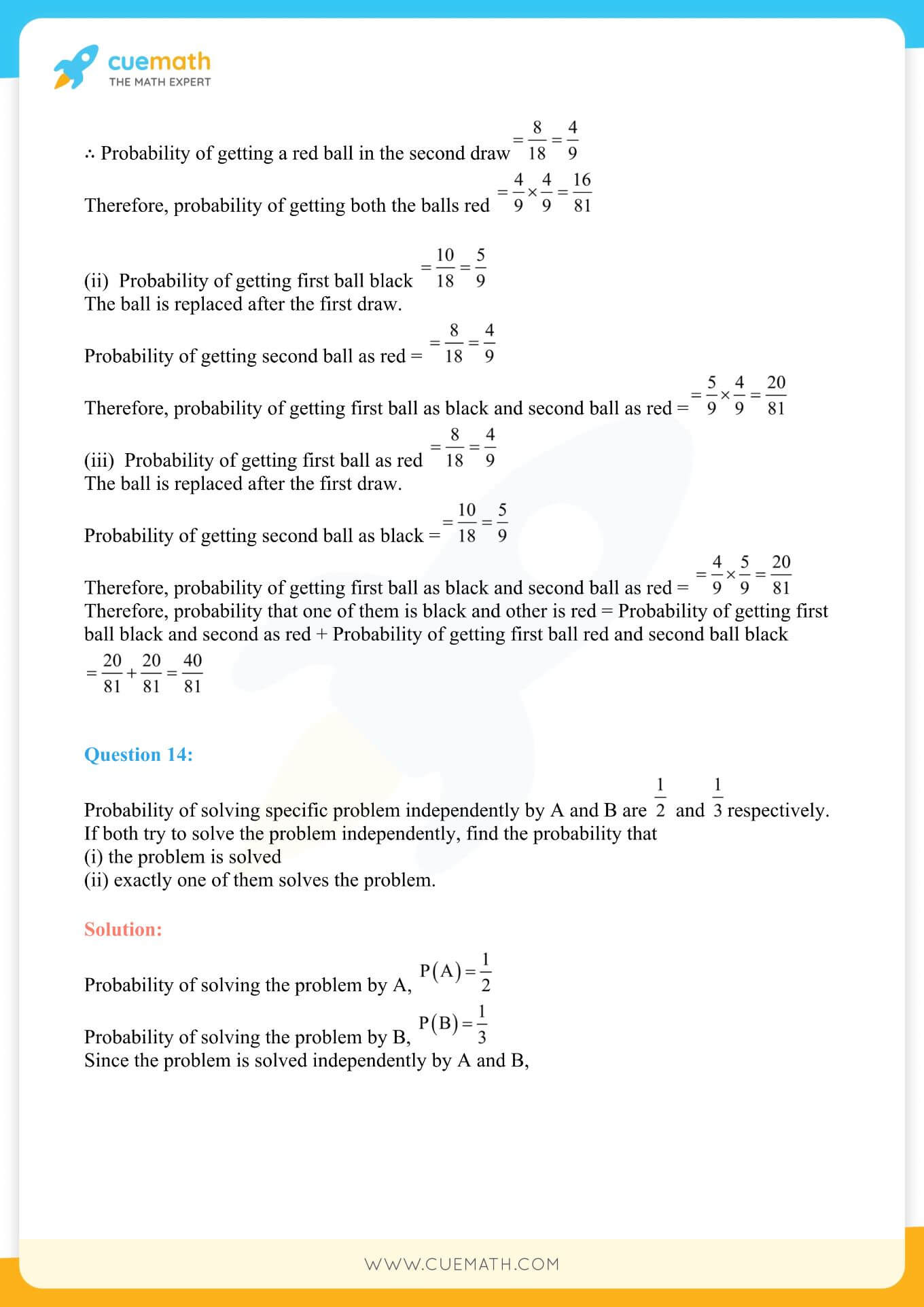
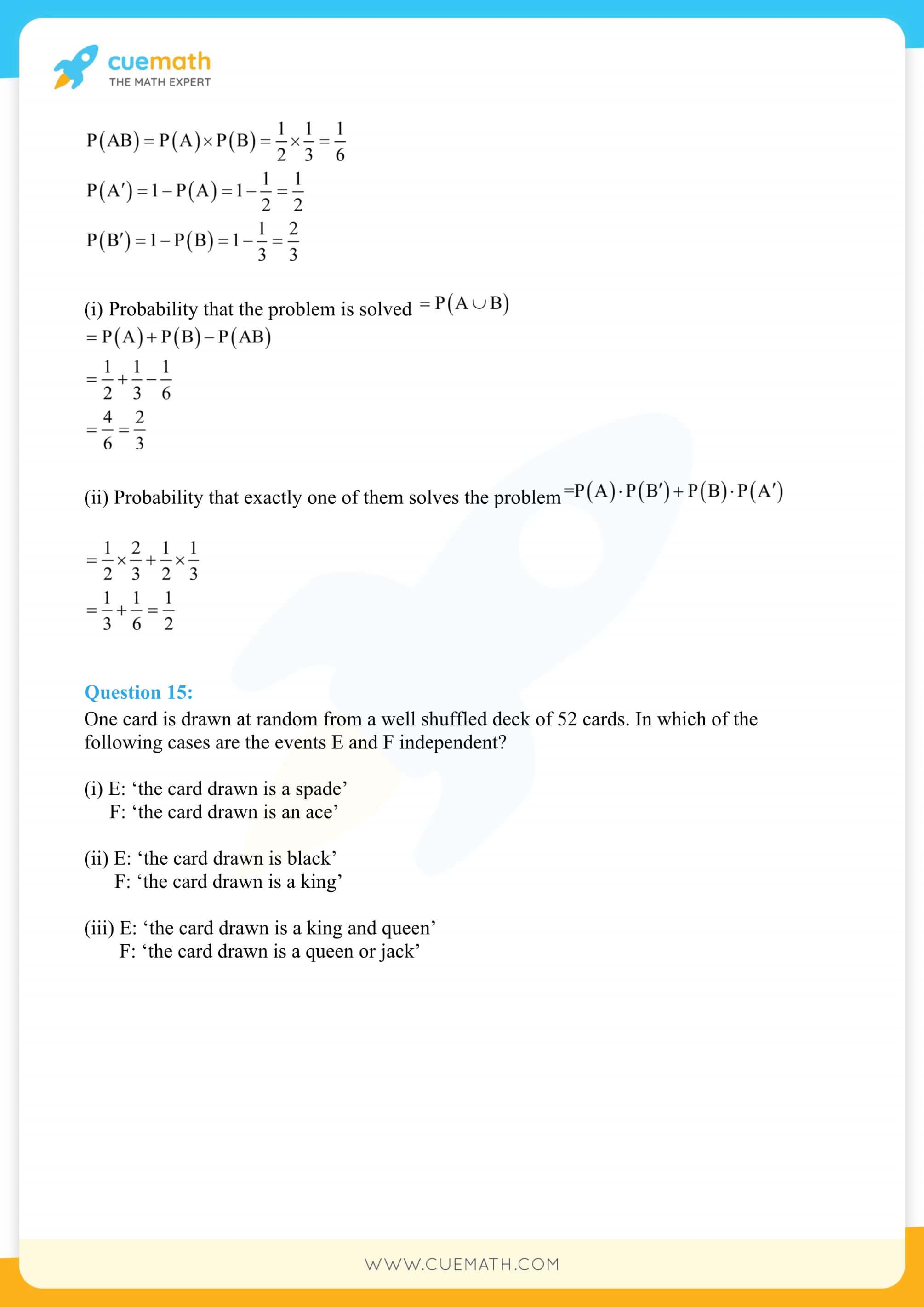
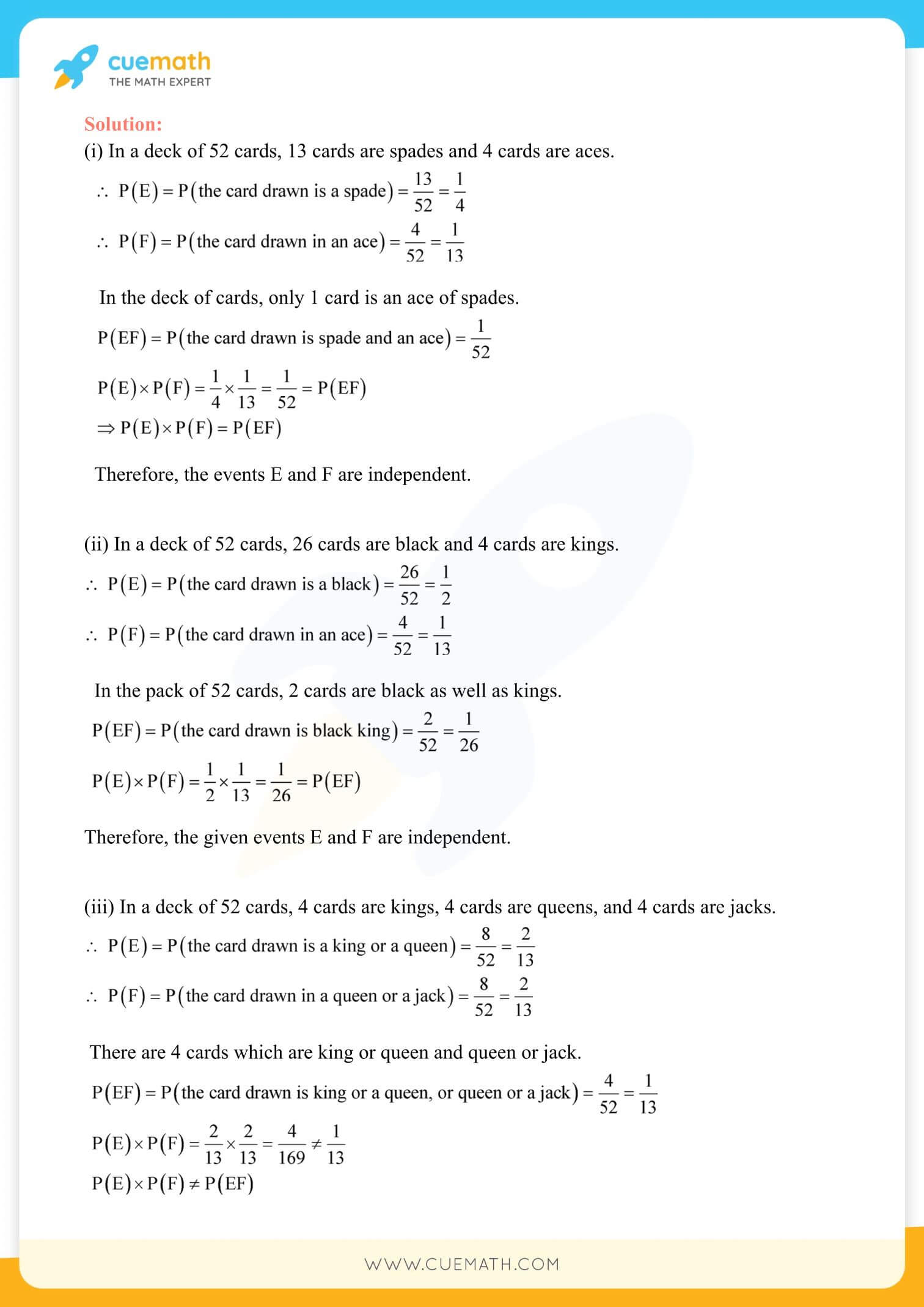
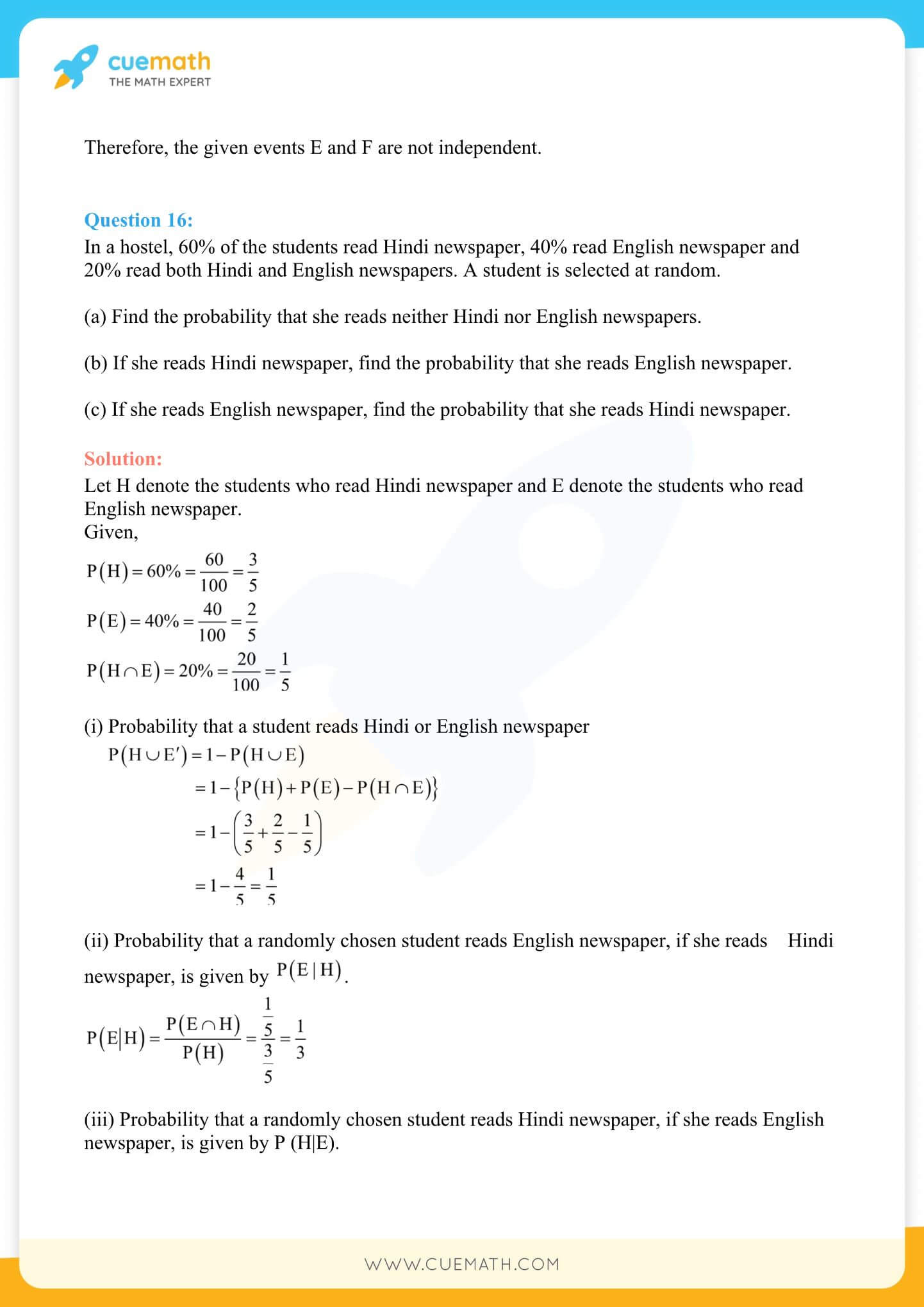
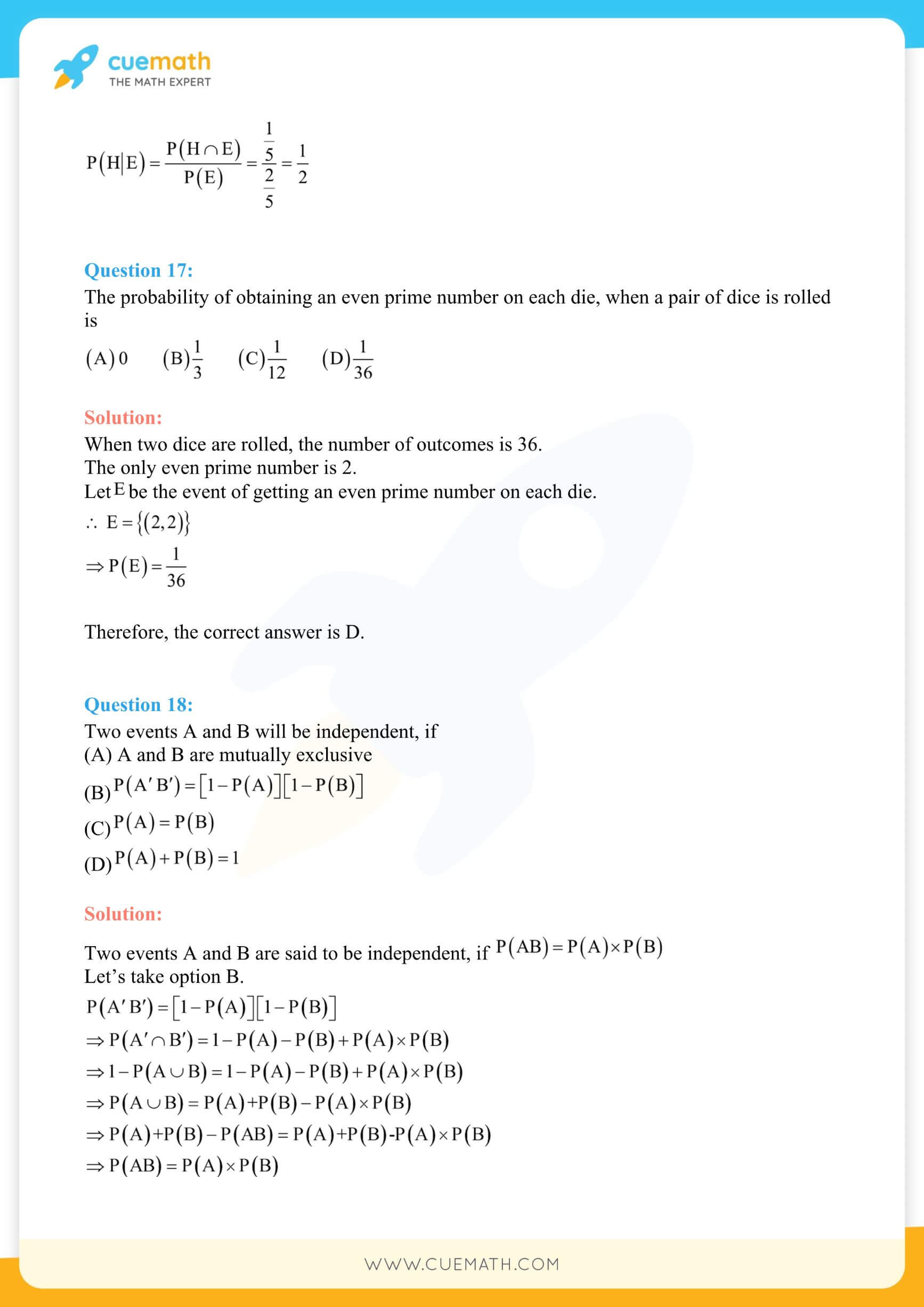
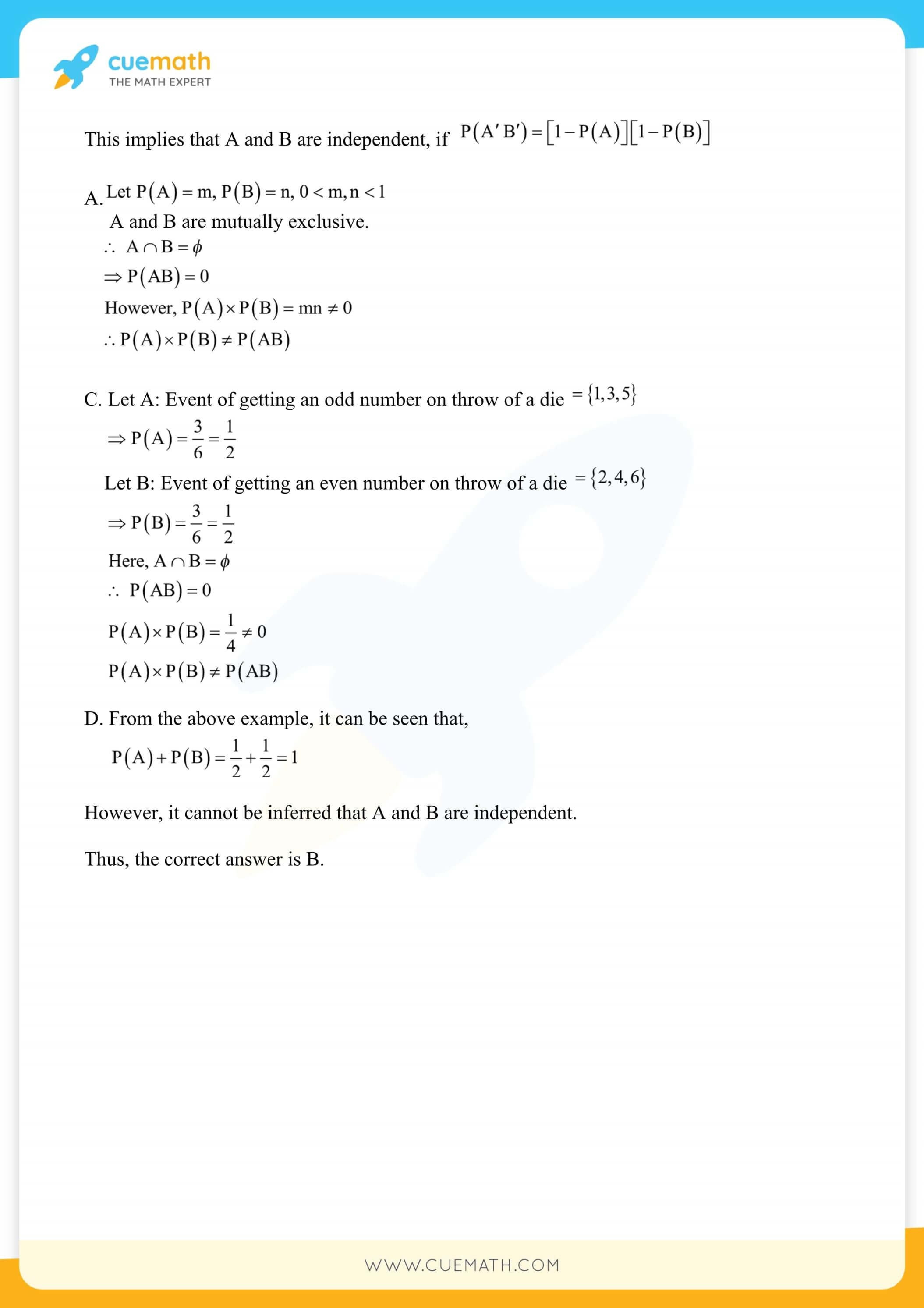
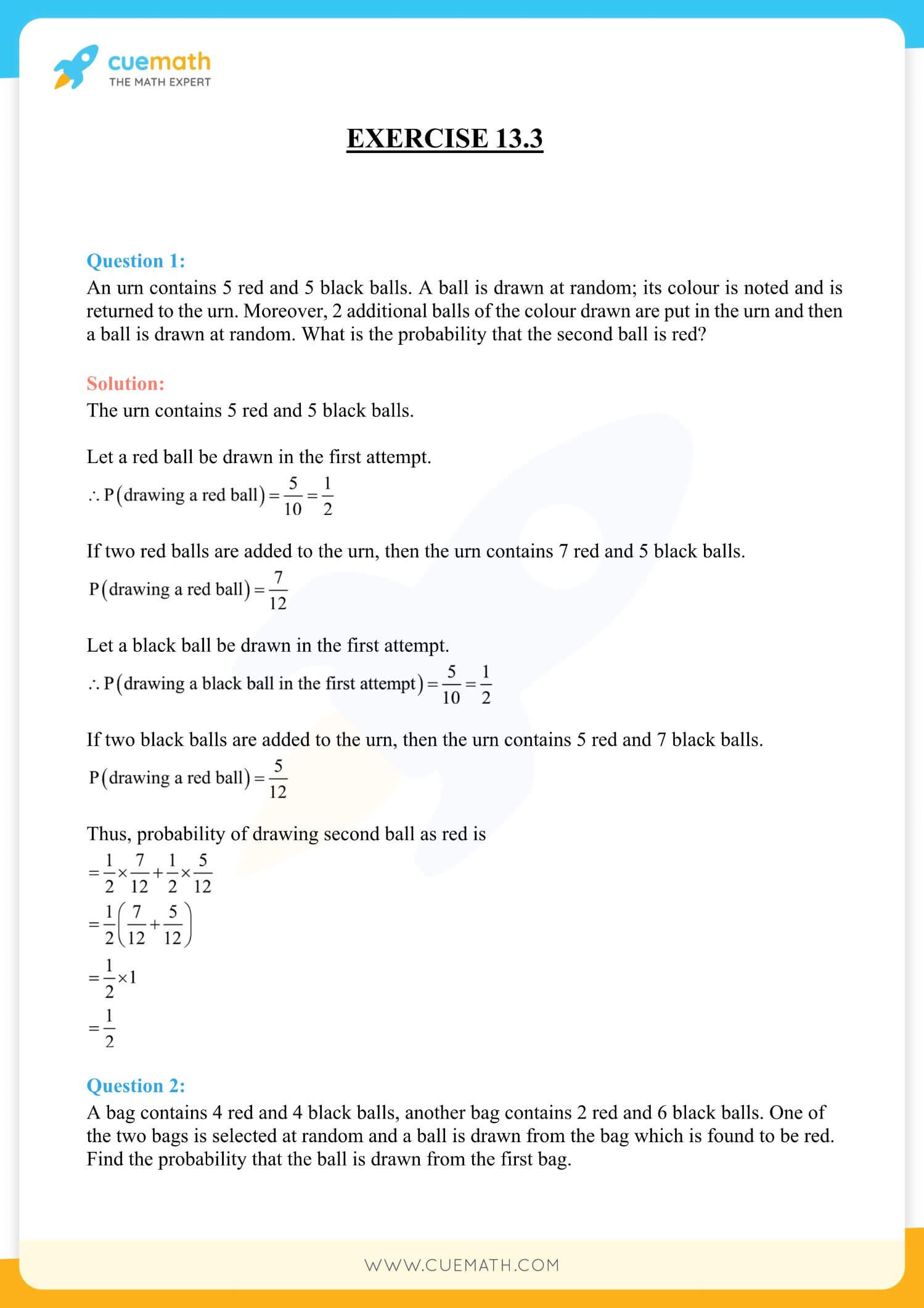
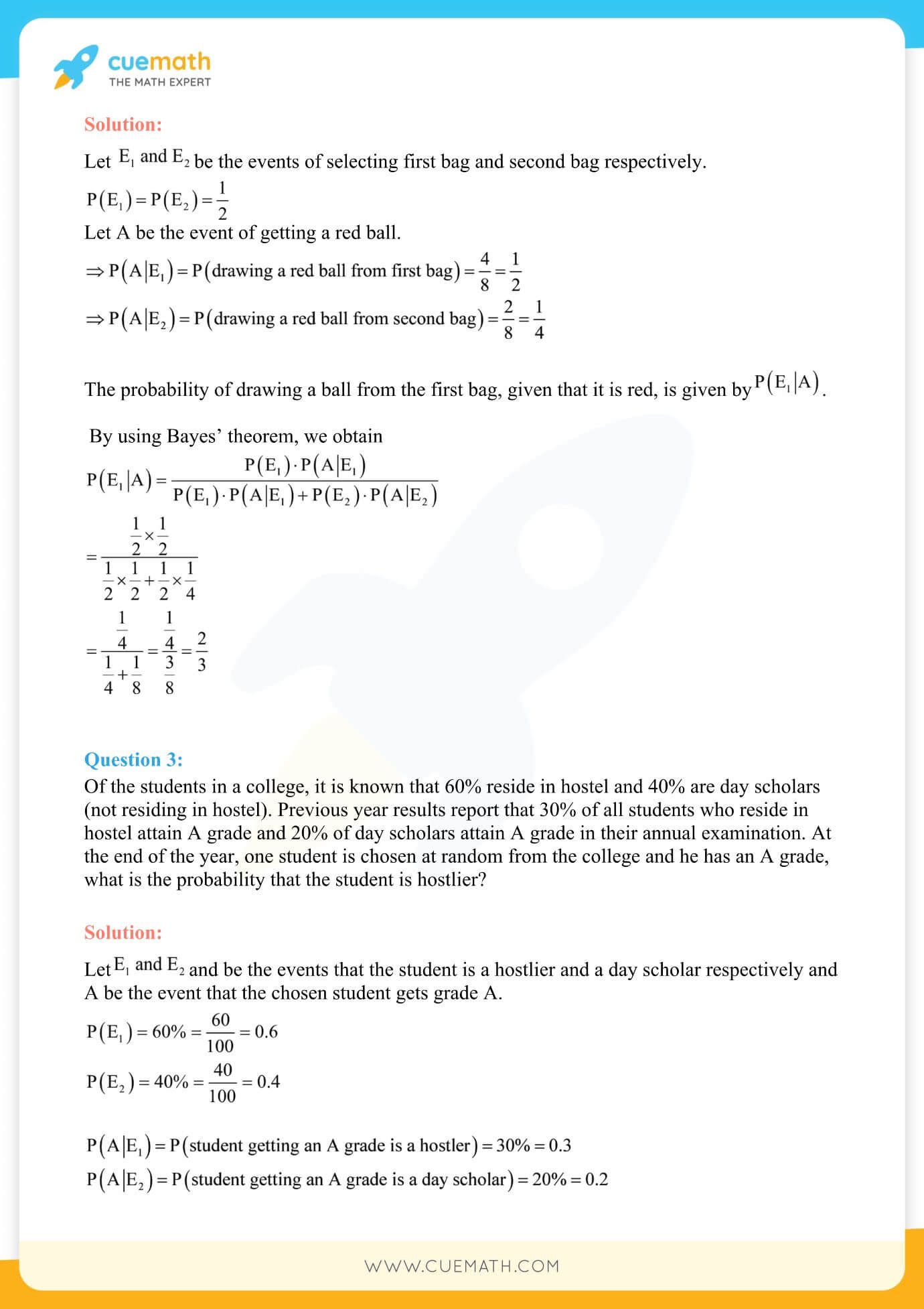
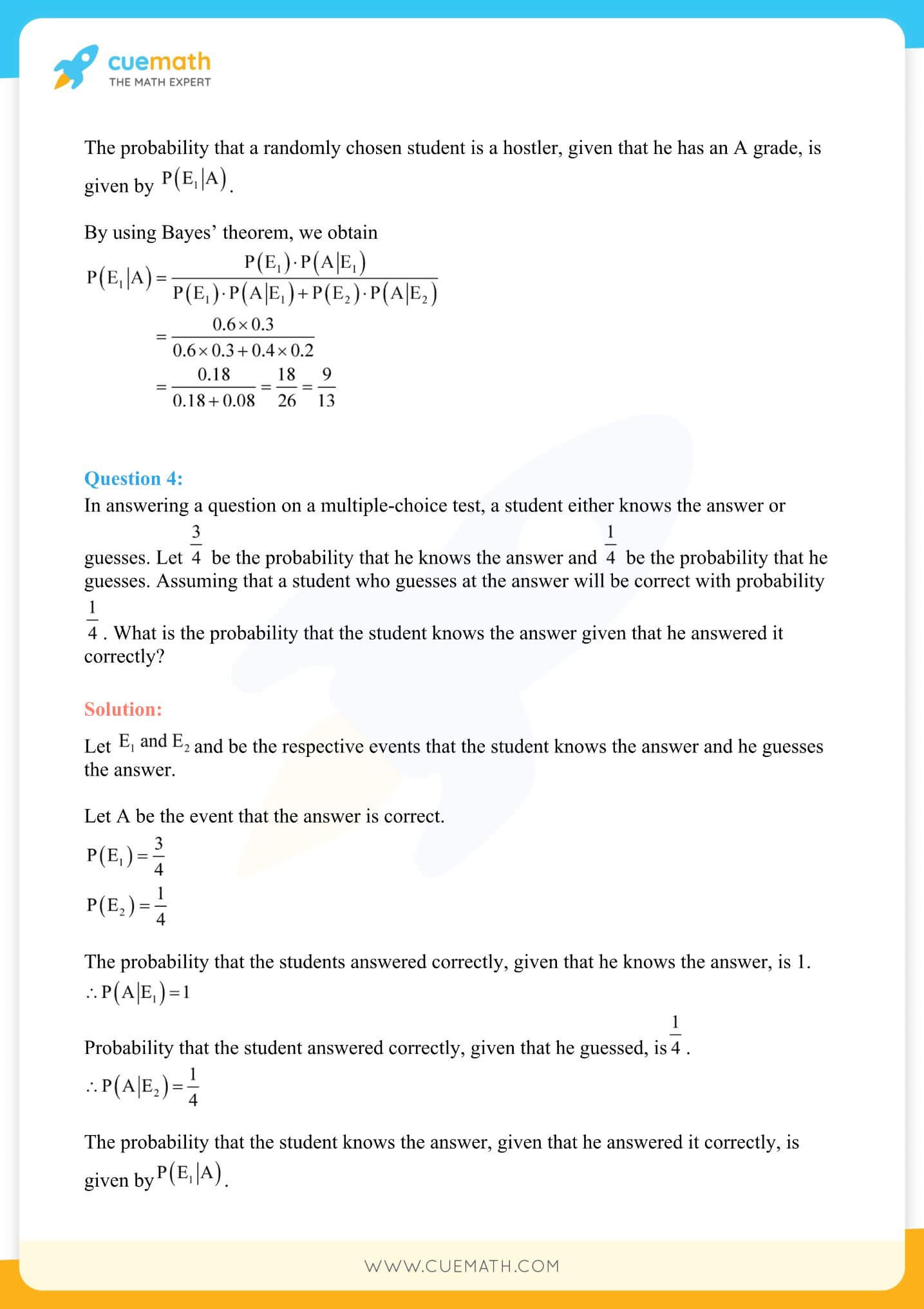
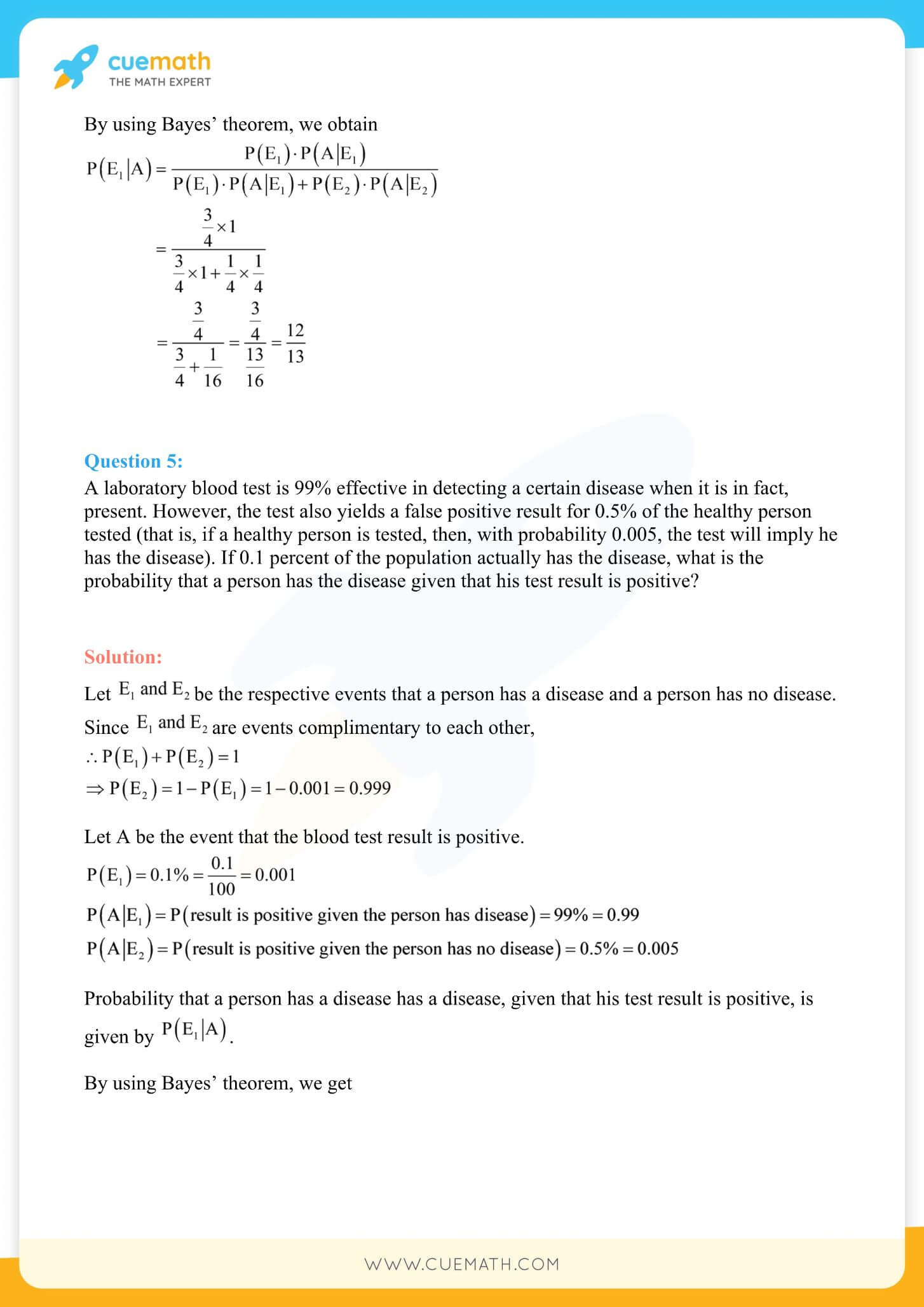
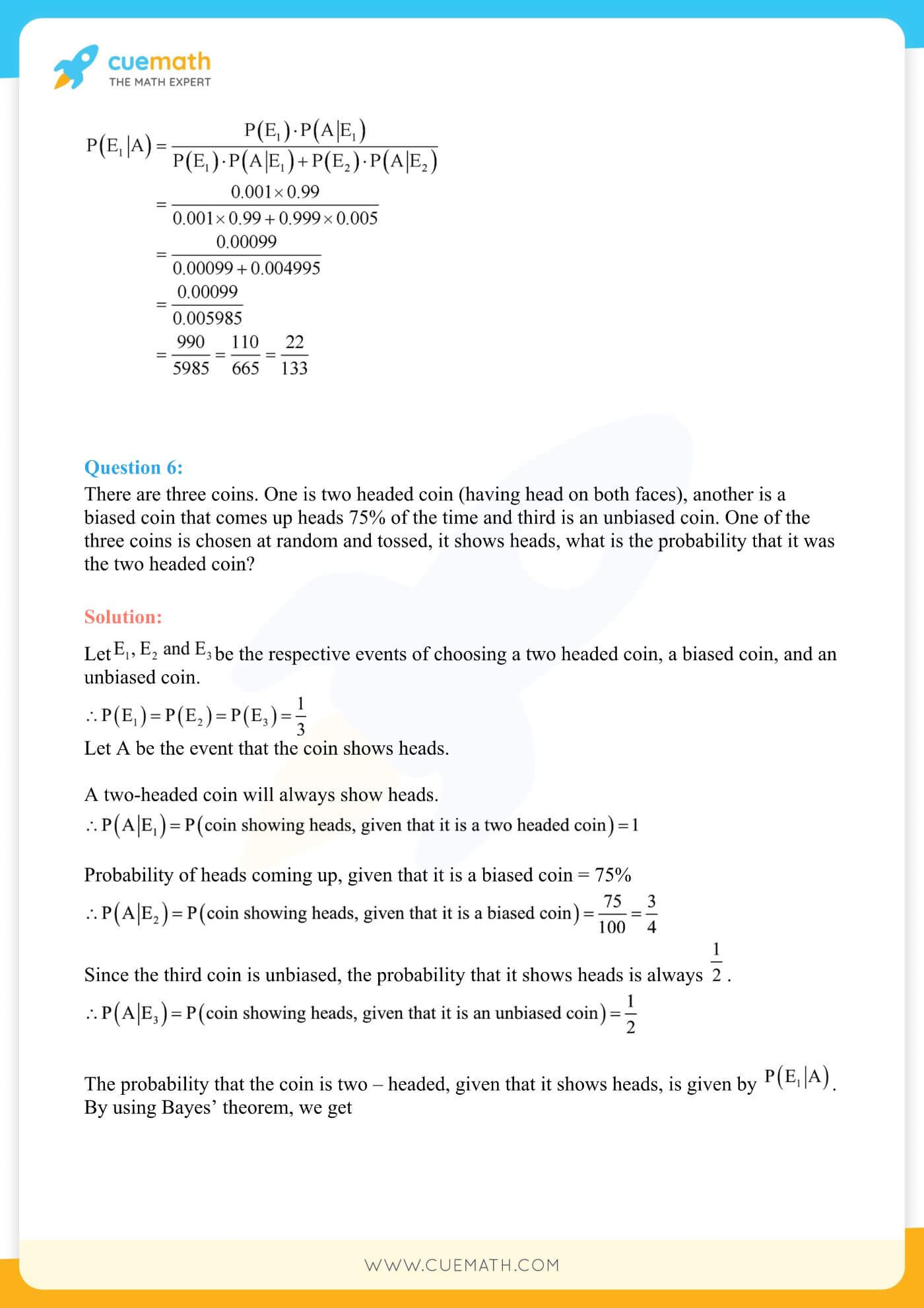
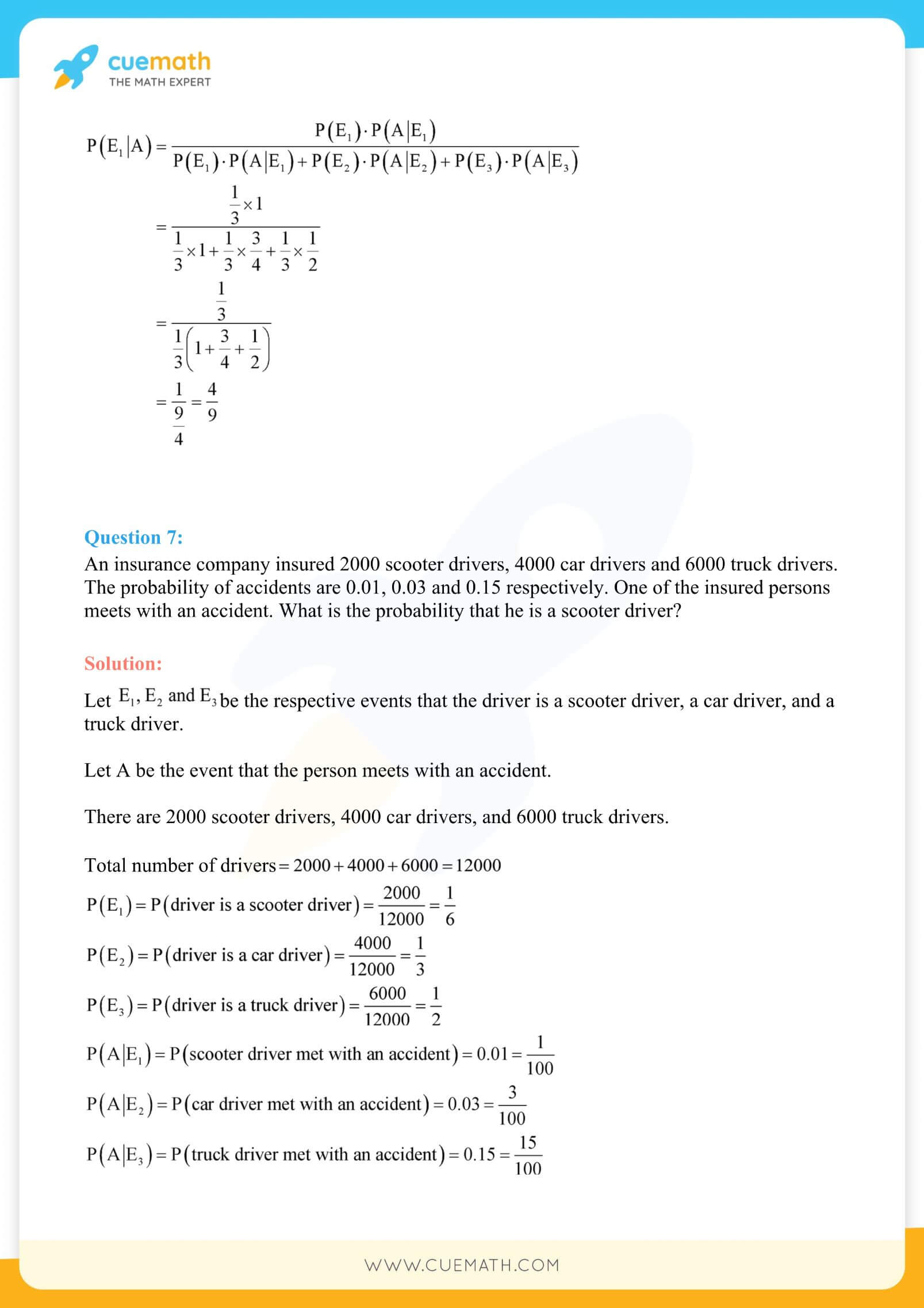
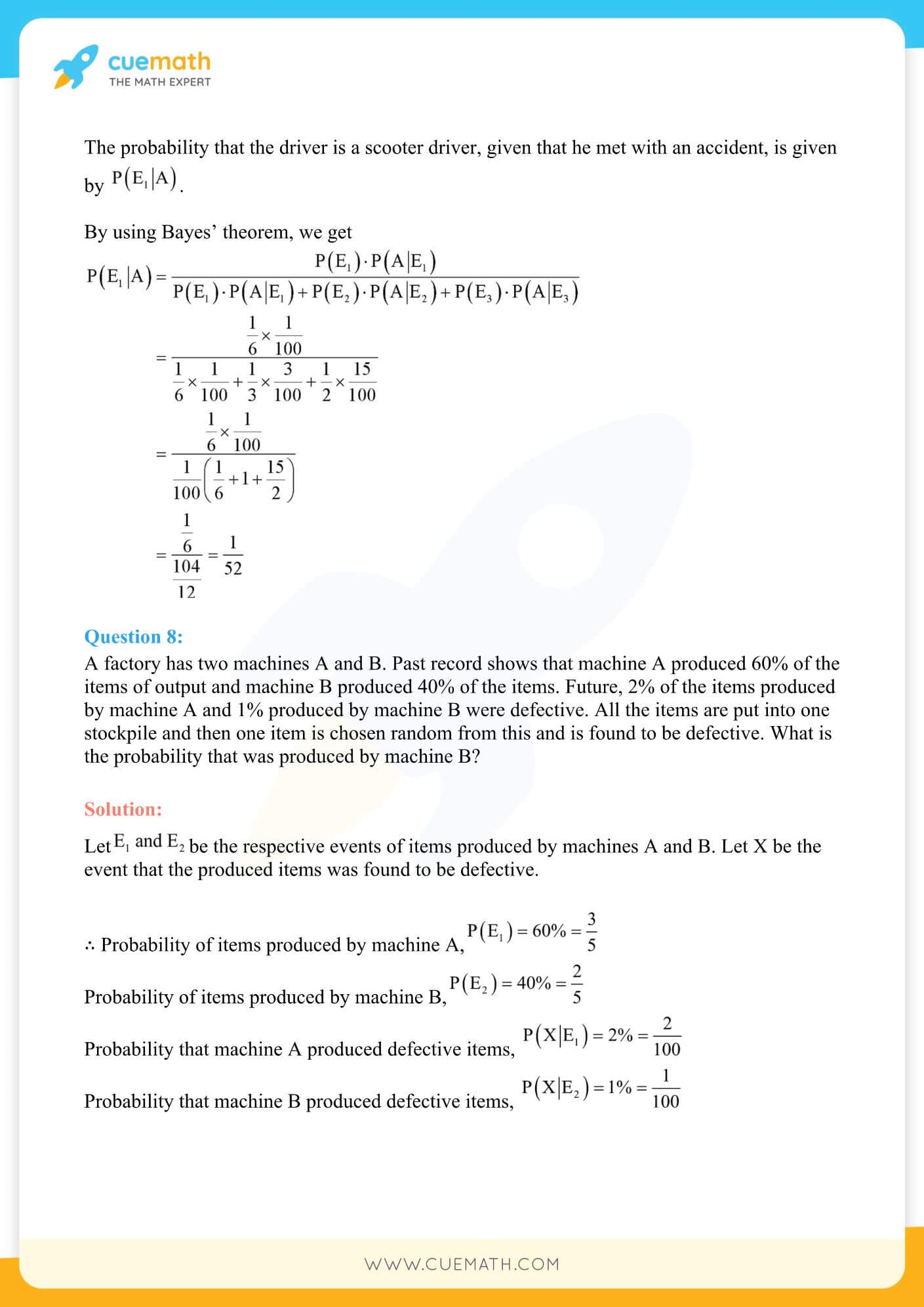
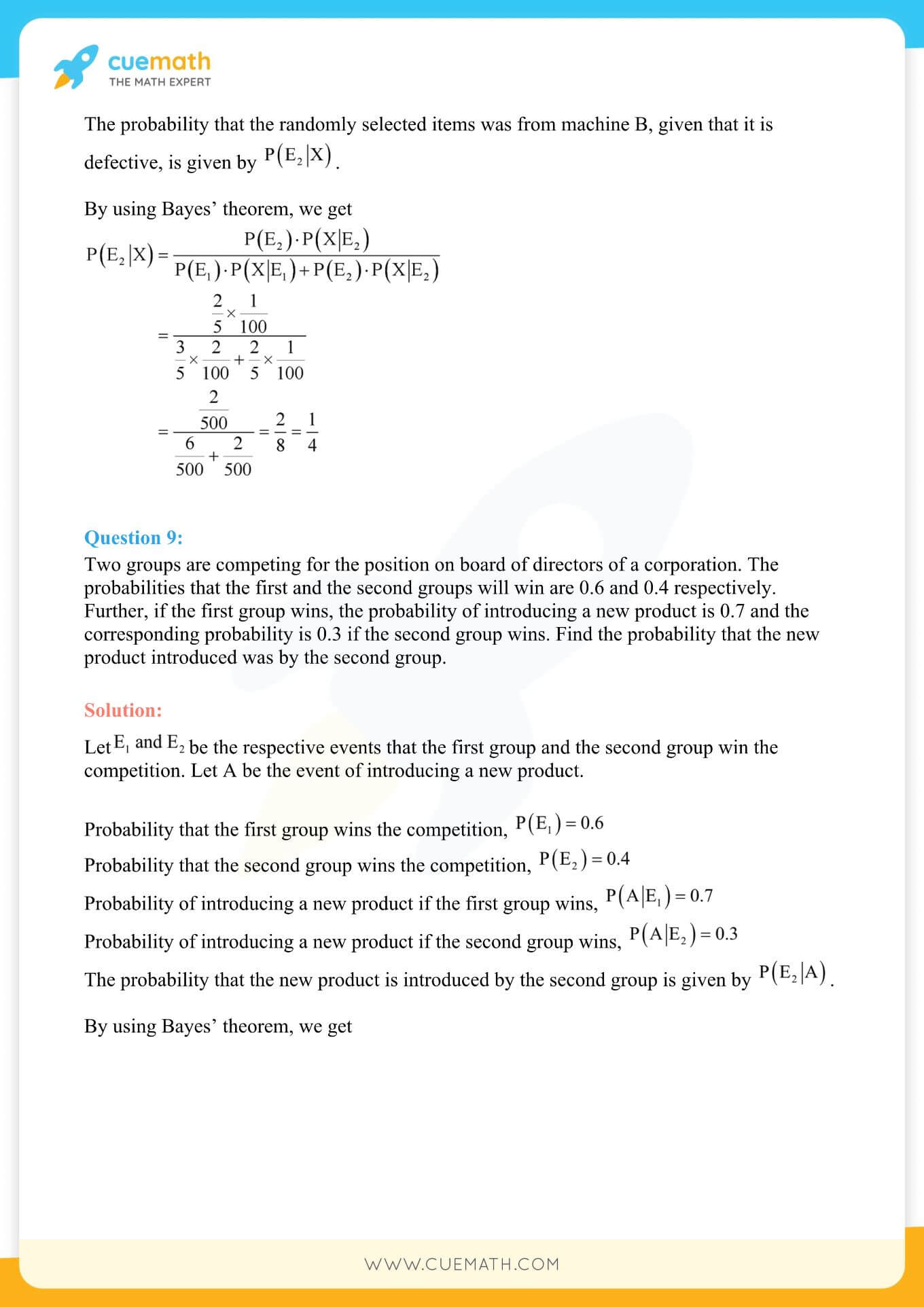
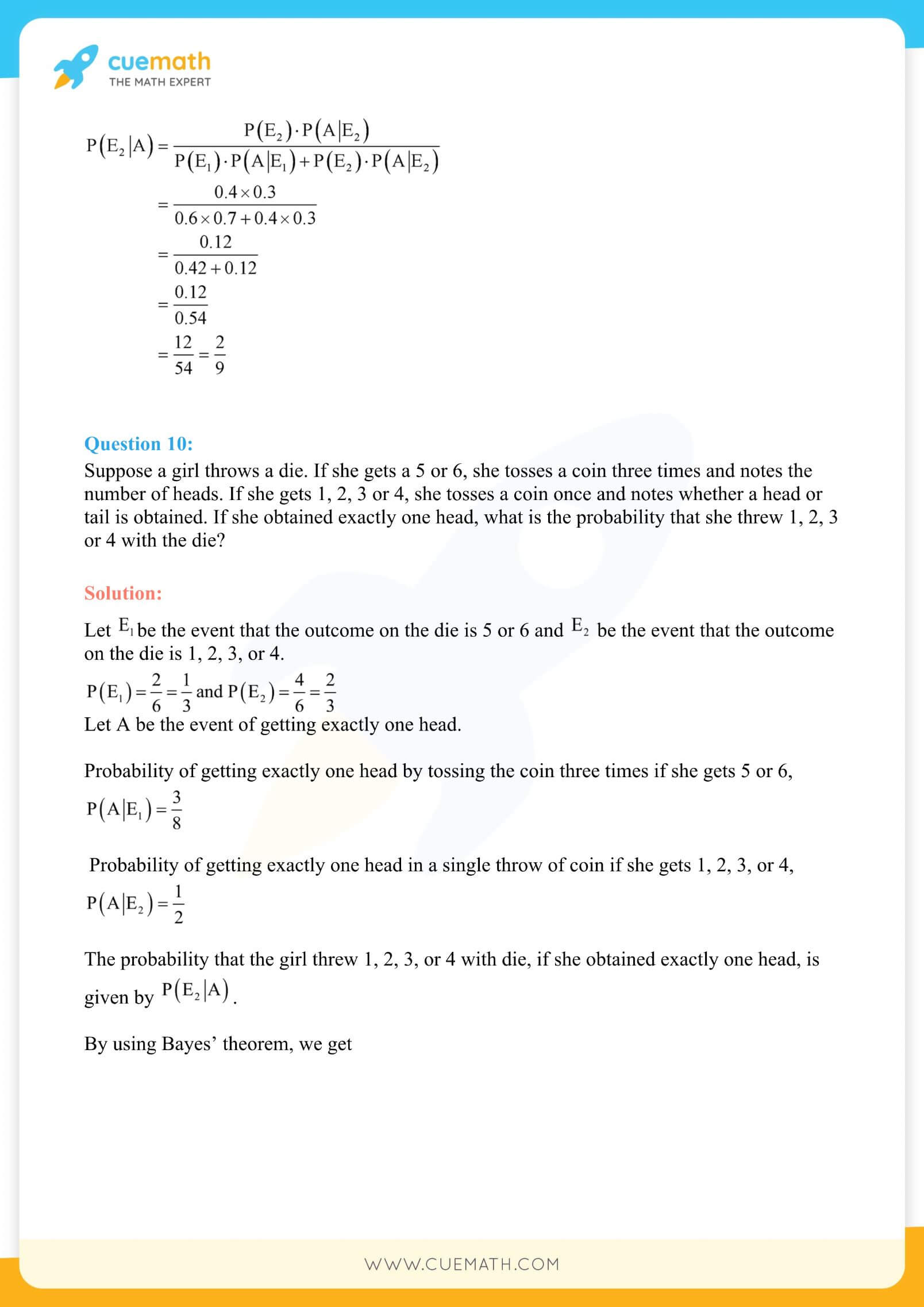
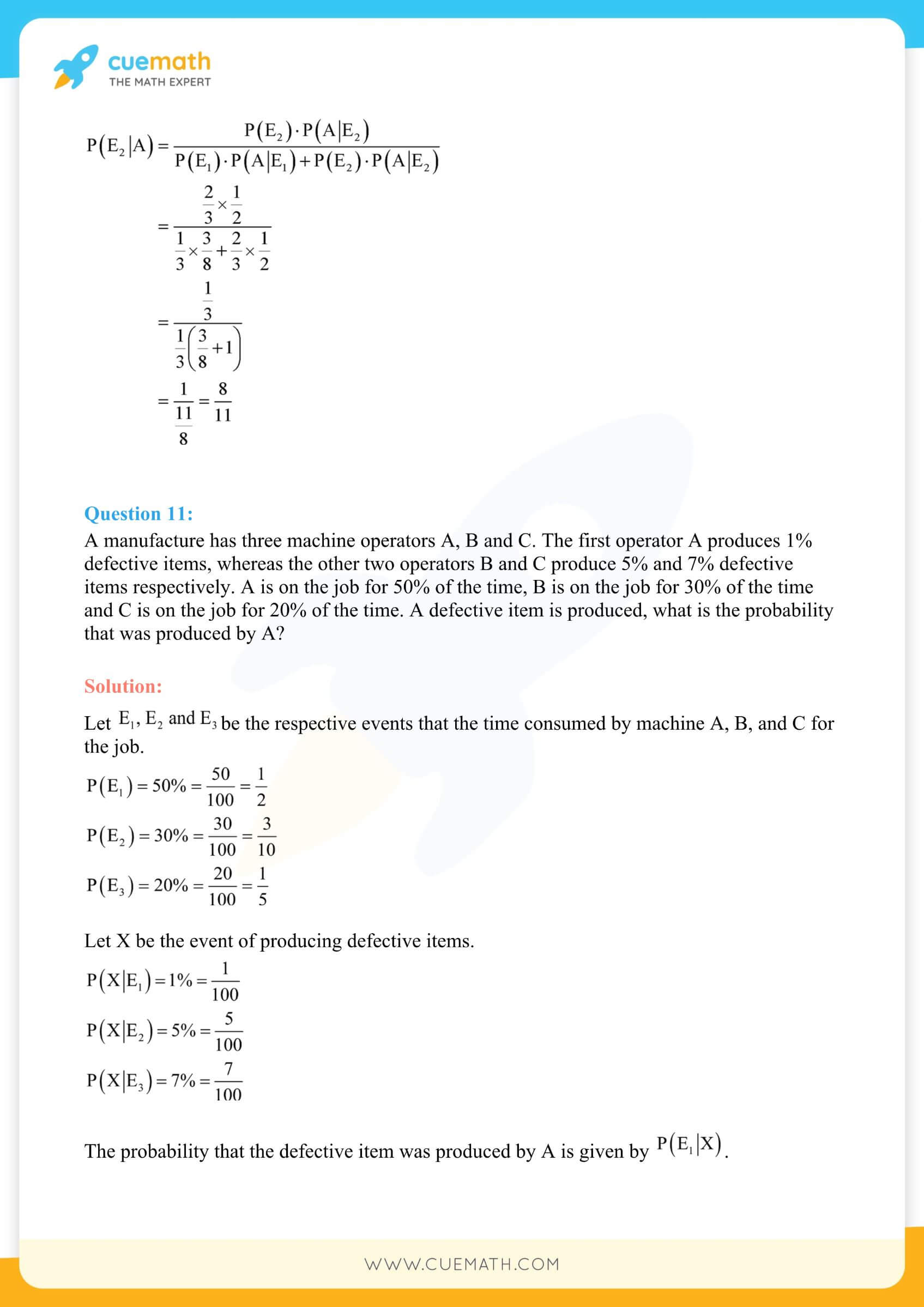

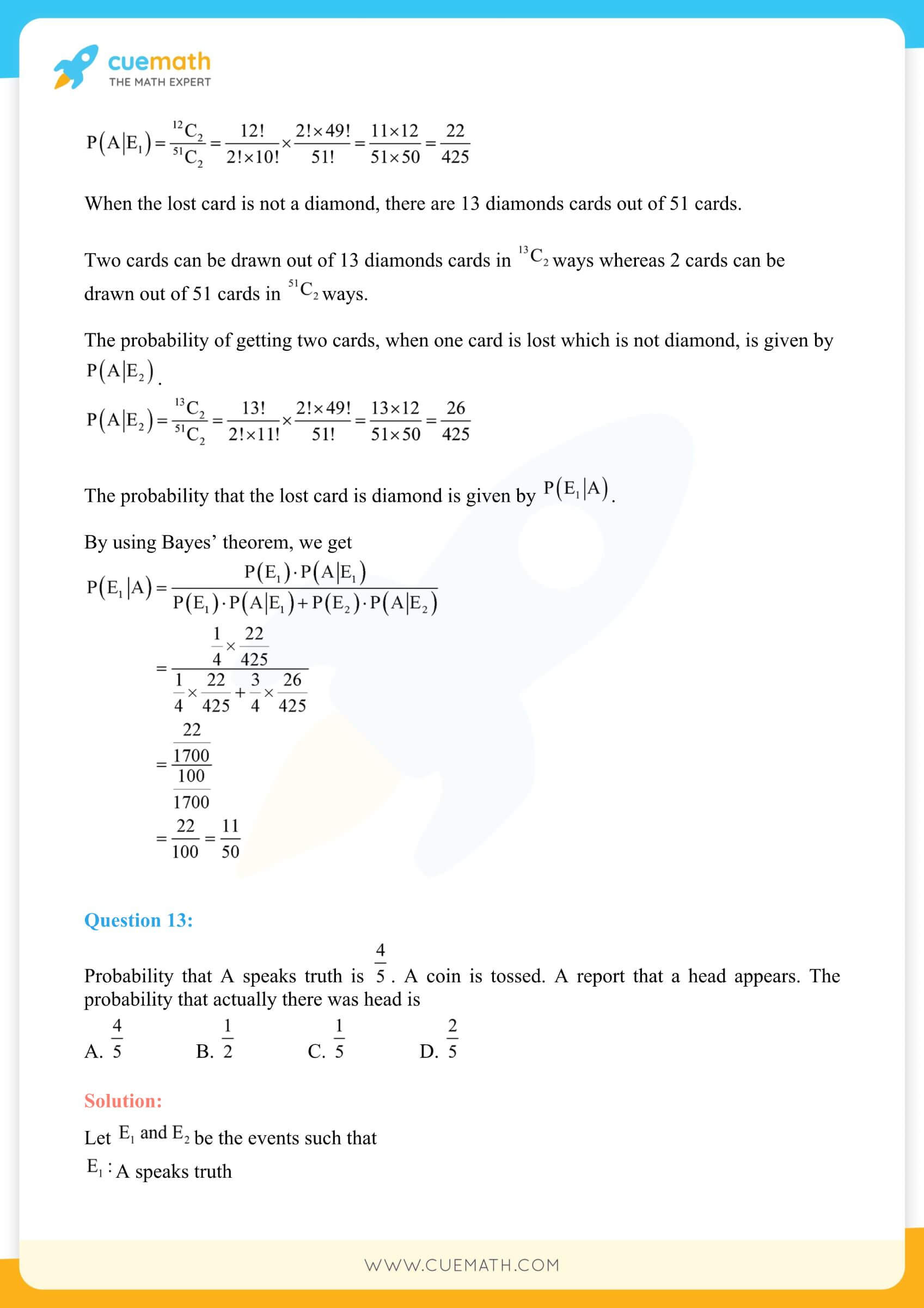
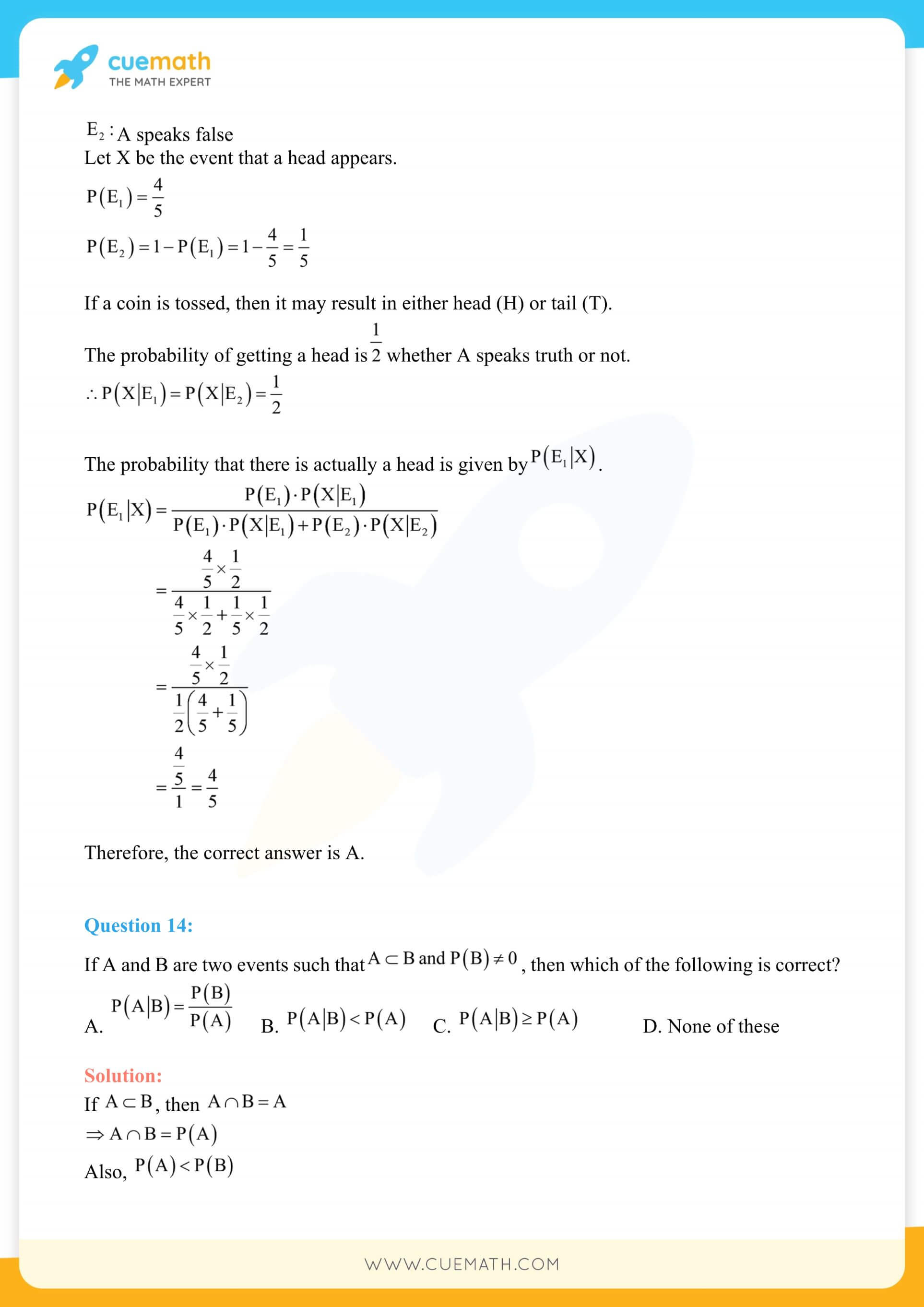
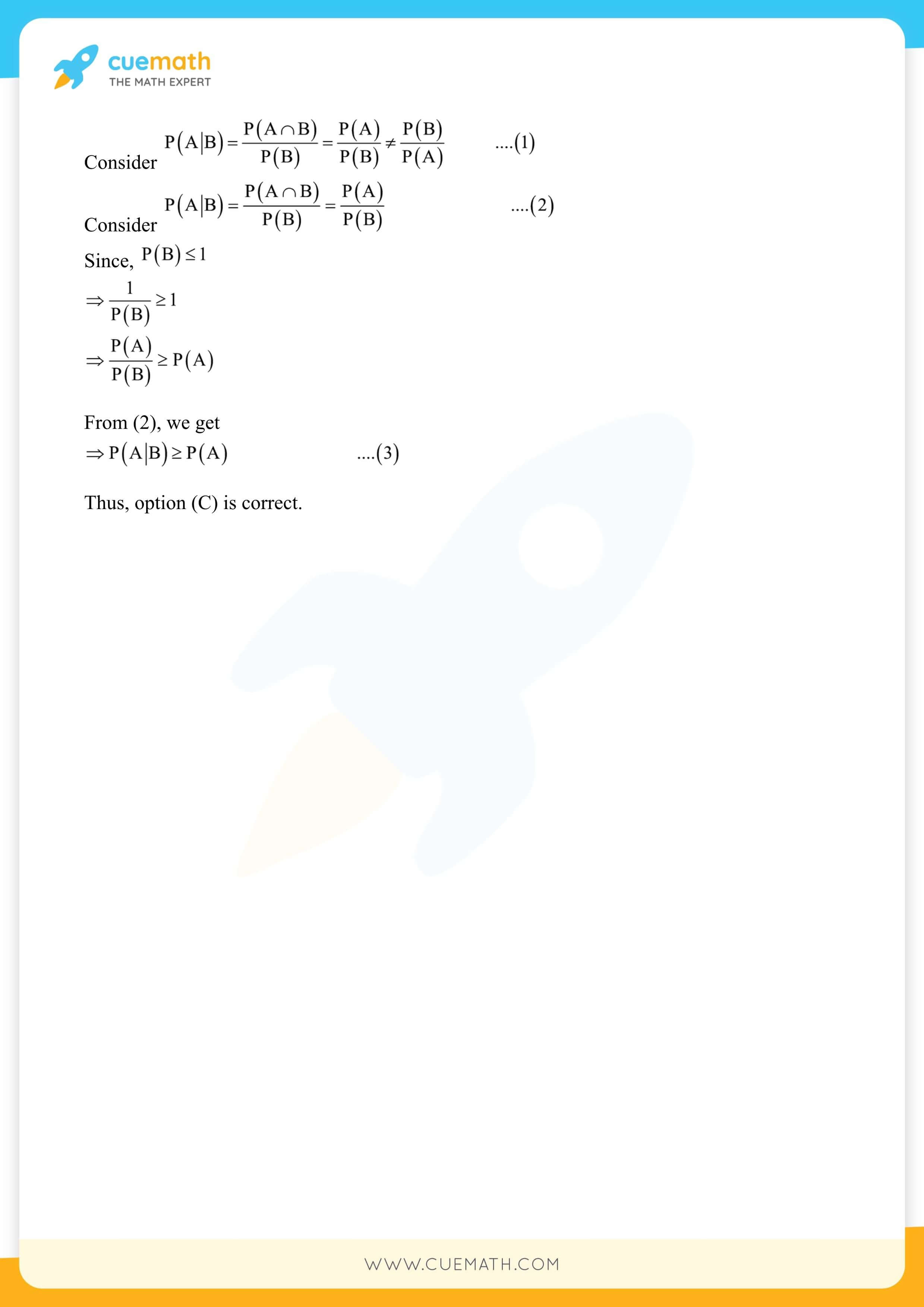
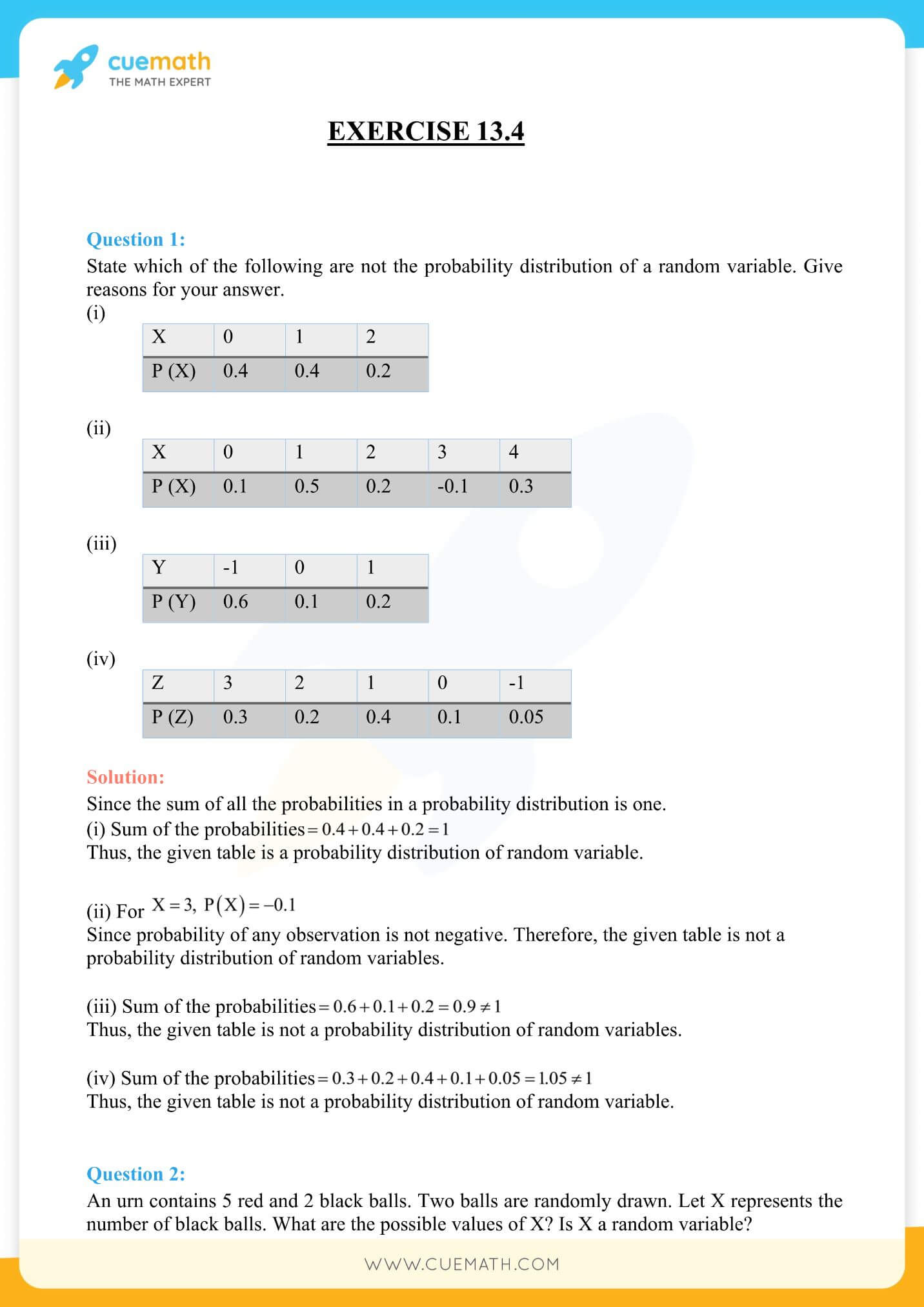
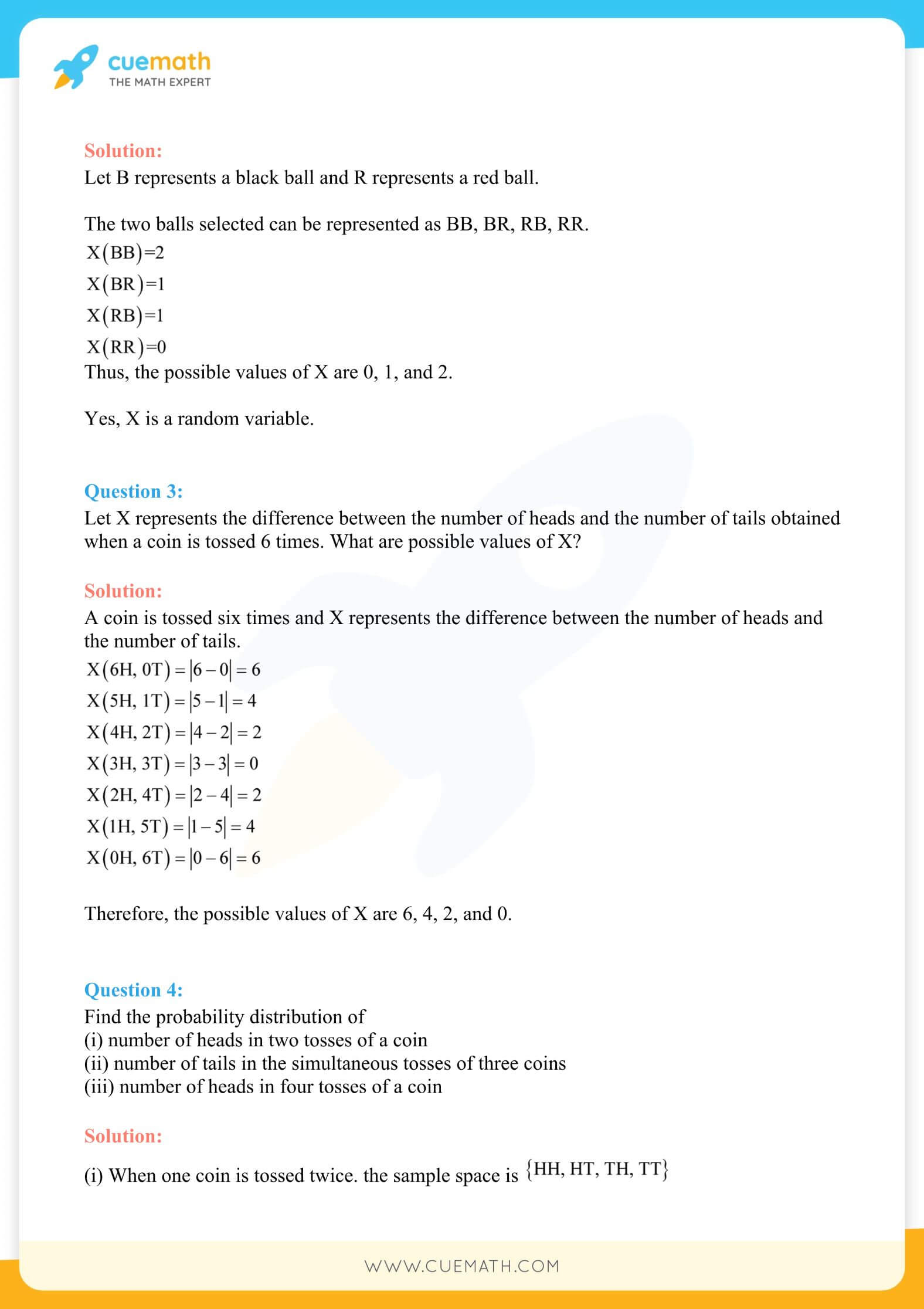
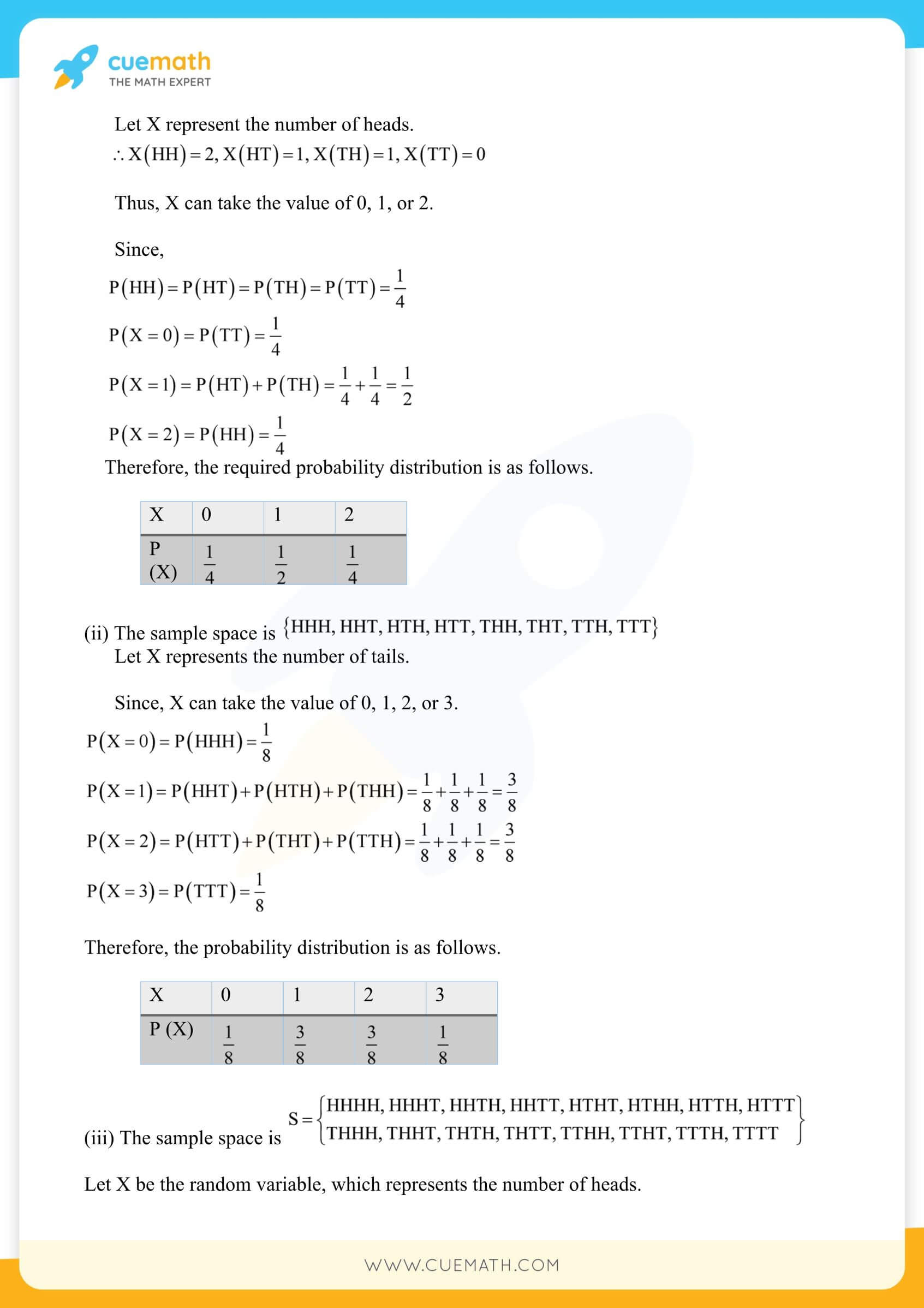
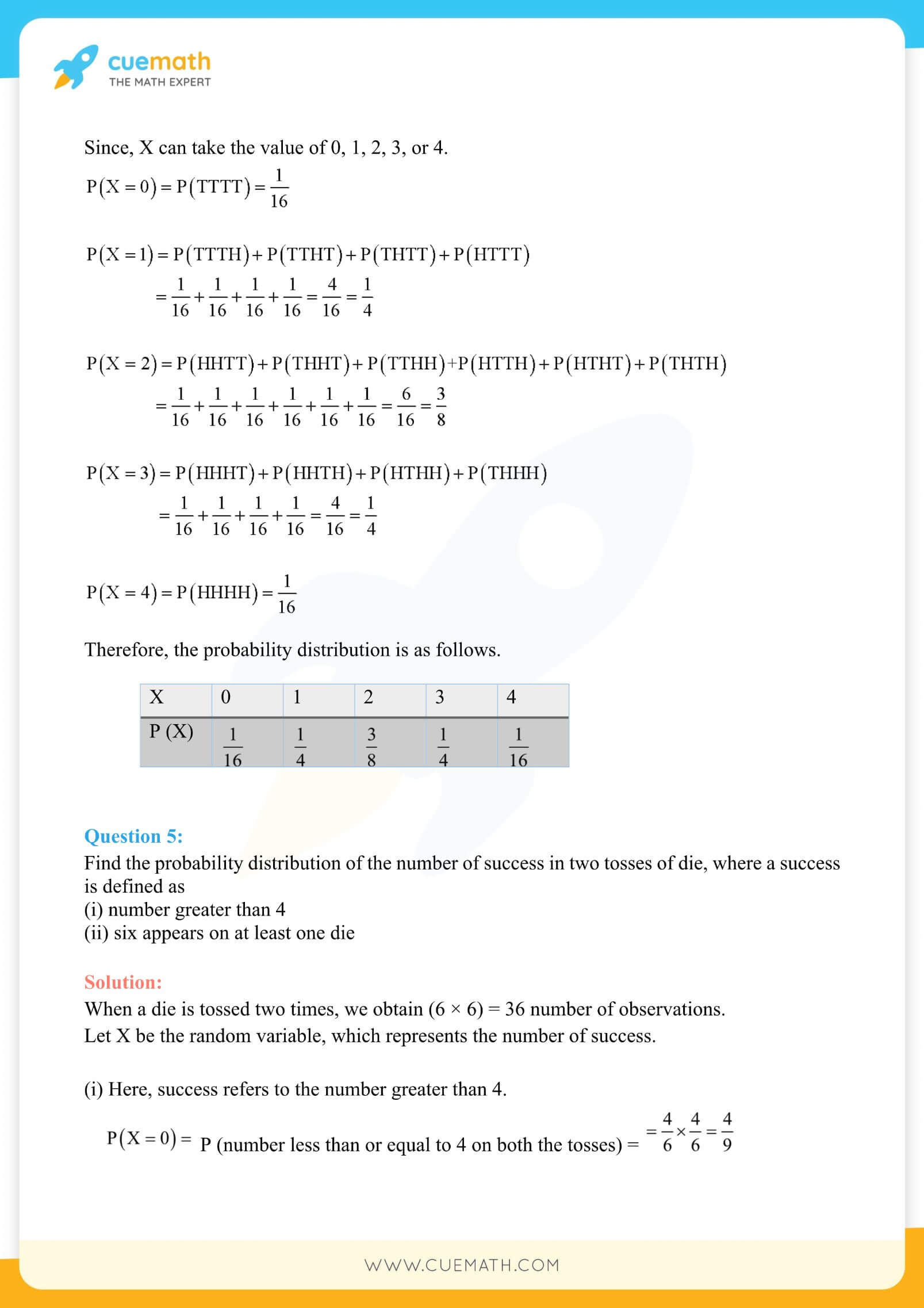
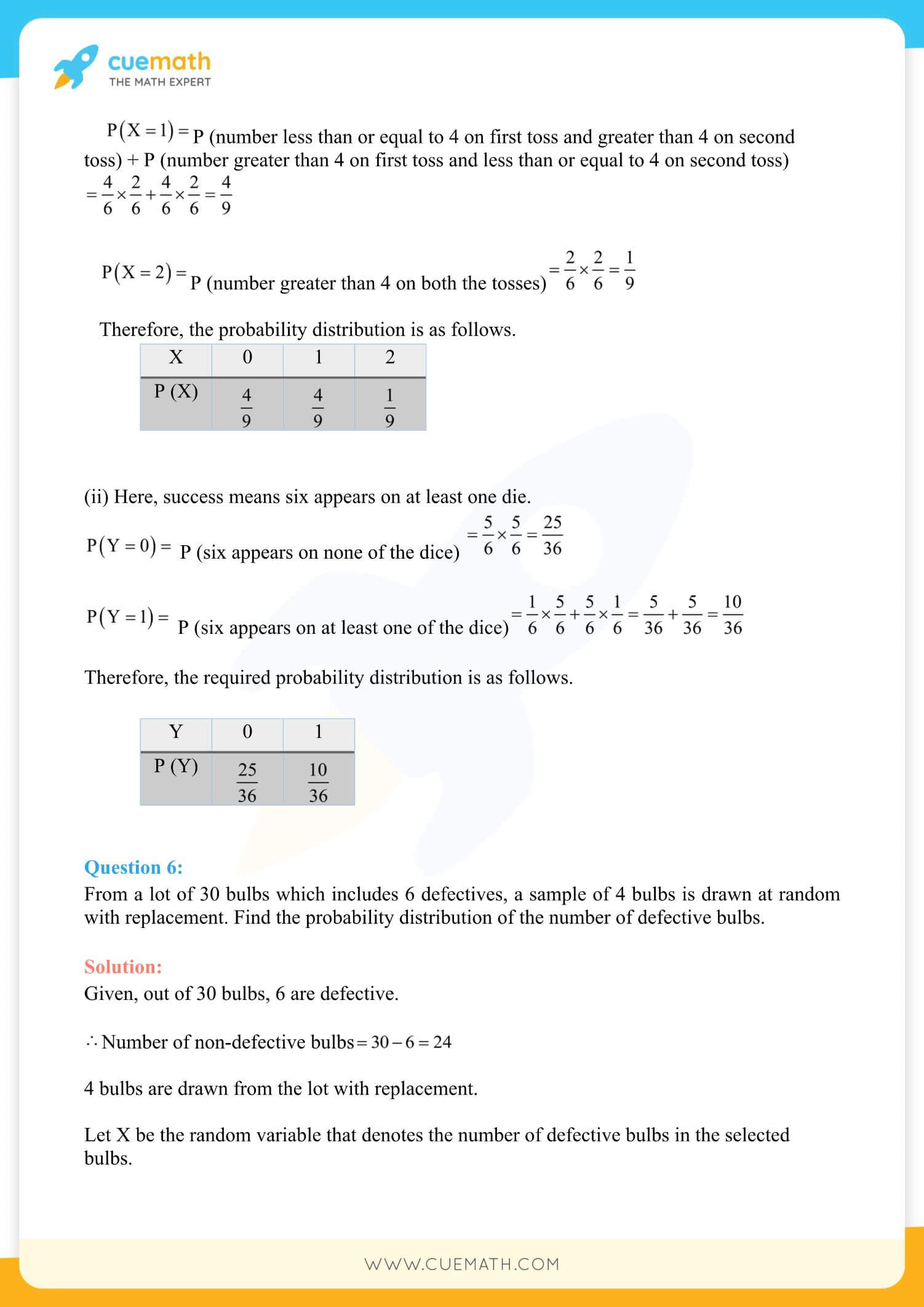
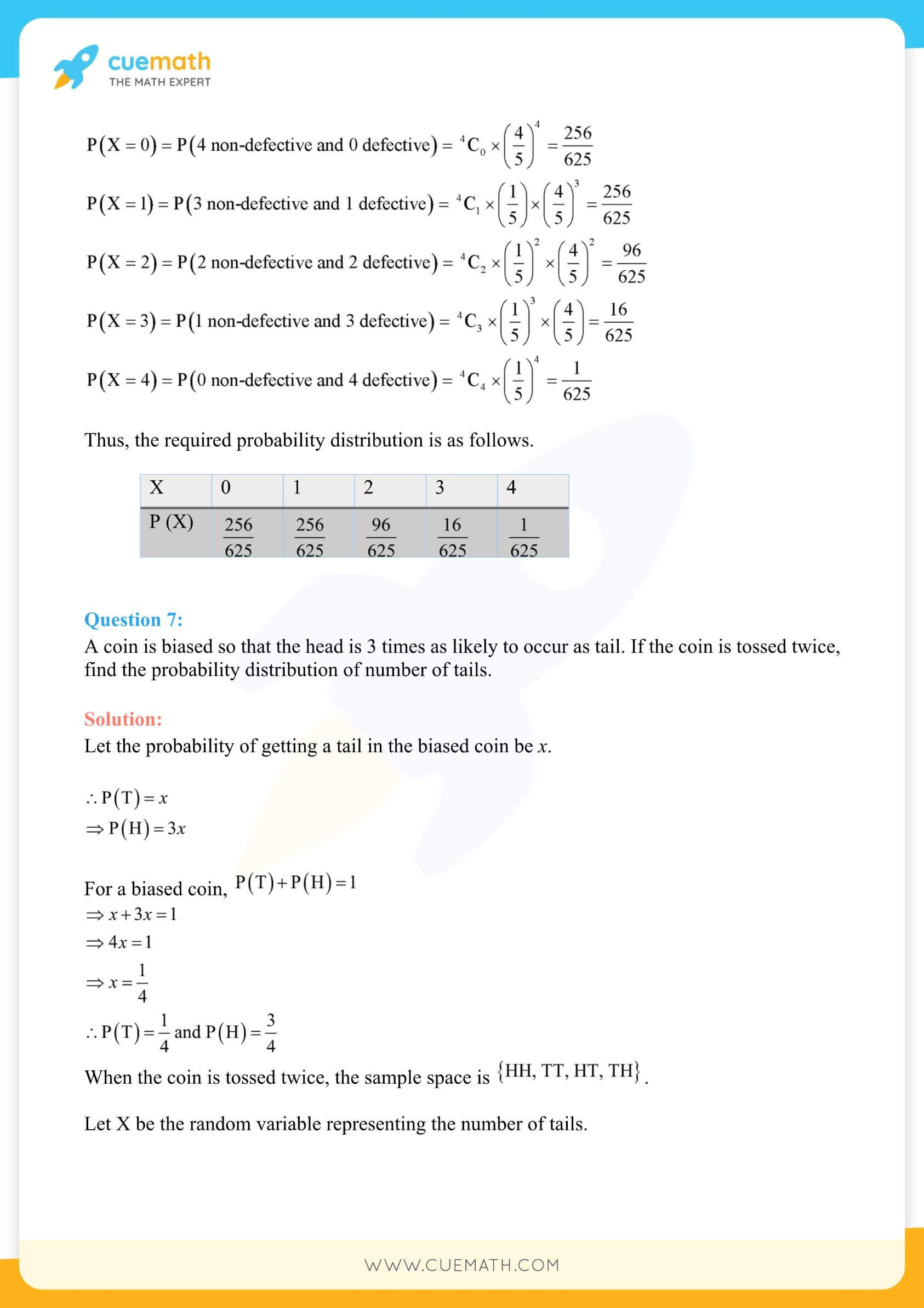
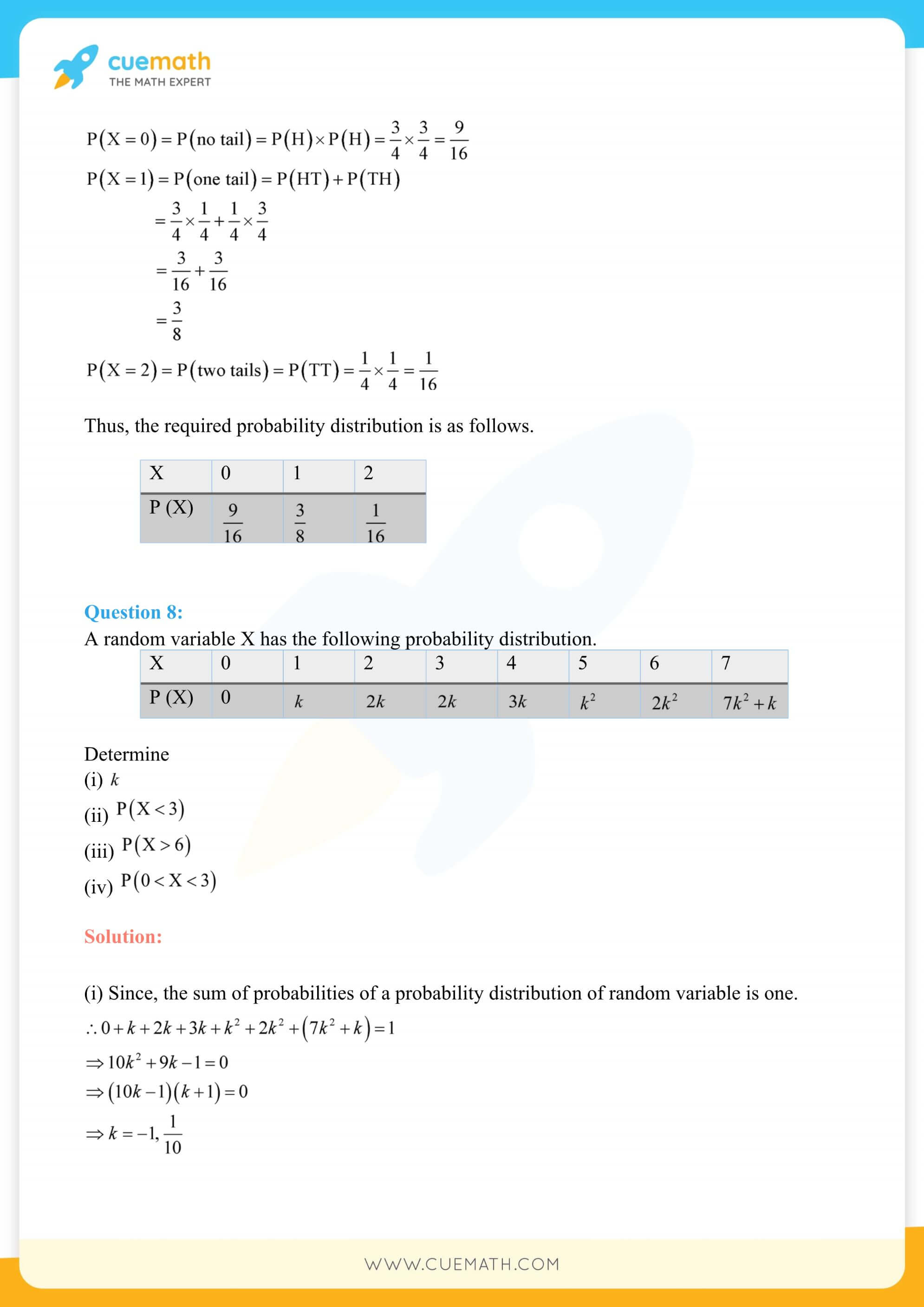
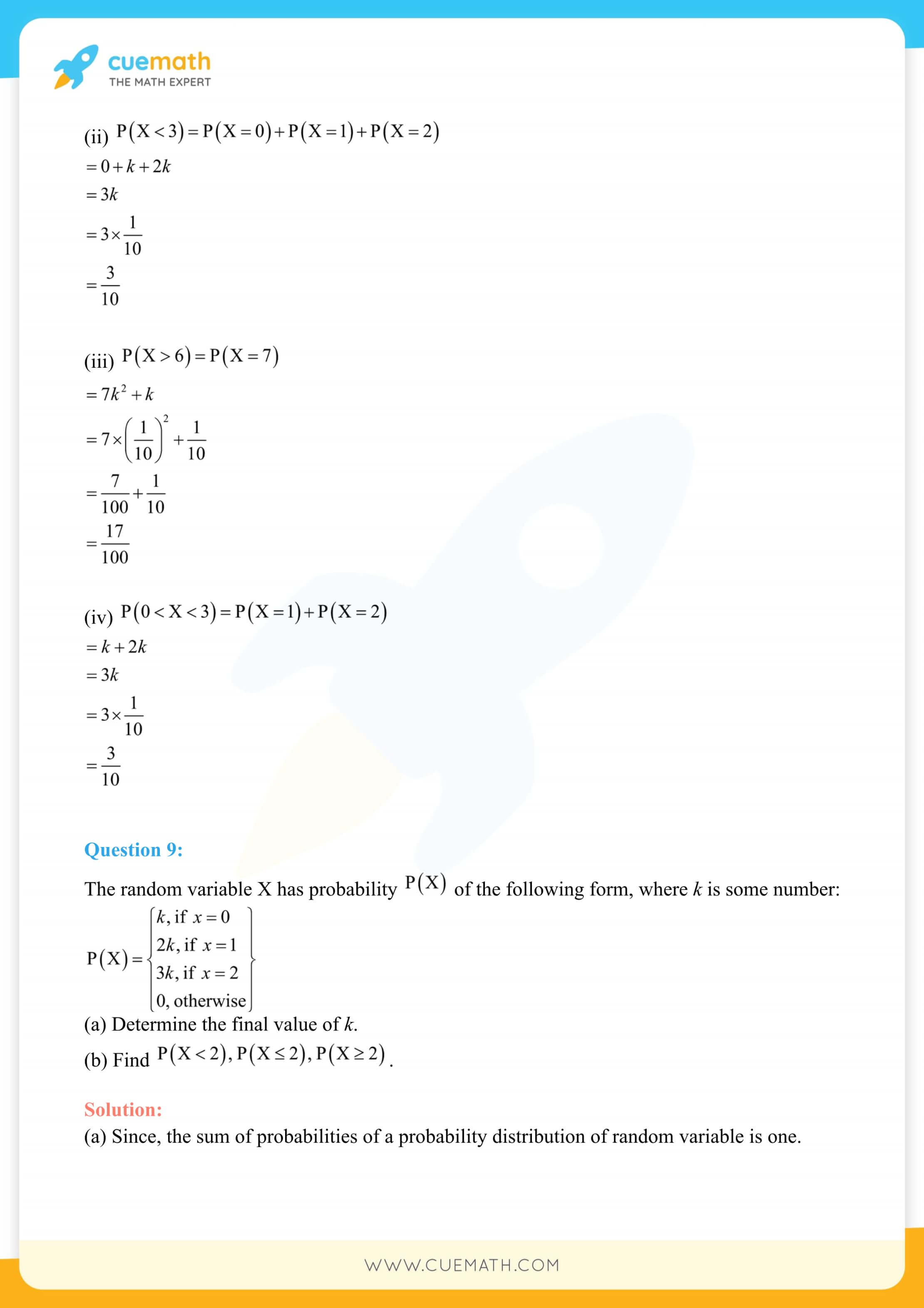
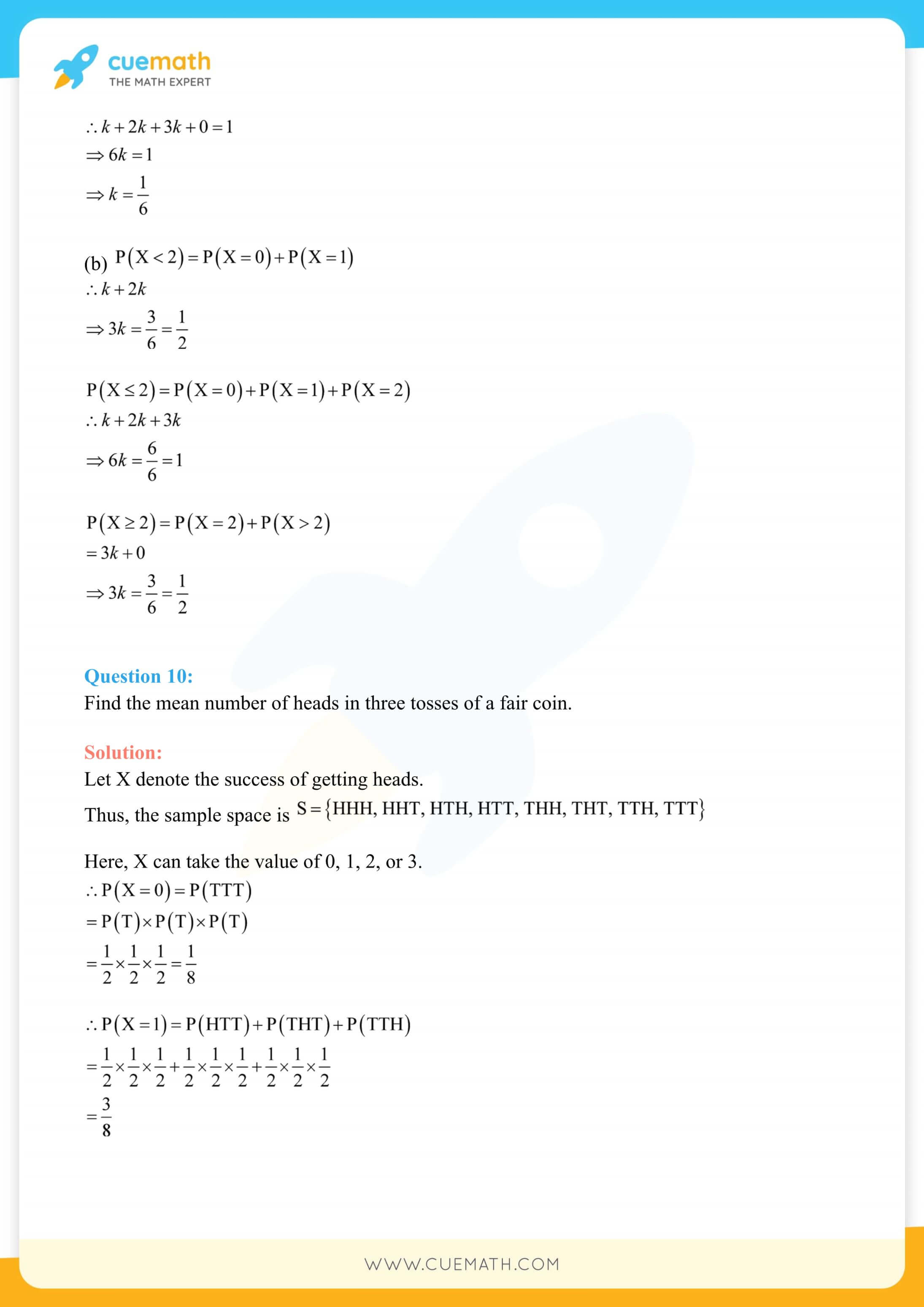
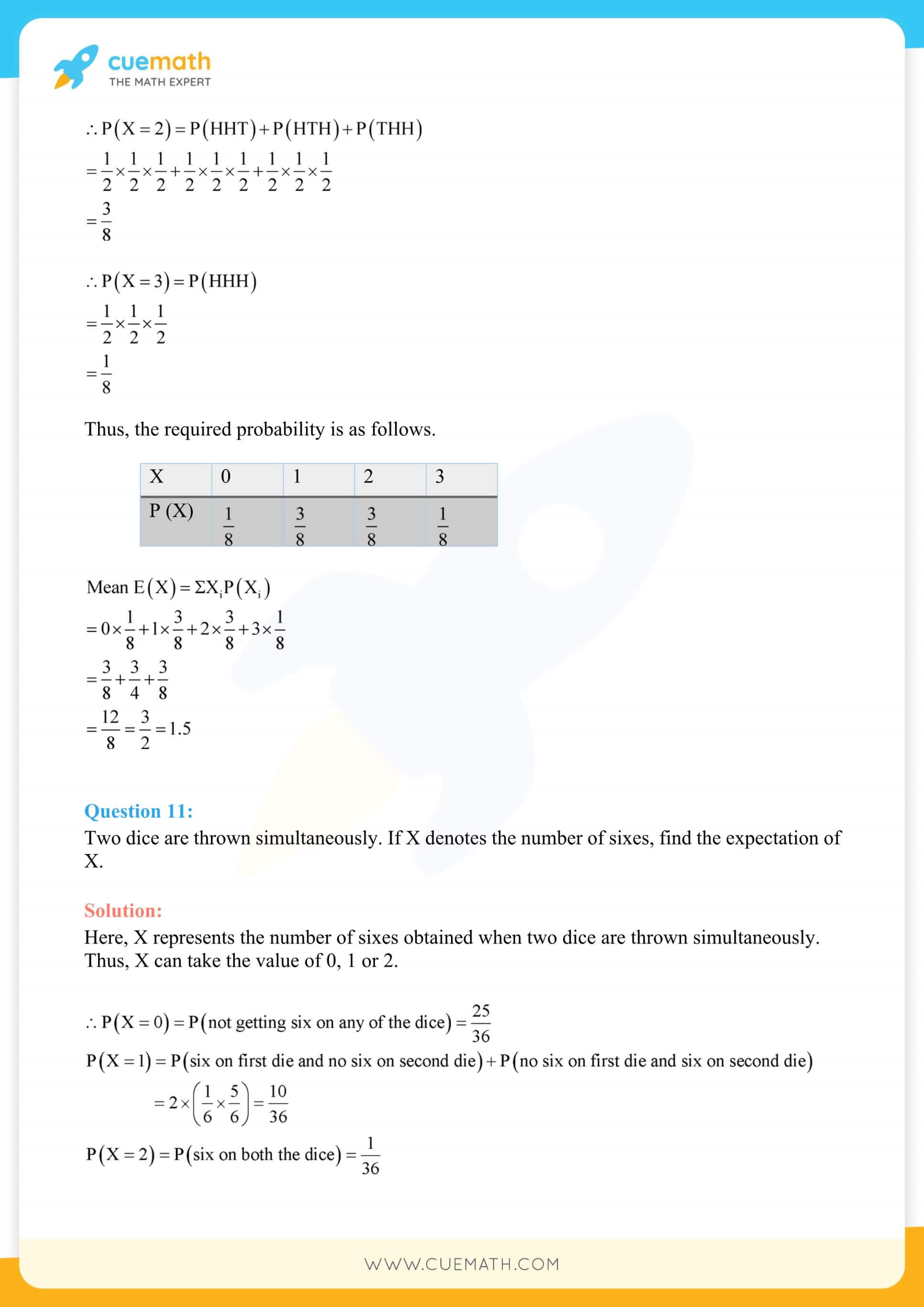
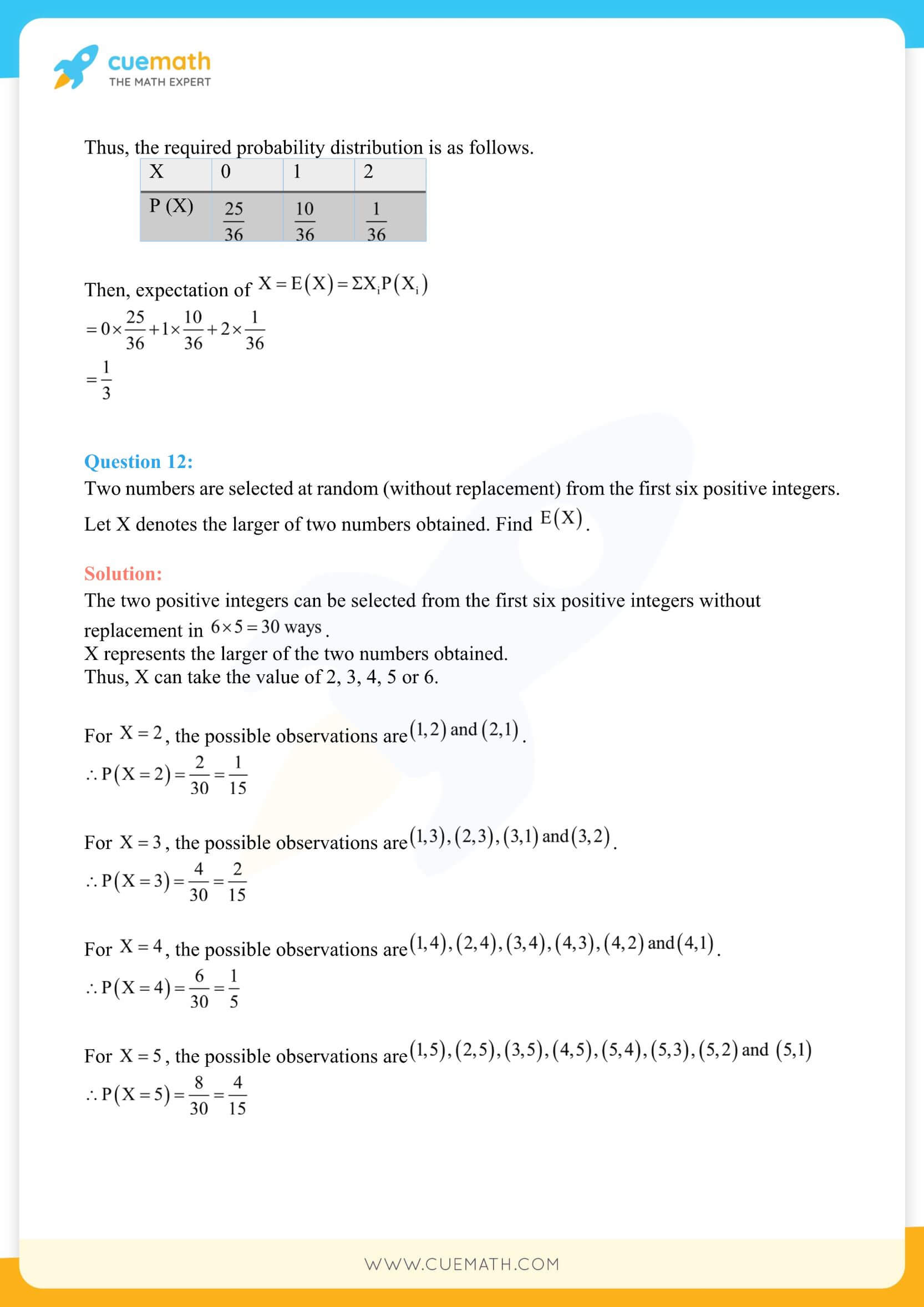
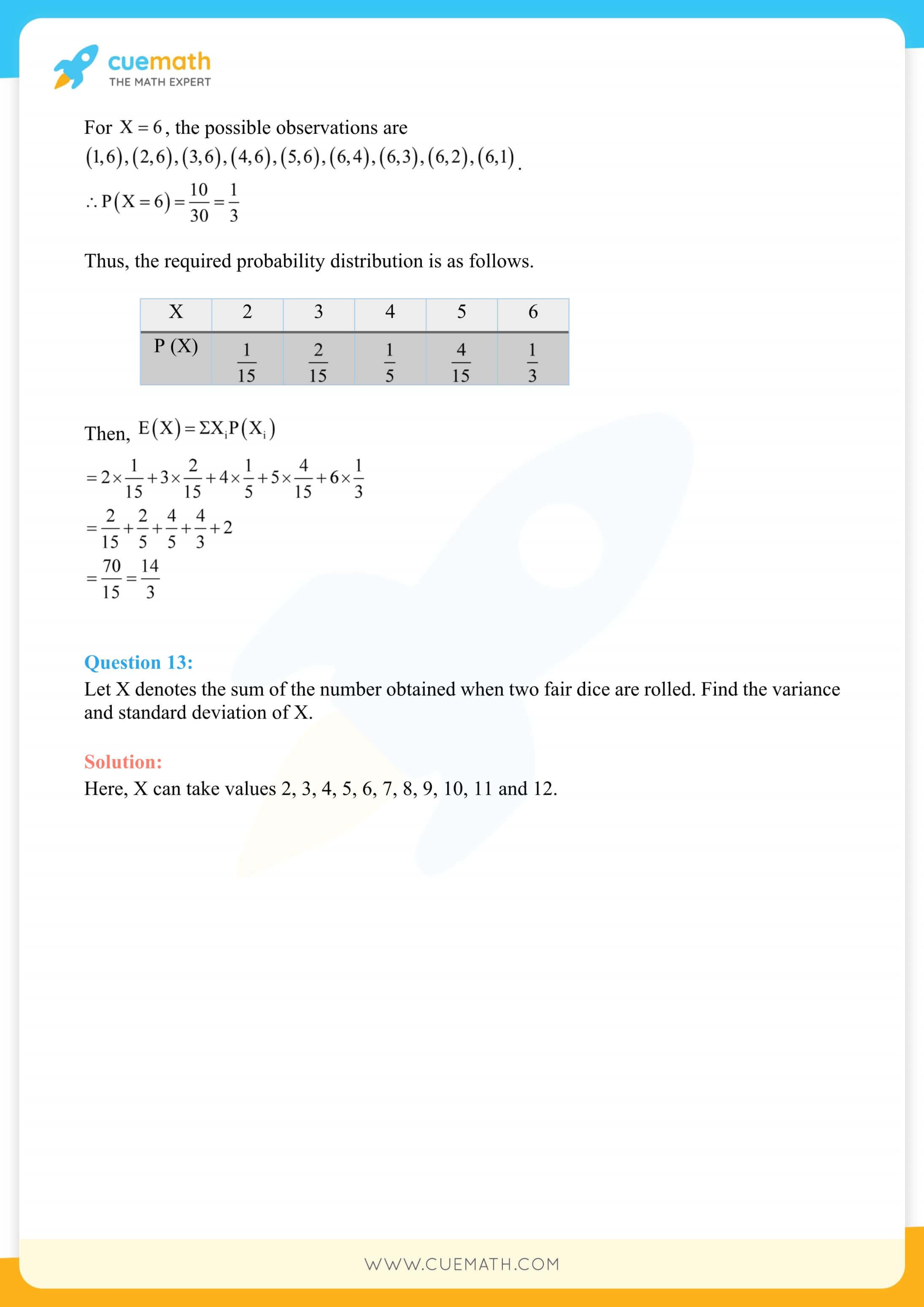
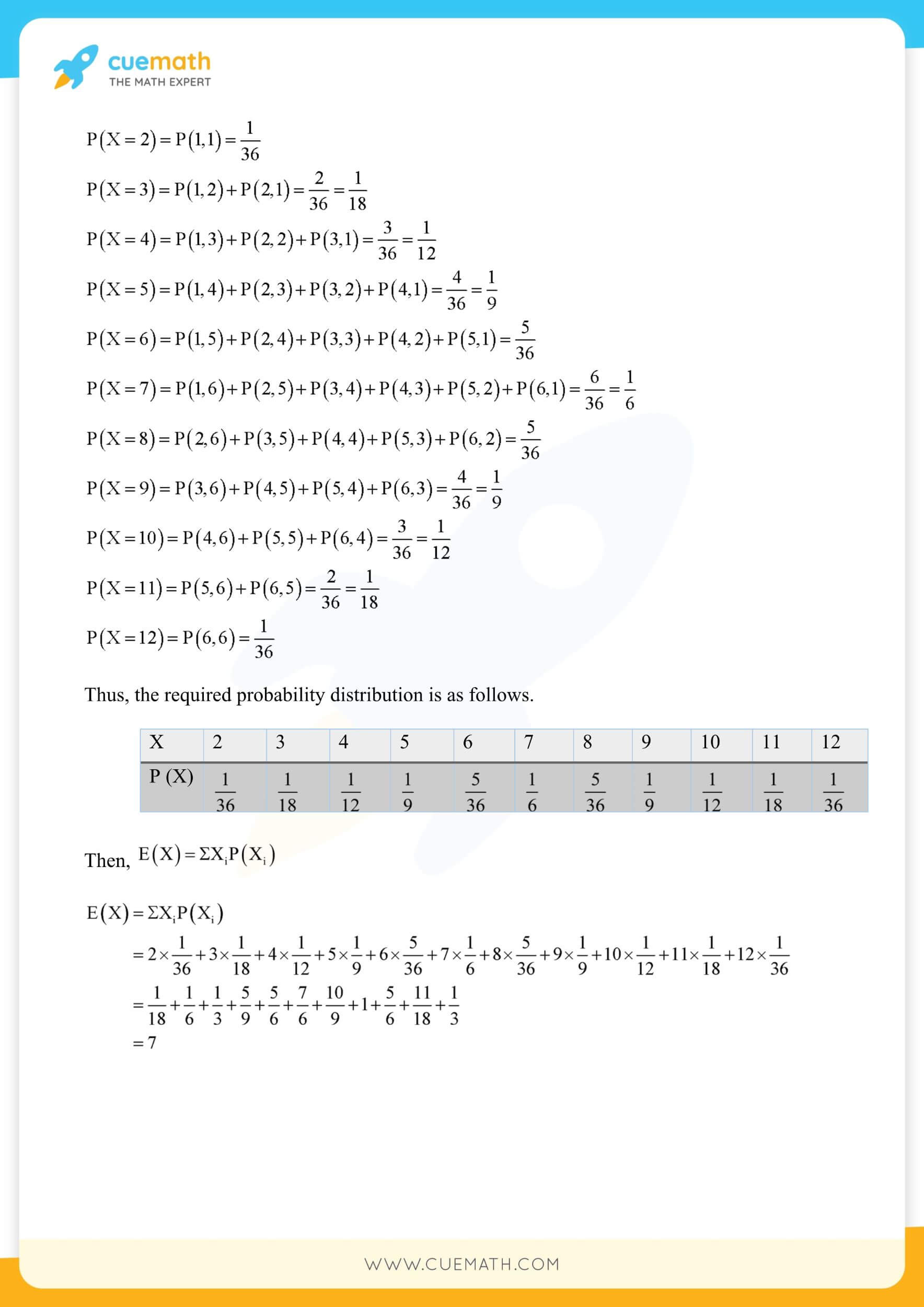
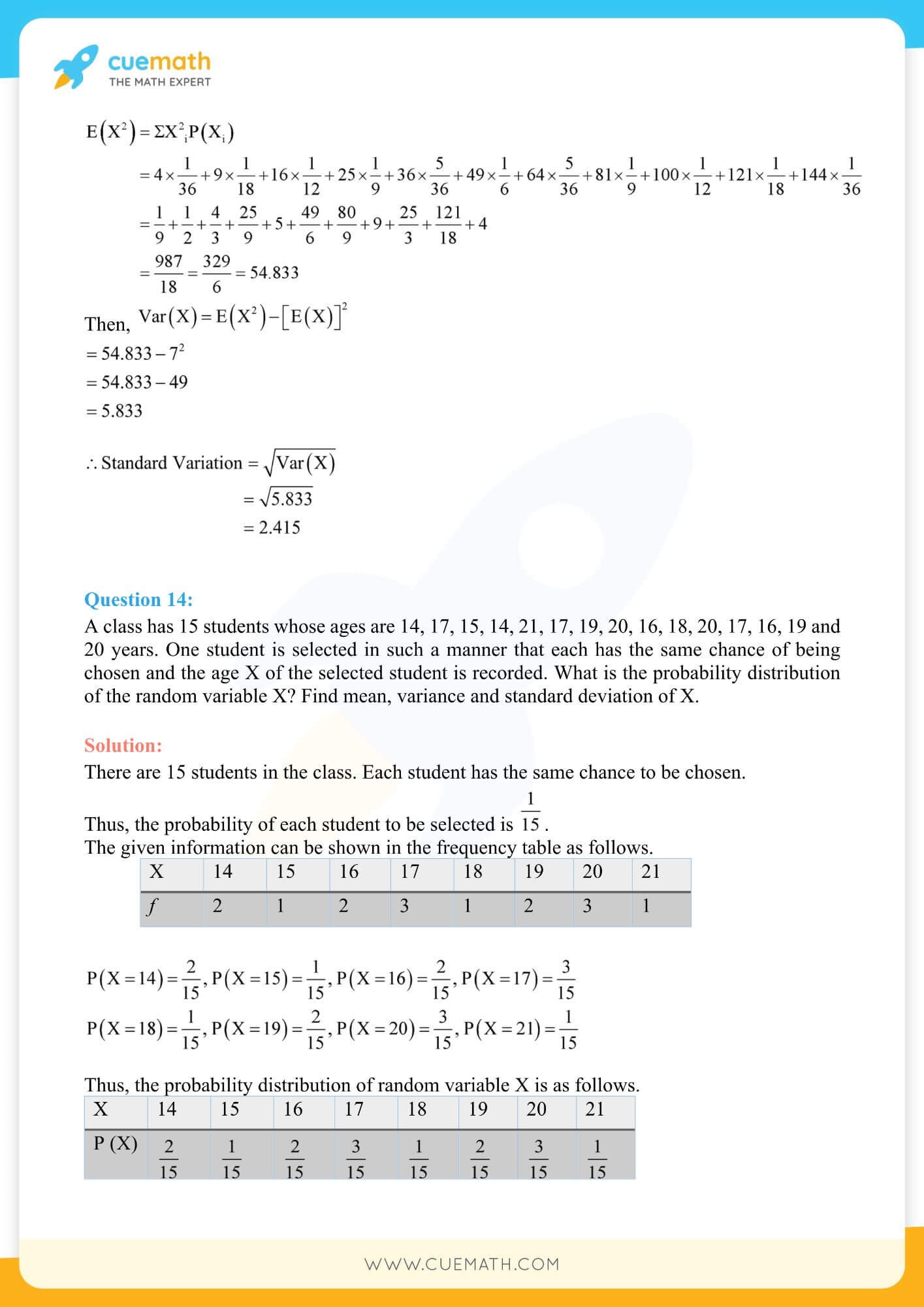
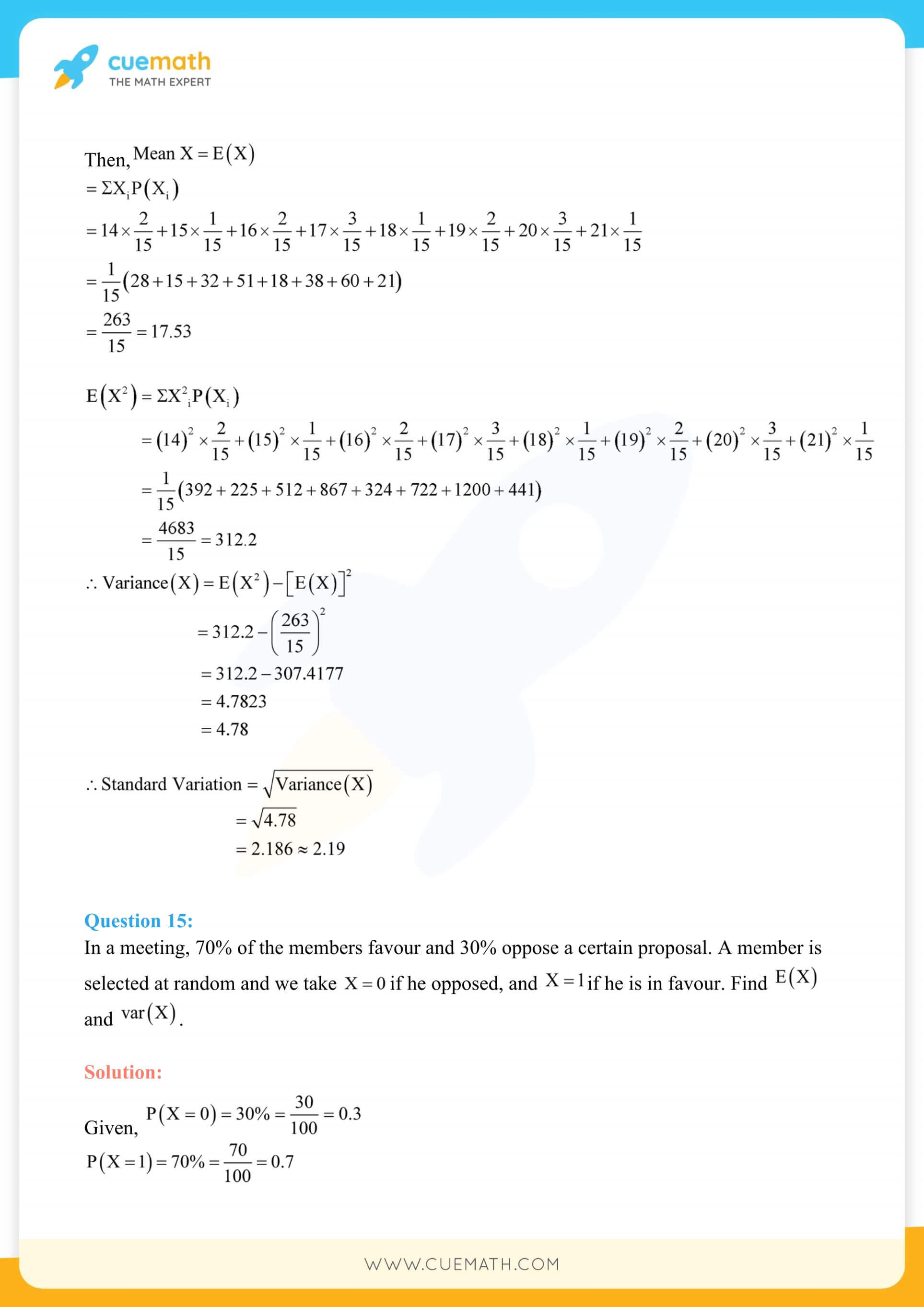
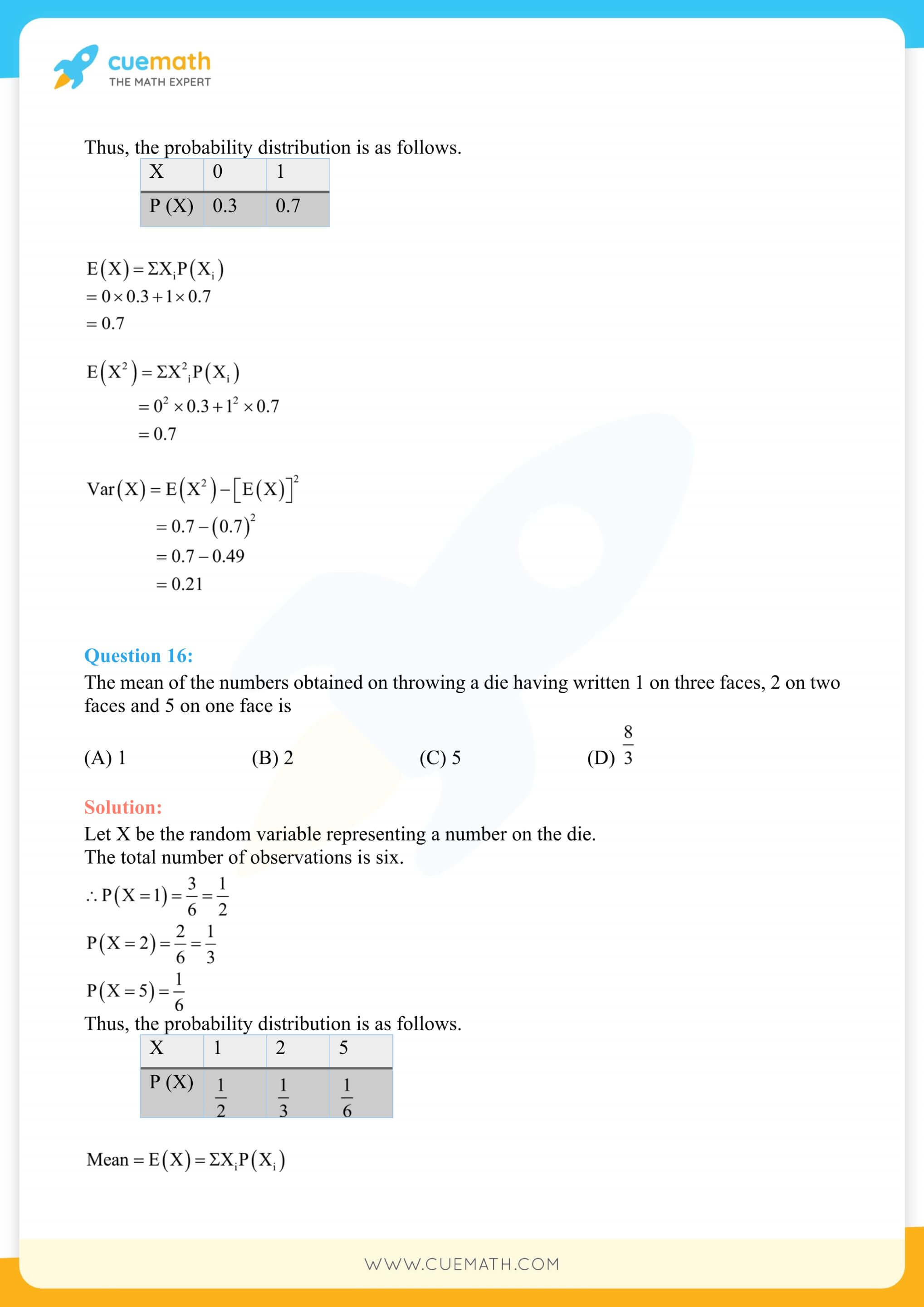
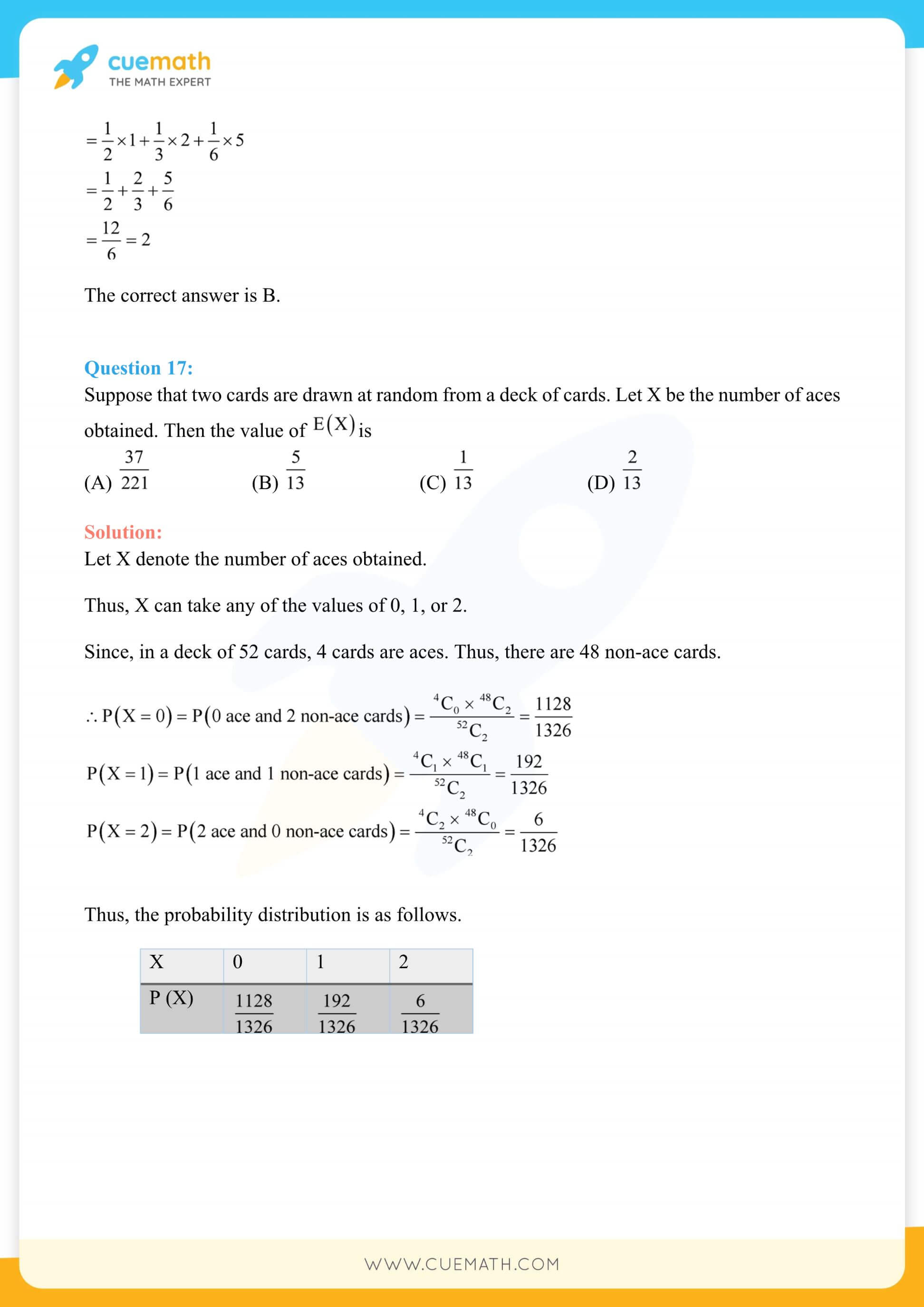

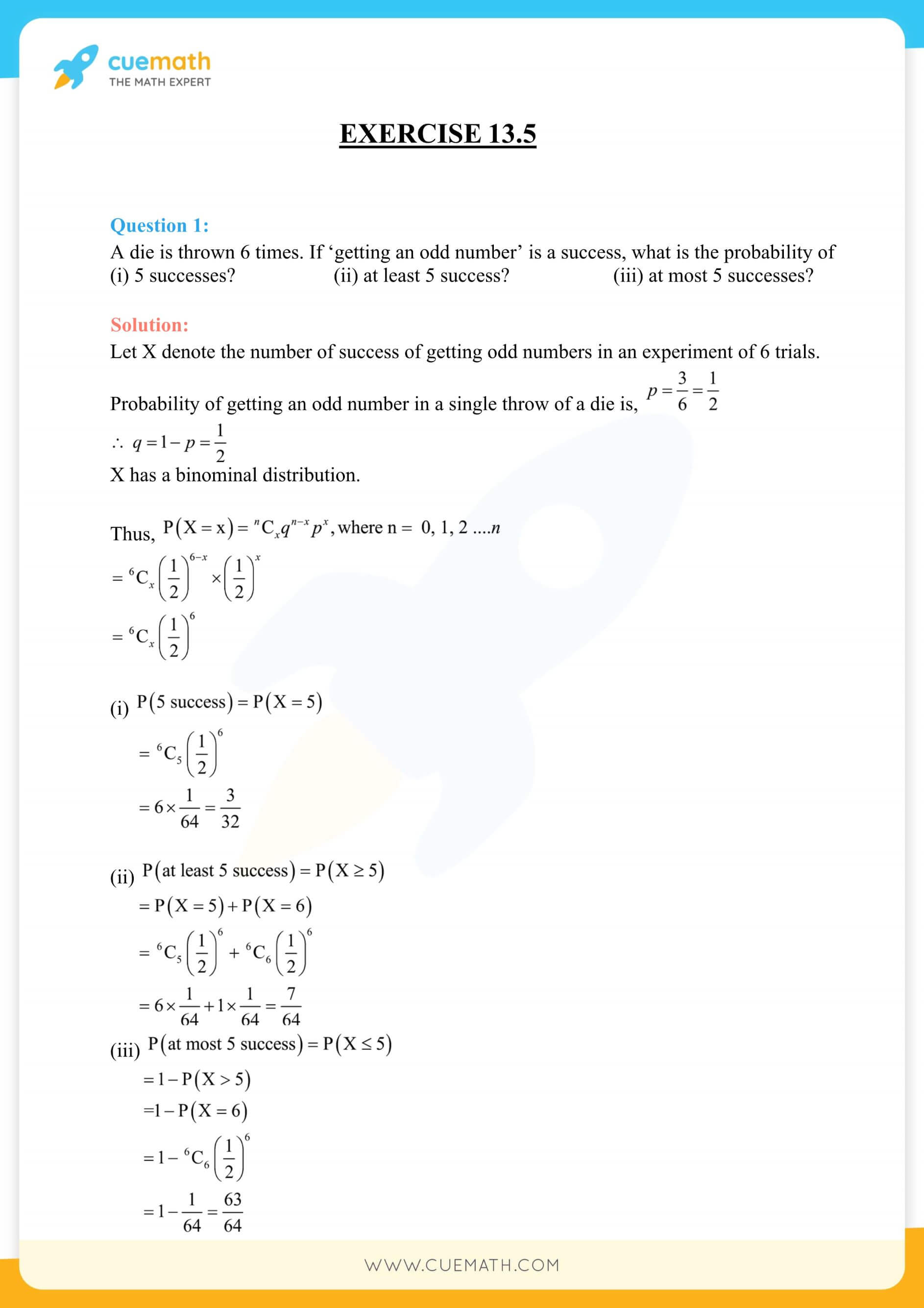
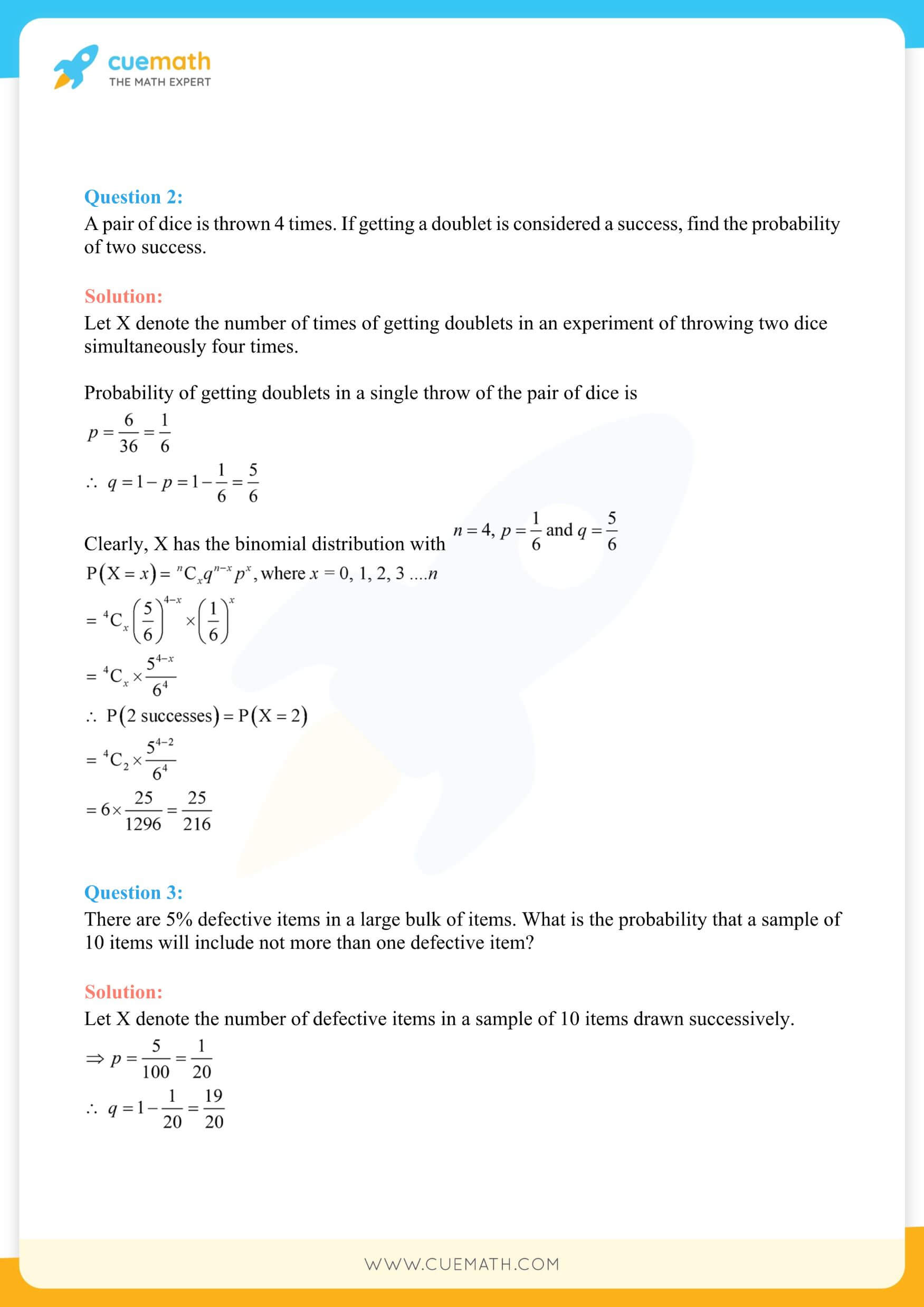
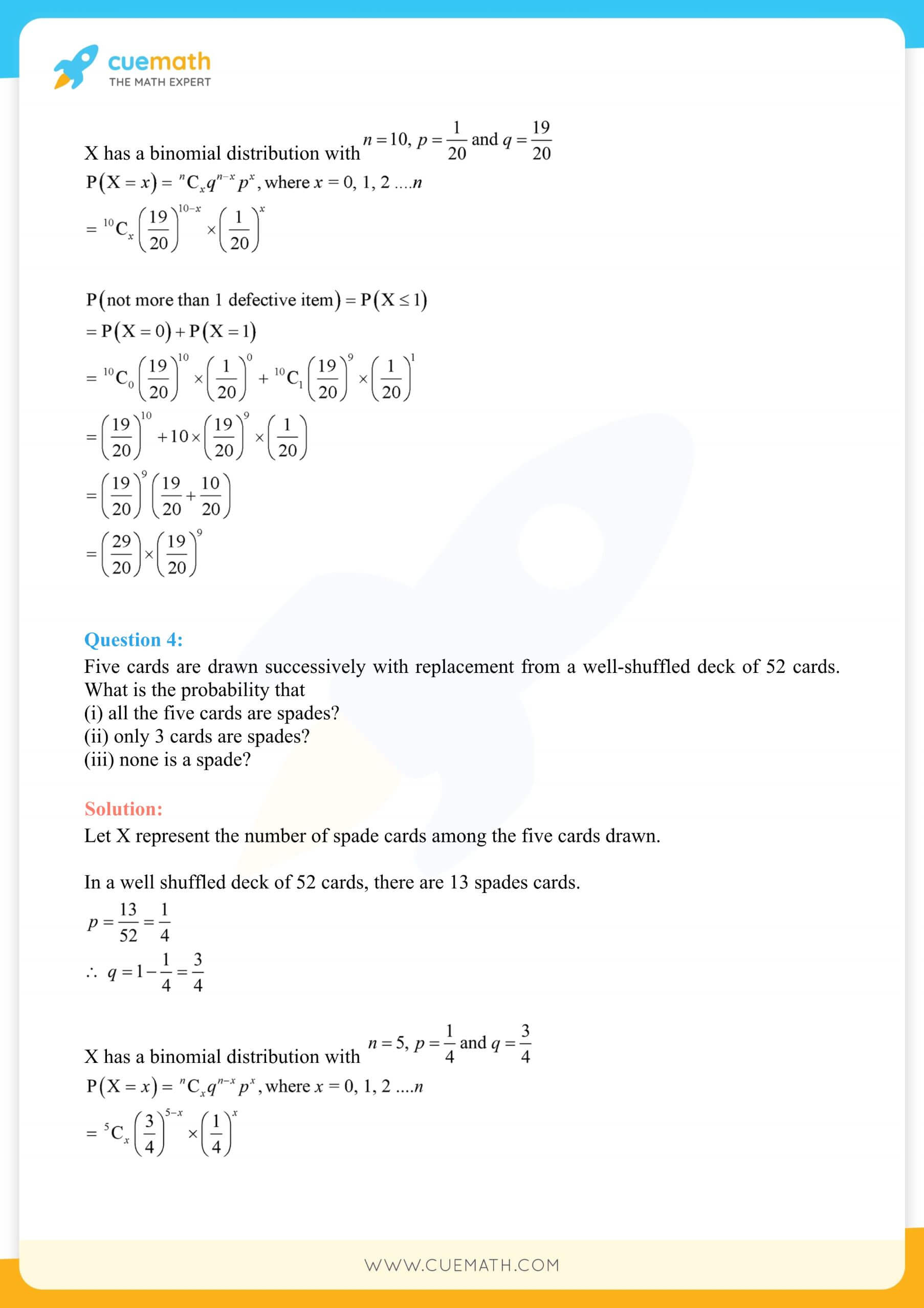
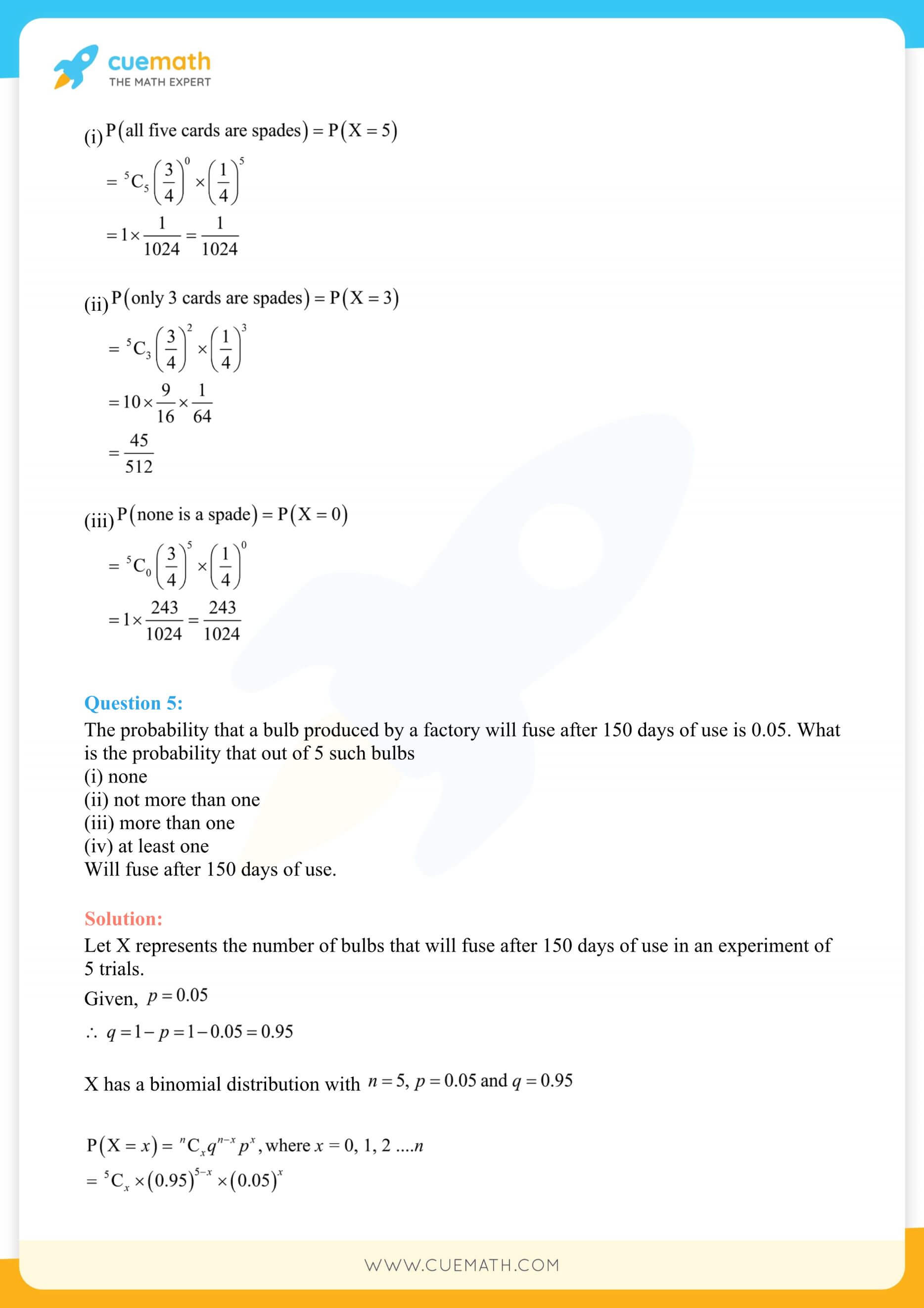

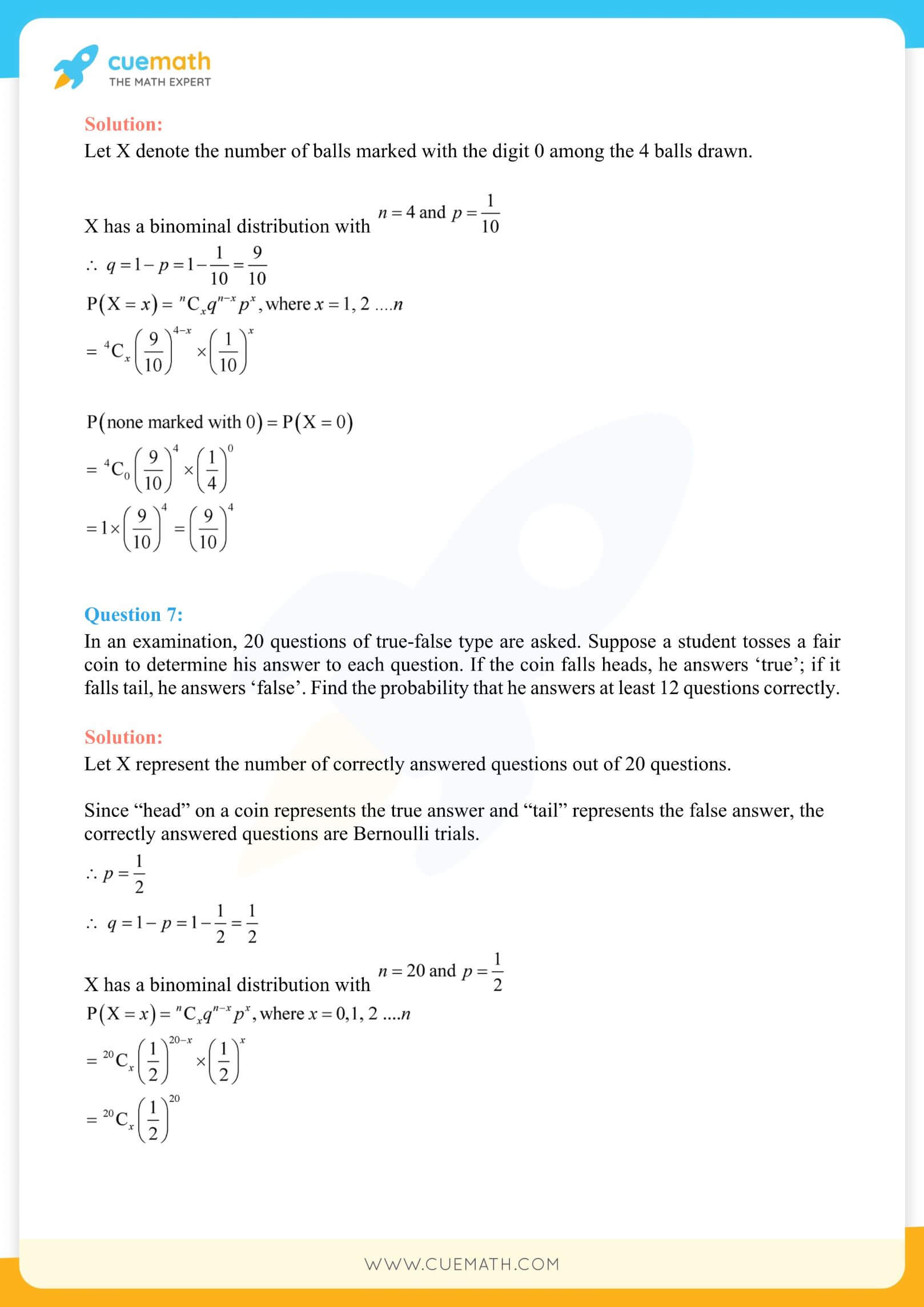
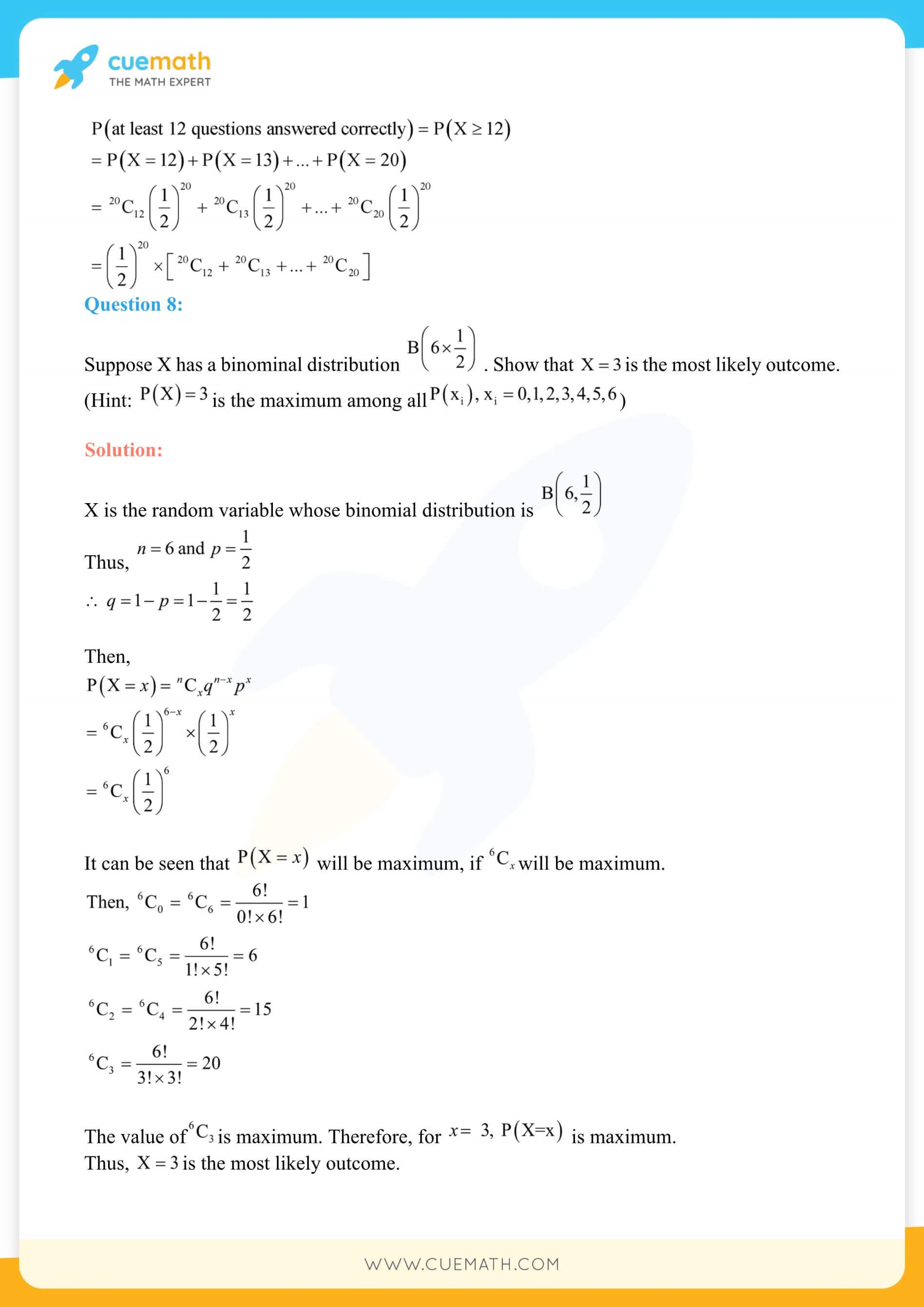
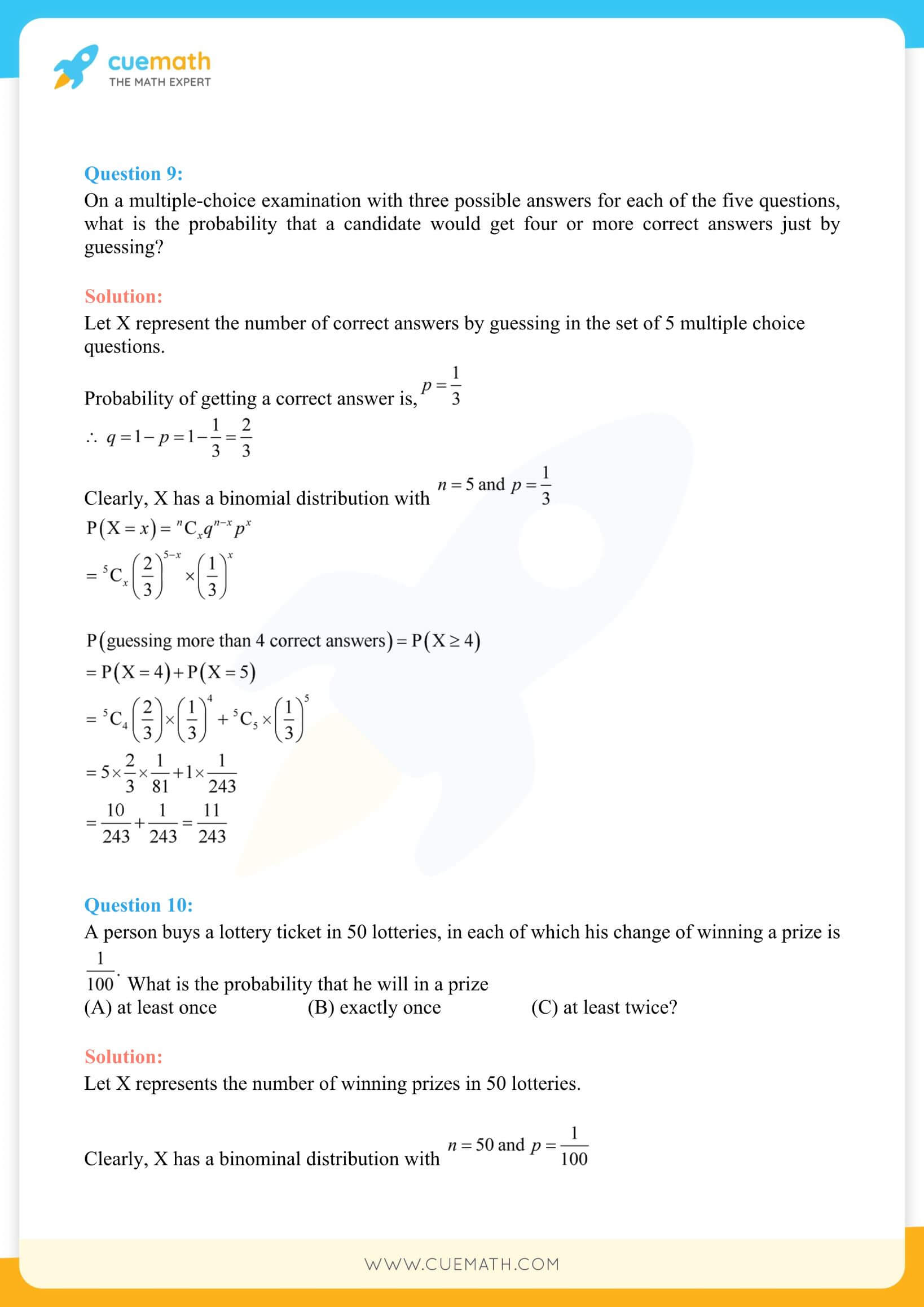
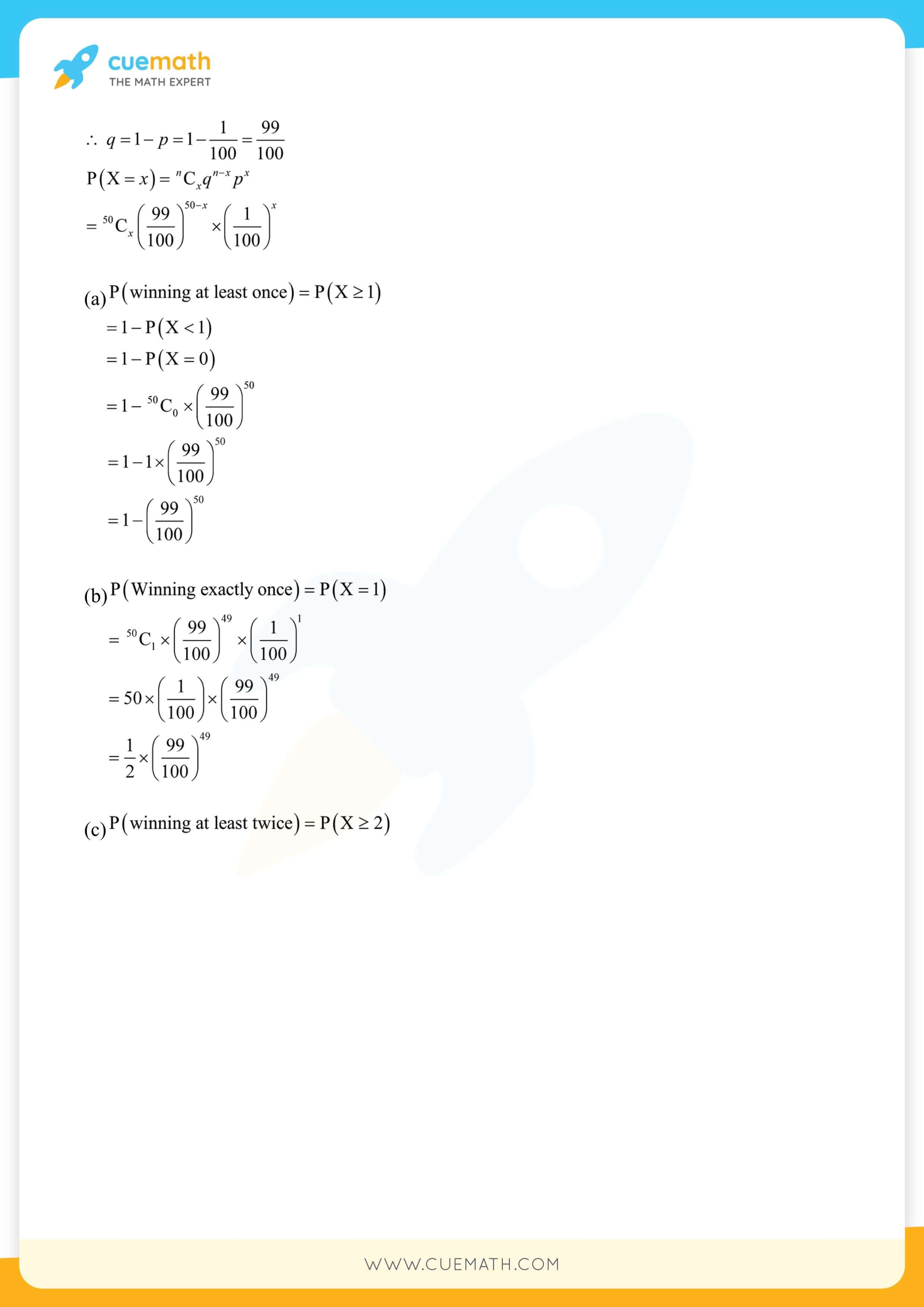
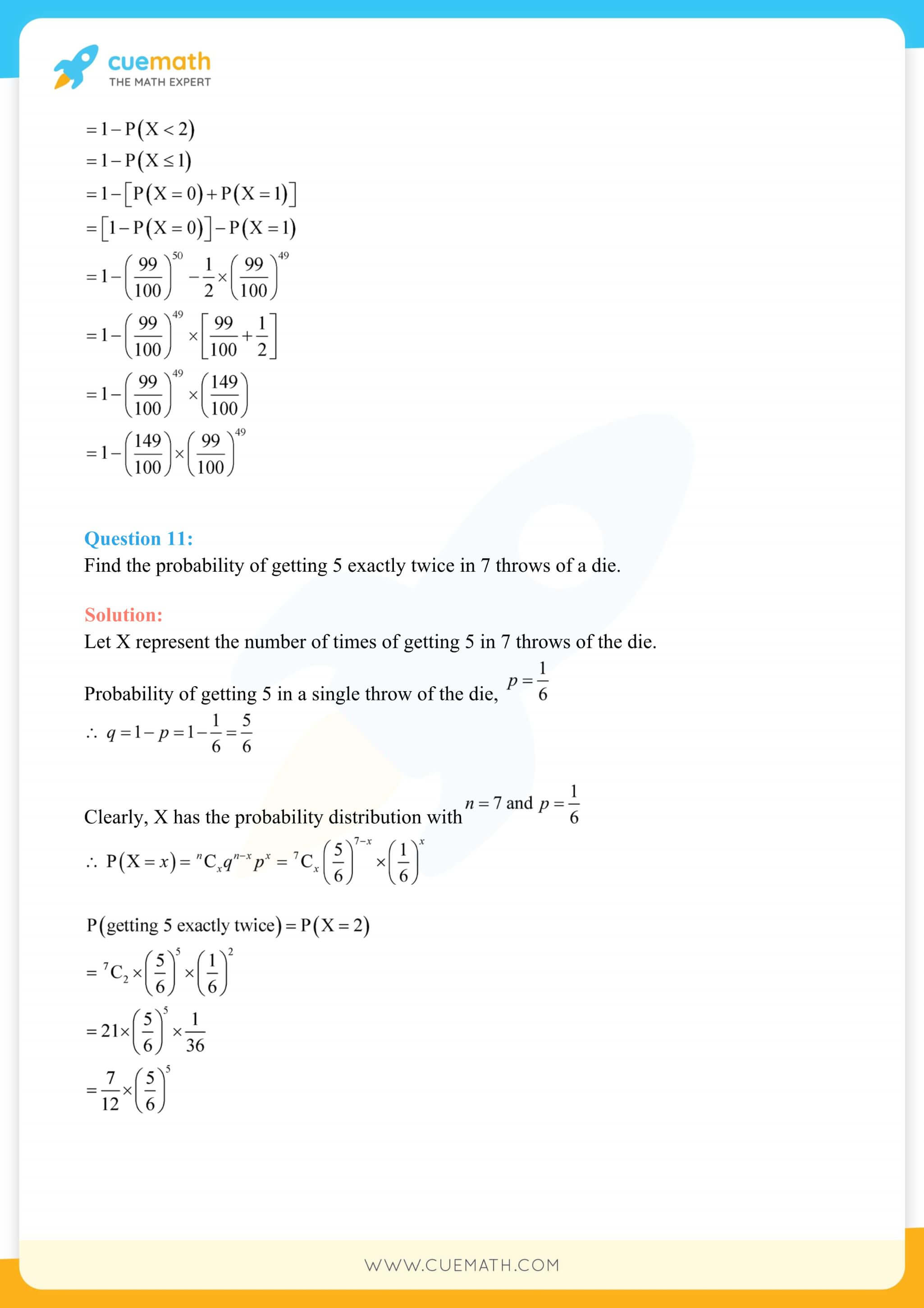
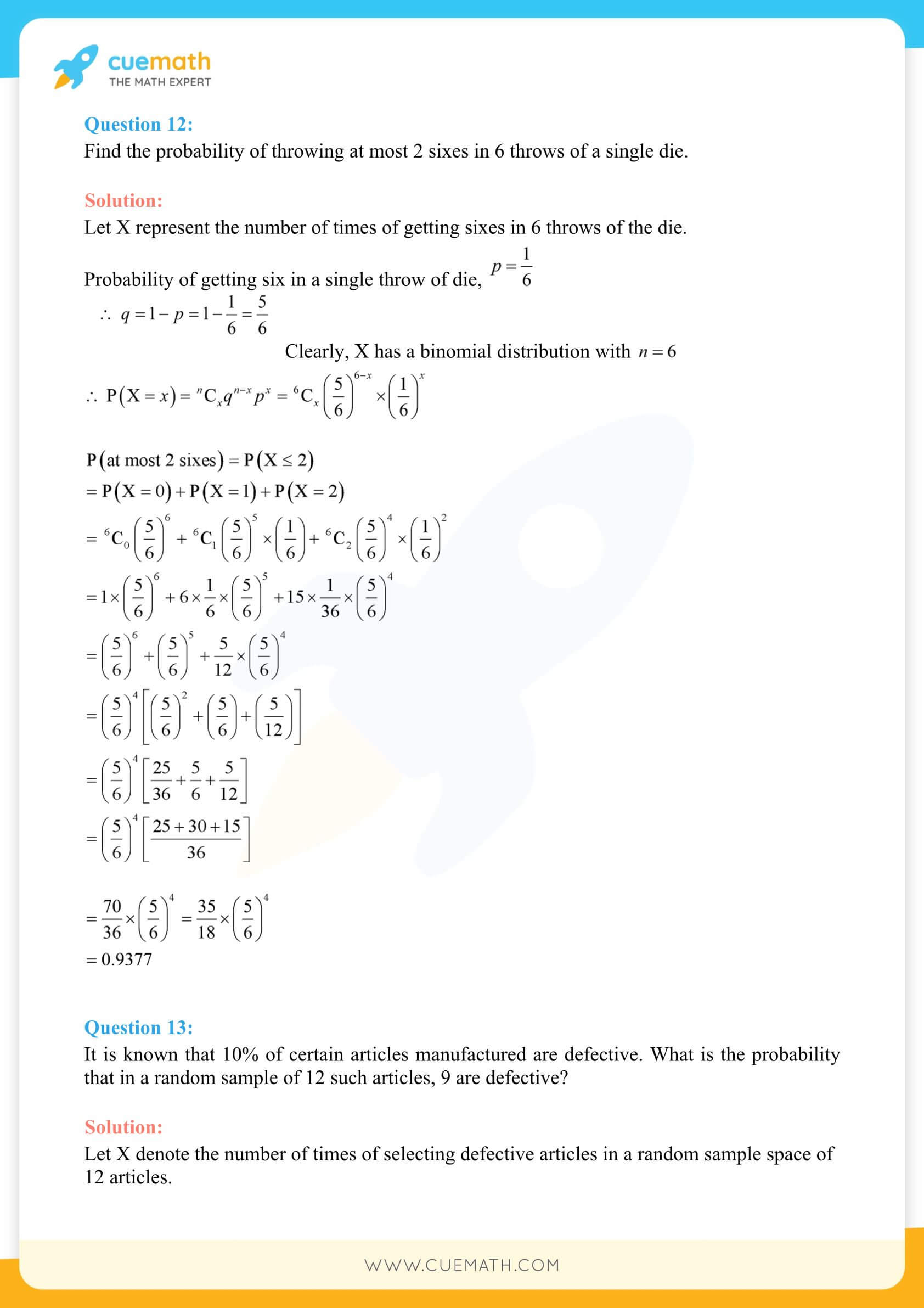
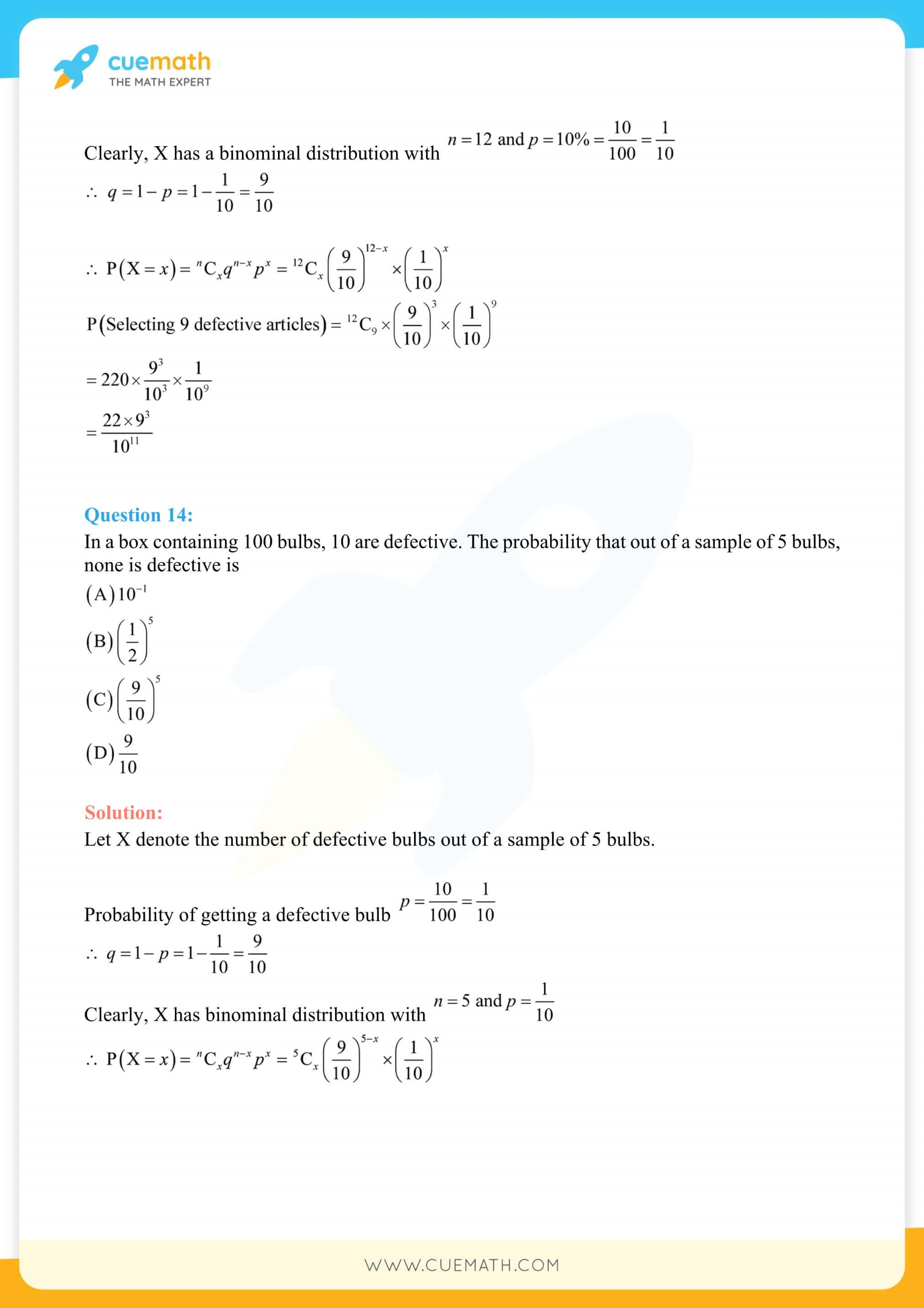
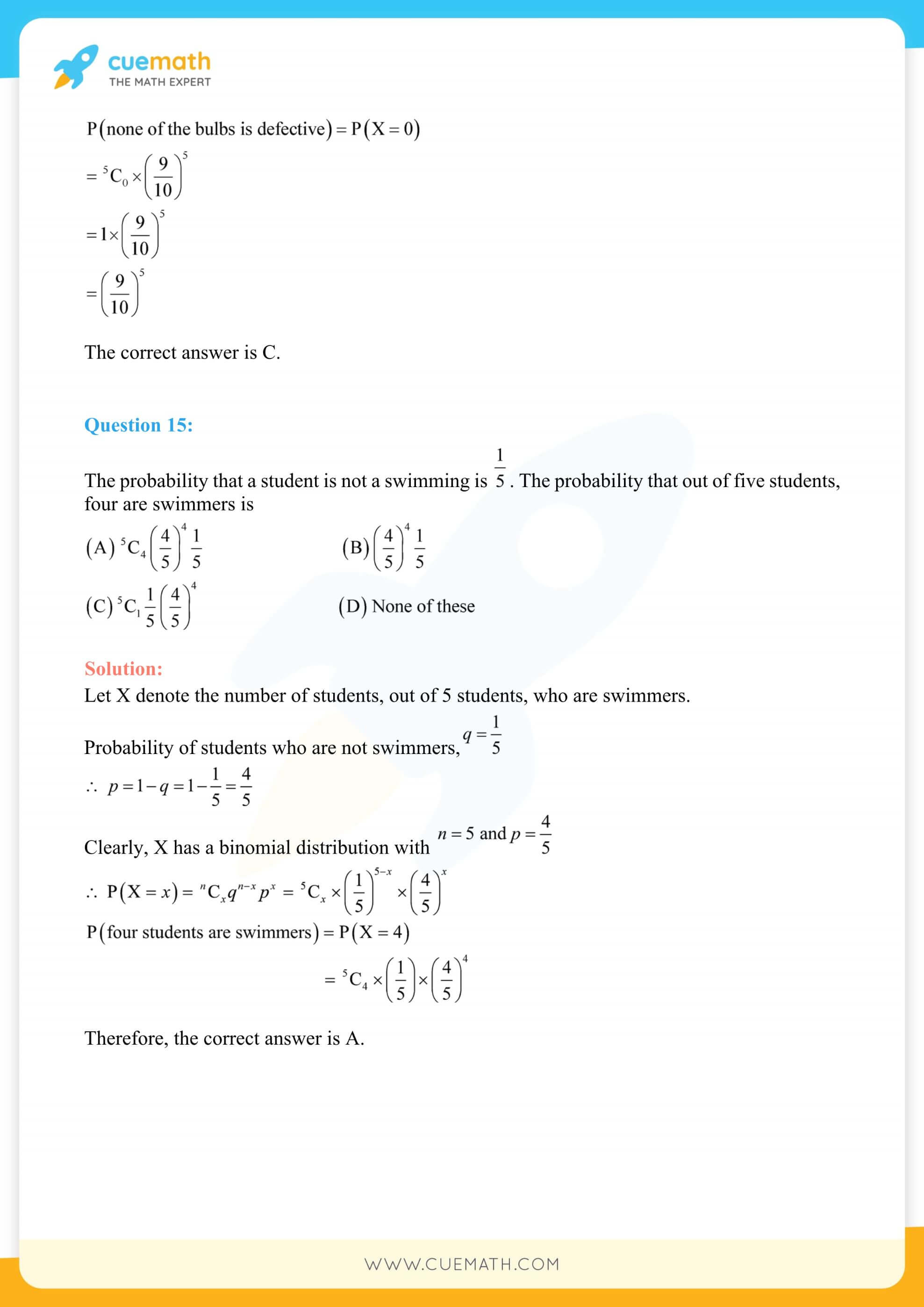
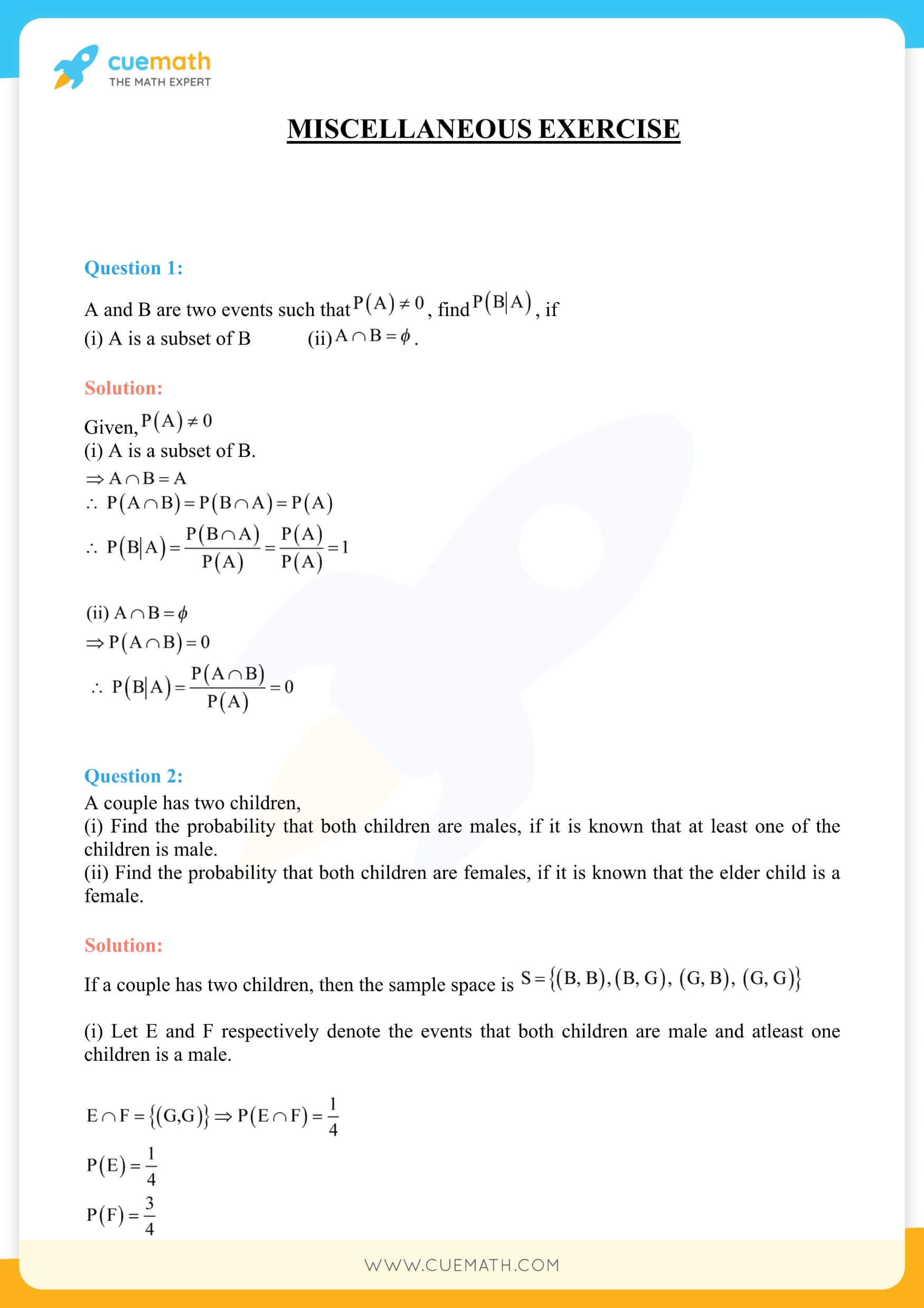
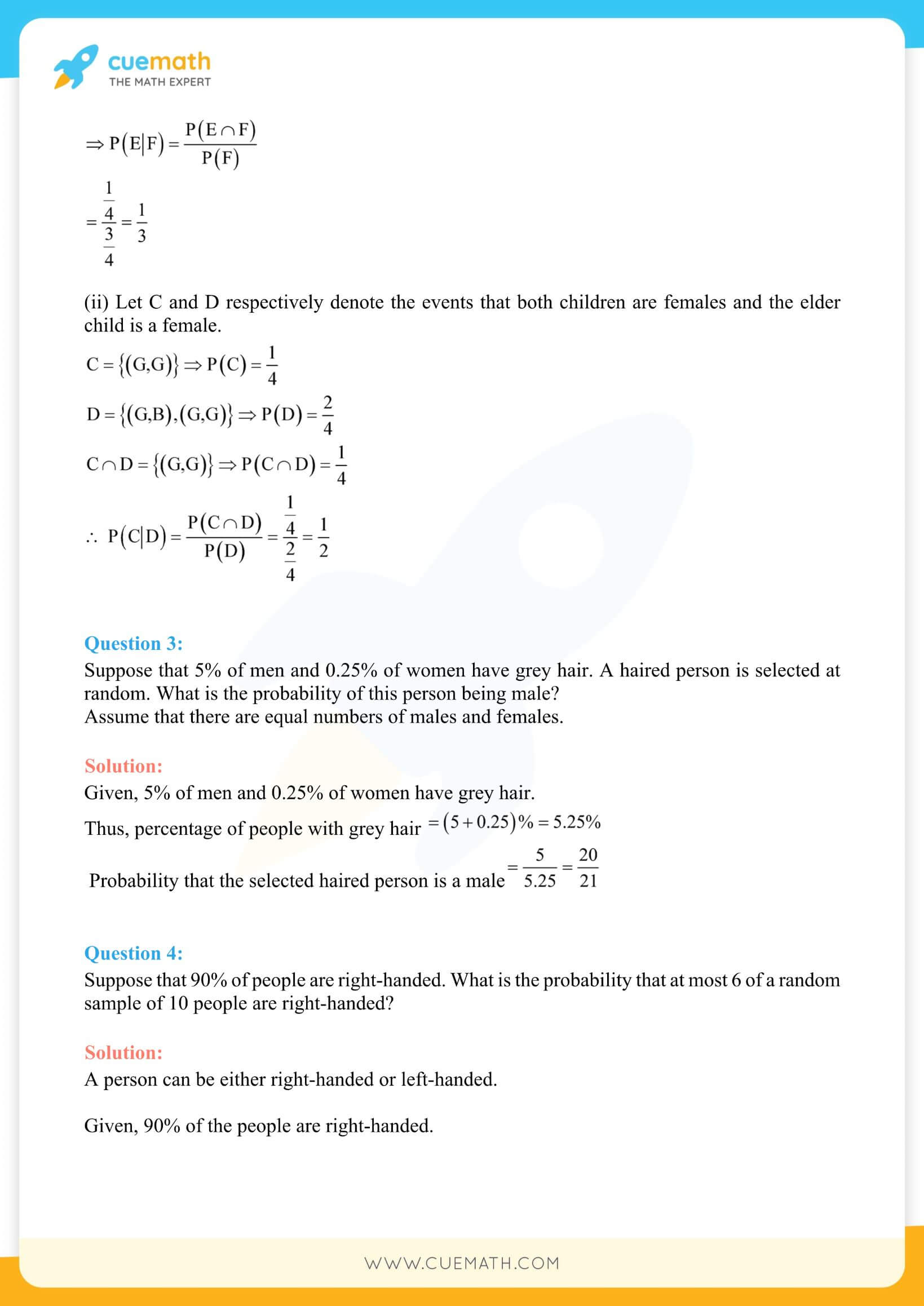
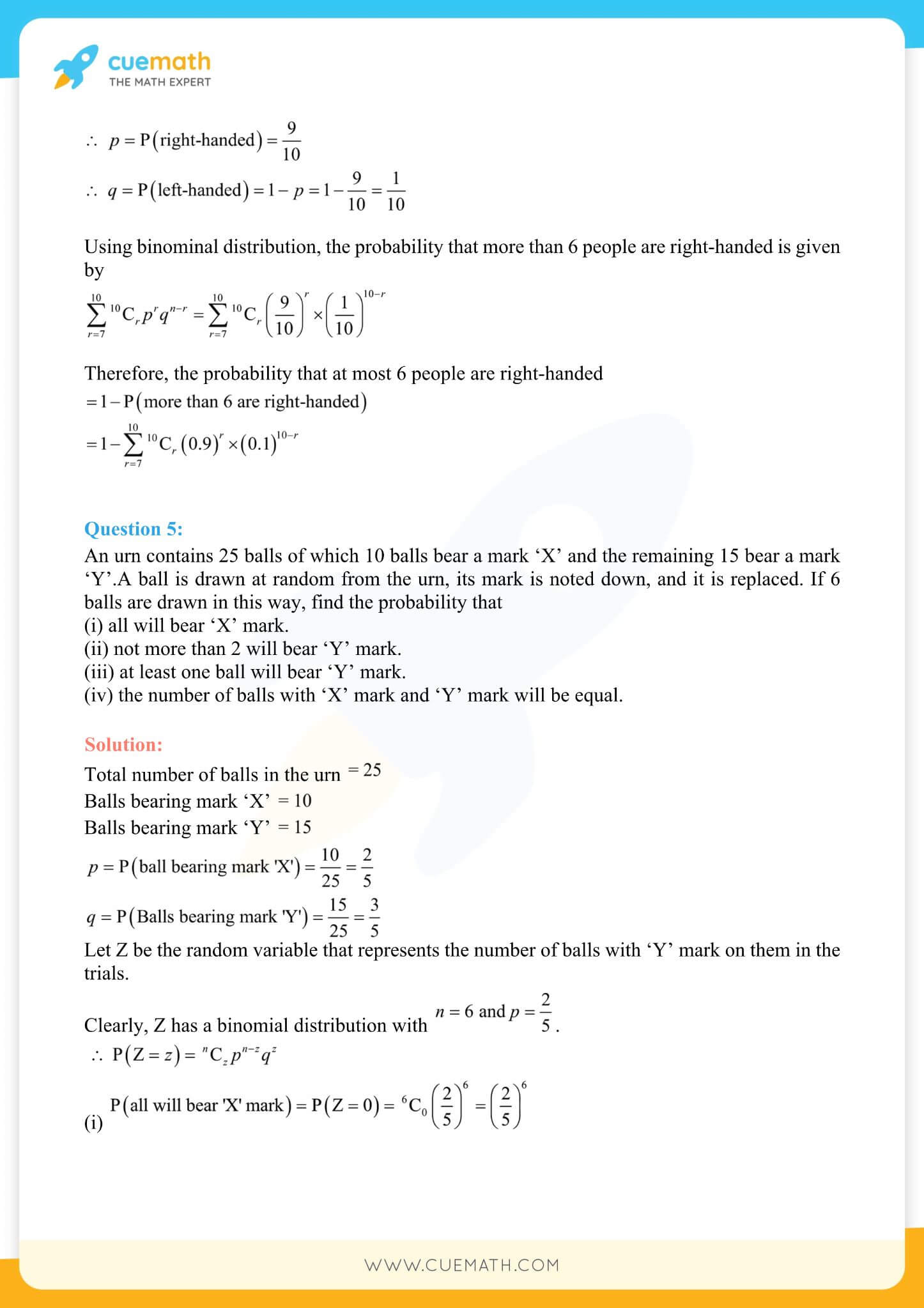
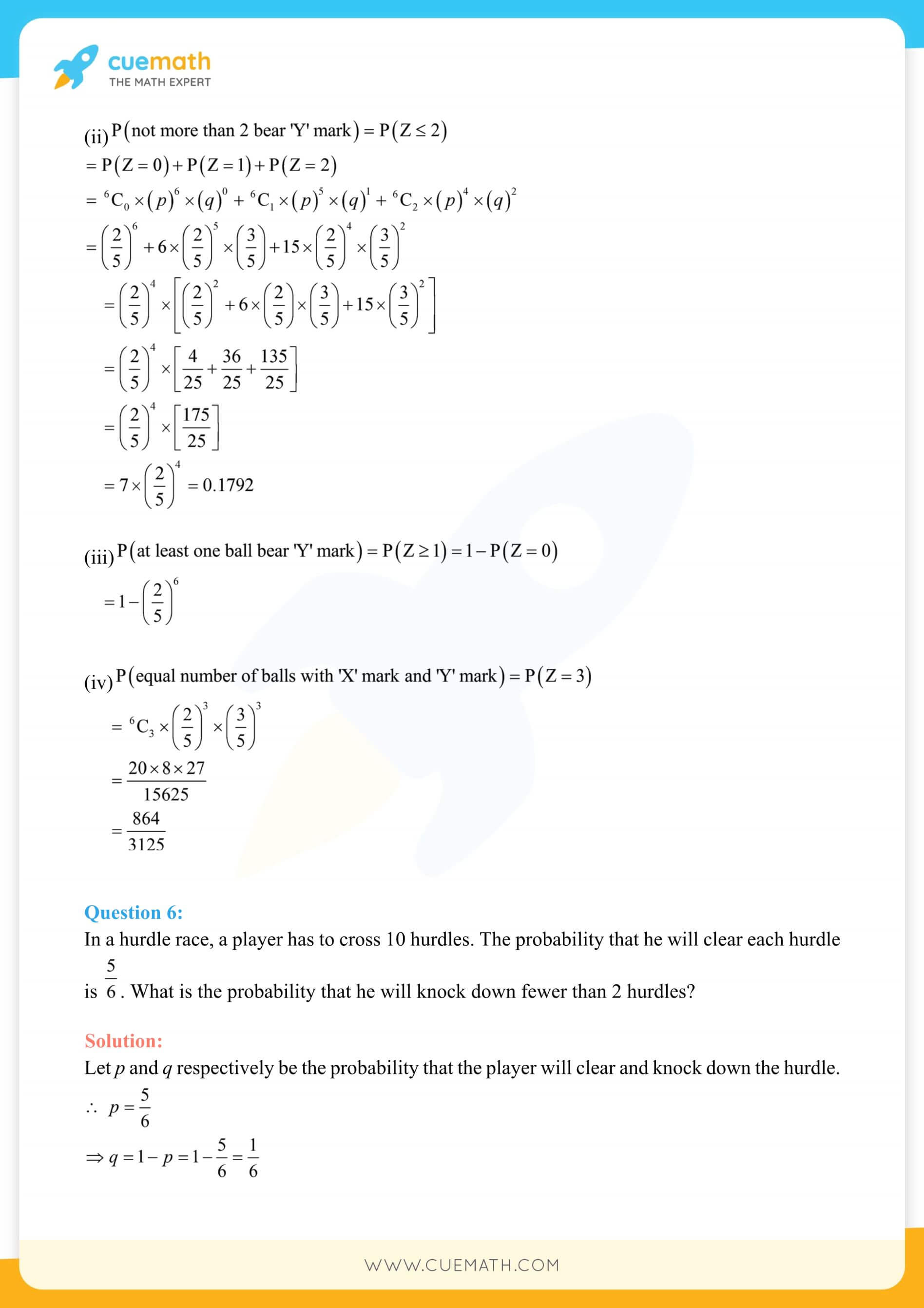
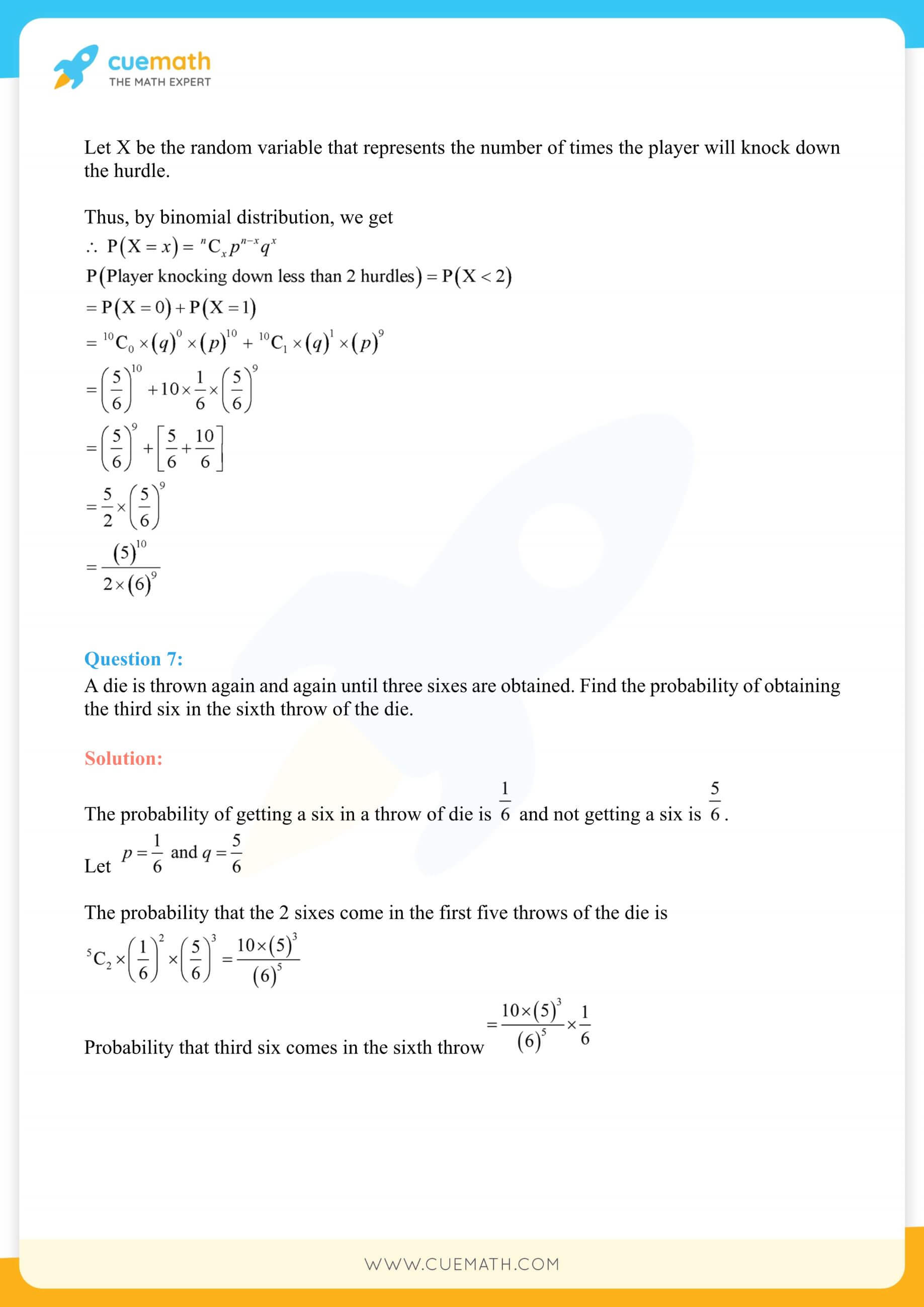
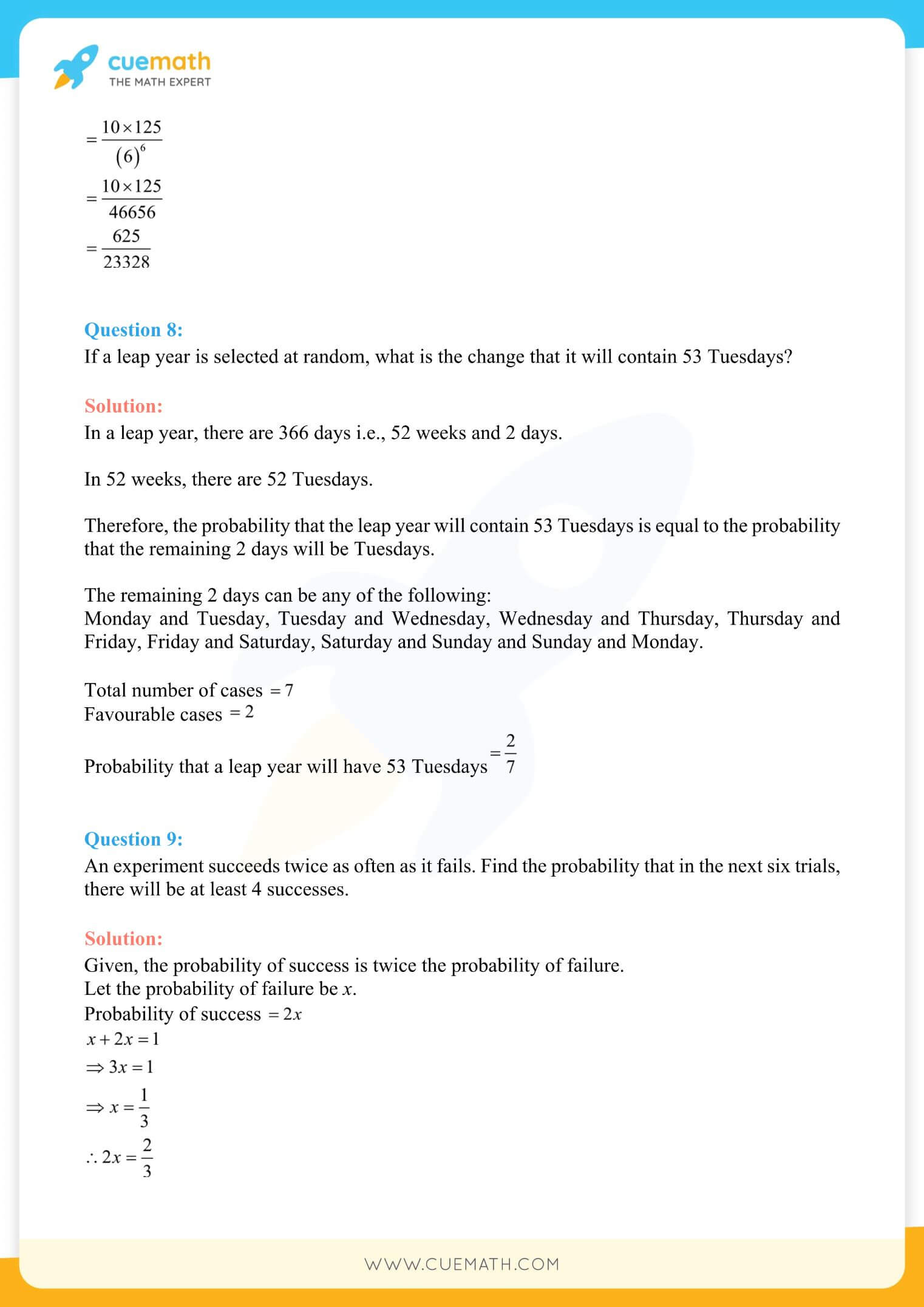
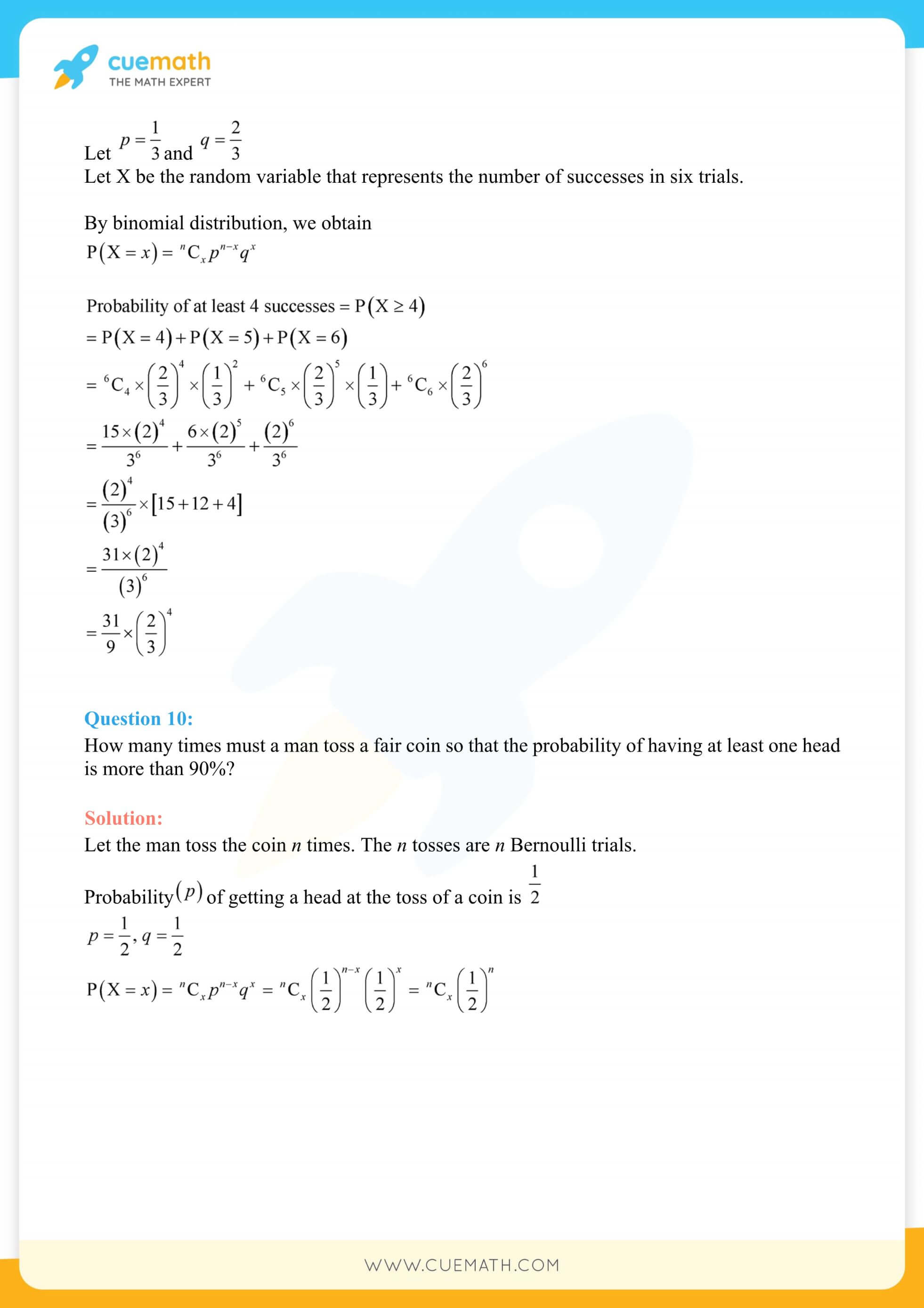
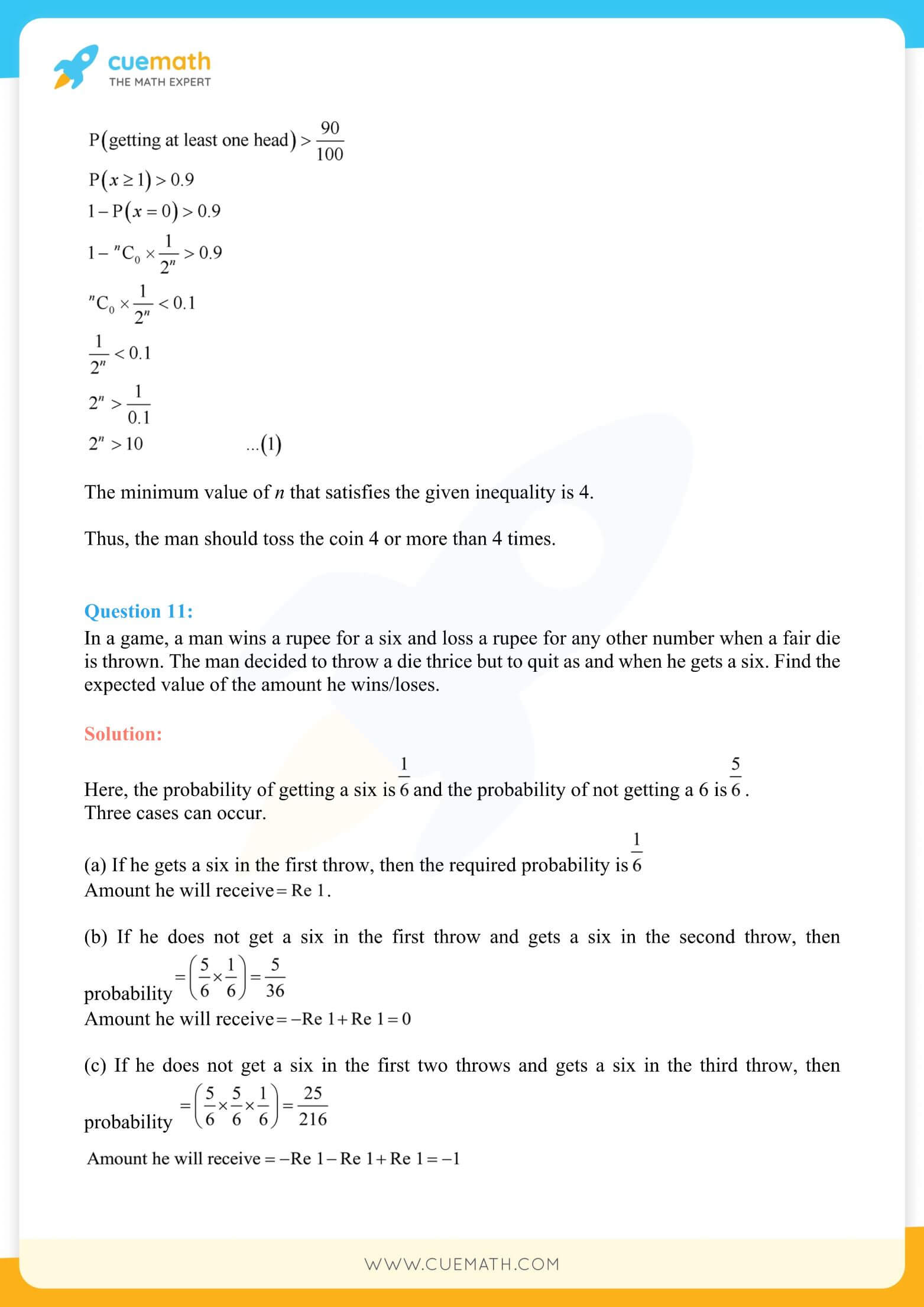
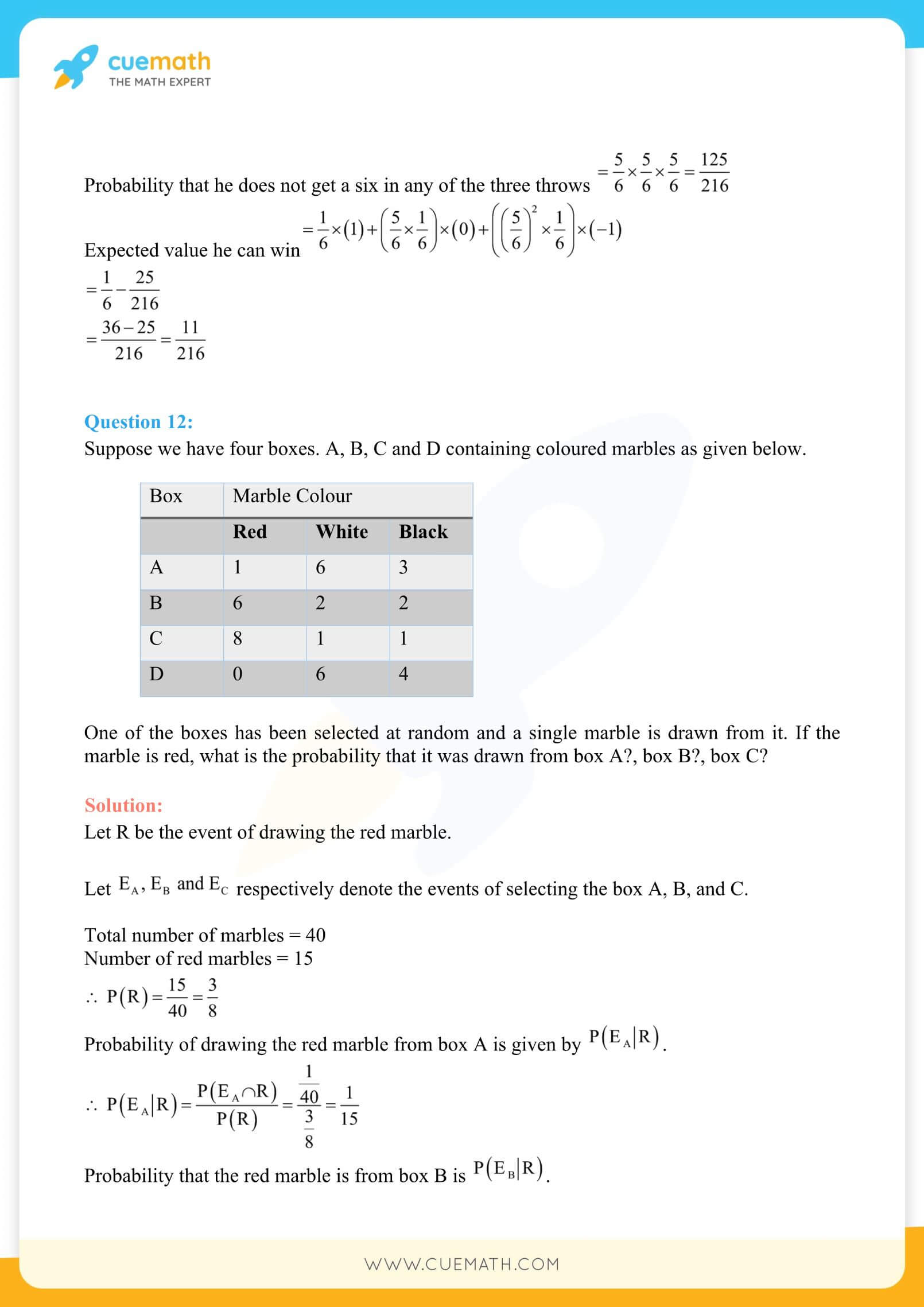
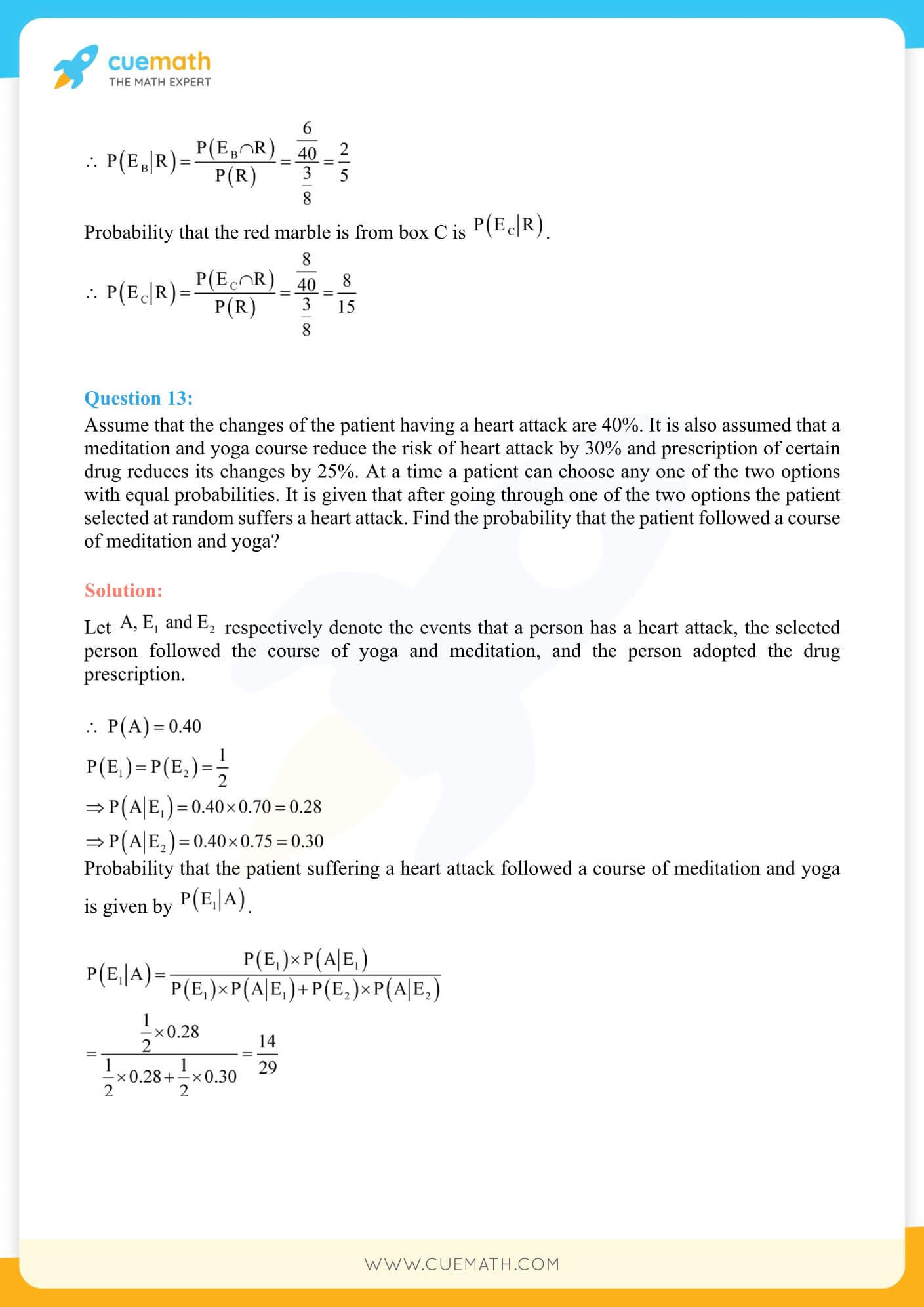
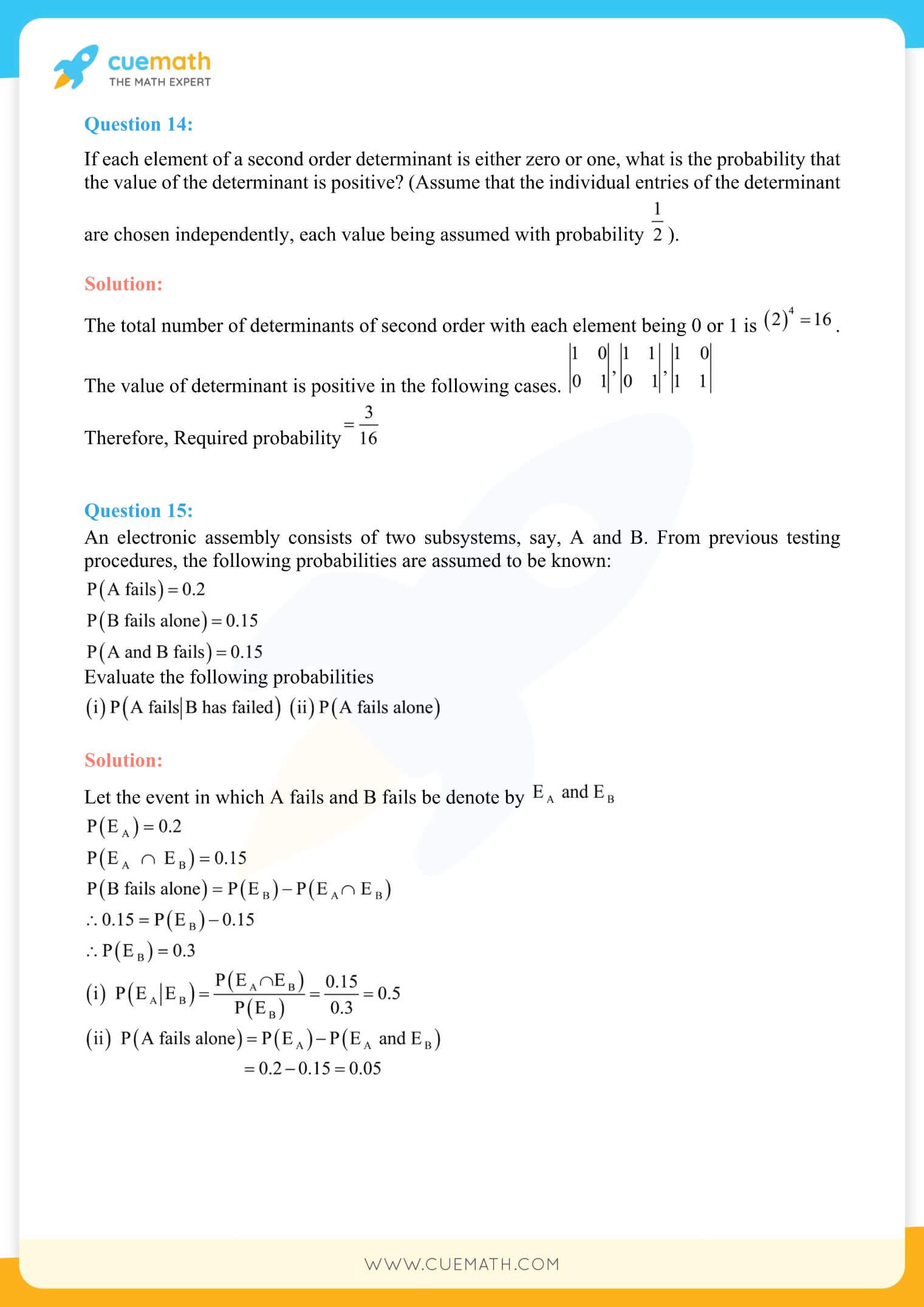
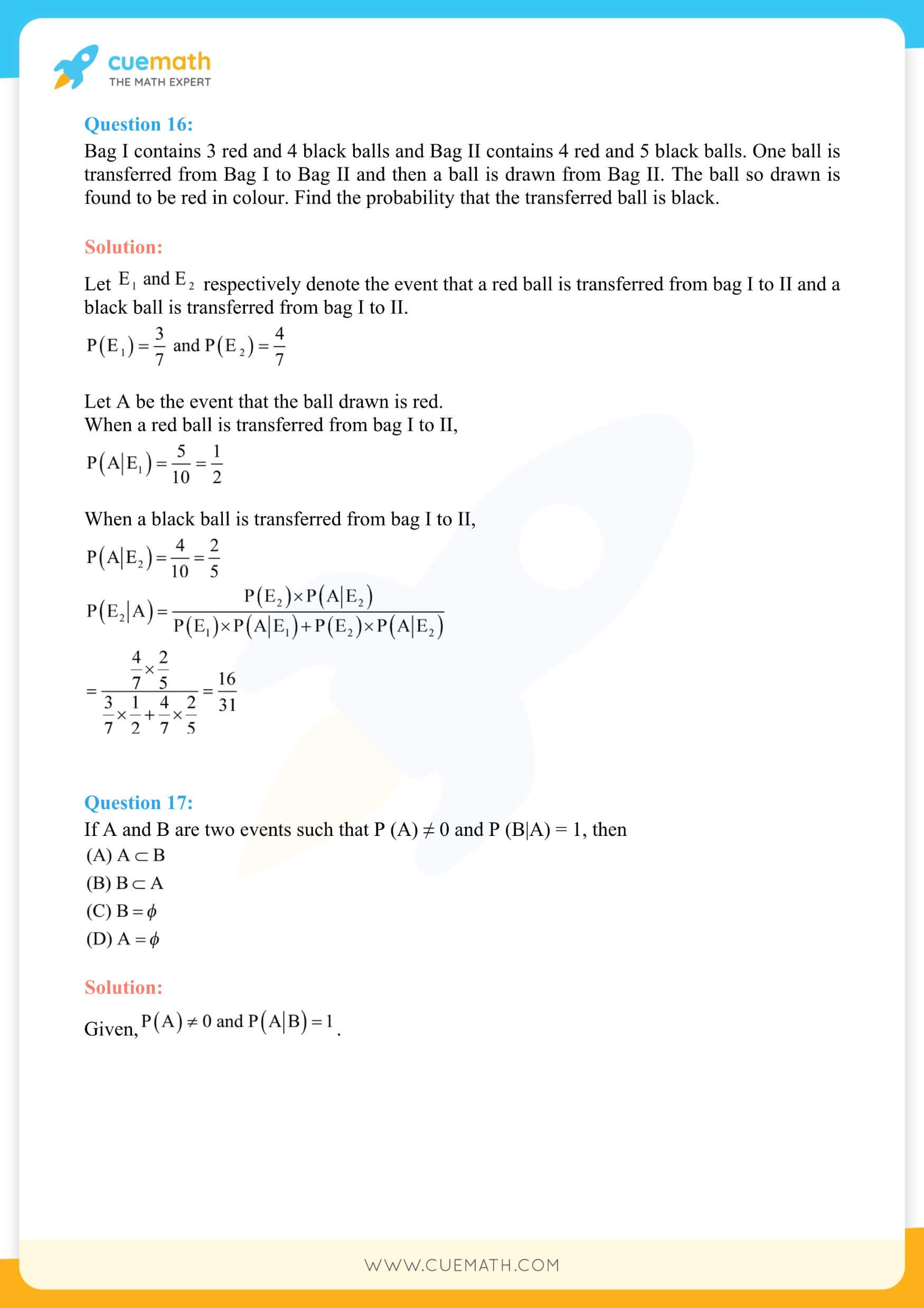
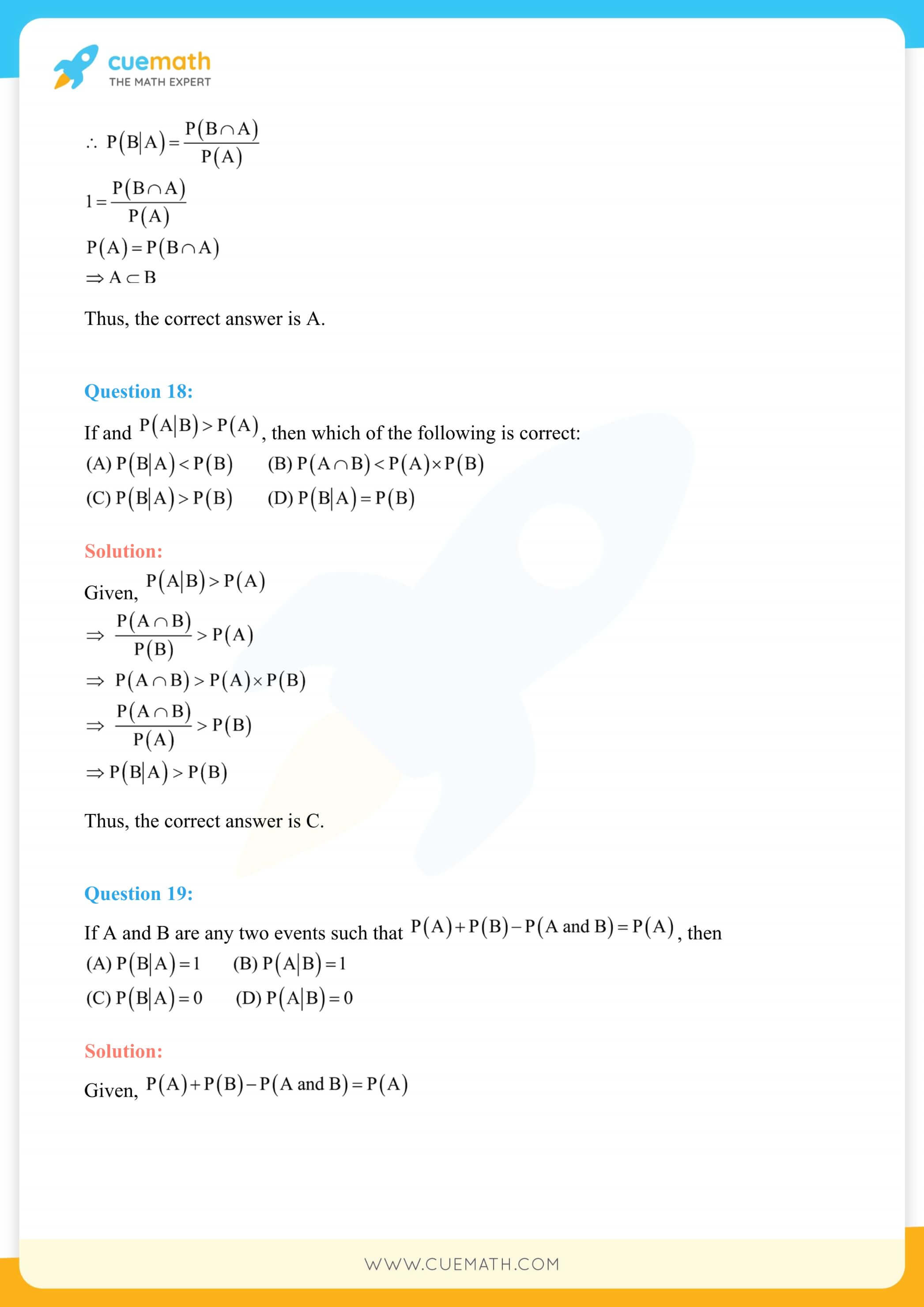

NCERT Solutions for Class 12 Maths Chapter 13 Probability
In the 18th century, the British mathematician Thomas Bayes gave Bayes' theorem to calculate conditional probability. It provides a mathematical formula for determining conditional probability in several problems such as the Bayes’ theorem is applied in finance to rate the risk of lending money to potential borrowers. Thus, possessing a deep understanding of this topic is crucial for students to learn its practical use. An overview of the number of the questions in each section of the NCERT Solutions Class 12 Maths Chapter 13 Probability is given below :
- Class 12 Maths Chapter 13 Ex 13.1 - 17 Questions
- Class 12 Maths Chapter 13 Ex 13.2 - 18 Questions
- Class 12 Maths Chapter 13 Ex 13.3 - 14 Questions
- Class 12 Maths Chapter 13 Ex 13.4 - 17 Questions
- Class 12 Maths Chapter 13 Ex 13.5 - 15 Questions
- Class 12 Maths Chapter 13 Miscellaneous Ex - 19 Questions
☛ Download CBSE Class 12 Maths Chapter 13 NCERT Book
Topics Covered: The topics covered in NCERT Solutions Class 12 Maths Chapter 13 are conditional probability, properties of conditional probability, multiplication theorem, independent events, Bayes’ Theorem, the partition of a sample space, random variables, probability distributions of random variables, mean/variance of a random variable, Bernoulli trials, and Binomial distribution.
Total Questions: Class 12 Maths Chapter 13 Probability has 81 questions in 5 exercises along with 19 more provided in a miscellaneous exercise. All these questions are important and efficiently cover the whole topic from an exam point of view.
List of Formulas in NCERT Solutions Class 12 Maths Chapter 13
Conditional probability is one of the most important and fundamental concepts in probability theory. Learning the concept of conditional probability is also useful in finding solutions to various applied problems in the field of finance, medicine, diagnostic, etc. But understanding the topic of conditional probabilities is a little tricky and might require careful interpretation. Thus, it is vital to thoroughly study all the fundamentals before solving the problems provided in each exercise of this chapter. NCERT Solutions Class 12 Maths Chapter 13 elaborates each formula and term with the help of interactive illustrations for students to grasp them better. Some of the important terms, definitions, formulas, and theorems explained in these NCERT Solutions for Class 12 Maths Chapter 13 are given below.
- Conditional Probability: If A and B are two events with the same sample space, then the conditional probability of event A given that B has occurred is calculated by the formula P(A|B) = P(A ∩ B)/P(B), provided P(B) ≠ 0.
- Properties of Conditional Probability:
There are three main properties of conditional probability as explained below:
- i) Property 1:If E and F are the events of a sample space say S, P(S|F) = P(F|F) = 1
ii)Property 2: If A and B are two events in a sample space S and F is an event of S such that P(F) ≠ 0, P((A ∪ B)|F) = P(A|F) + P(B|F) – P((A ∩ B)|F).
iii) Property 3: P(A′|B) = 1 − P(A|B)
- Multiplication Theorem on Probability: P(A ∩ B) = P(A) P(B|A).
- Theorem of total probability: Let {E1, E2, ...,En) be a partition of a sample space and suppose that each of E1, E2, ..., En has a nonzero probability. Let A be any event associated with S, then P(A) = P(E1) P (A|E1) + P (E2) P (A|E2) + ... + P (En) P(A|En)
- Bayes' theorem: Bayes’ theorem describes the probability of an event based on prior knowledge of the conditions that might be relevant to the event. The formula to determine the conditional probability of an events P(A|B) = [ P (B|A) x P(A) ] / P(B).
- A random variable is a real-valued function whose domain is the sample space of a random experiment.
FAQs on NCERT Solutions for Class 12 Maths Chapter 13
What is the Importance of NCERT Solutions for Class 12 Maths Chapter 13 Probability?
NCERT Solutions for Class 12 Maths Chapter 13 Probability are comprehensive resources aligned towards imparting the clear knowledge of conditional probability. It helps students to understand the various applications of probability in different fields. The interactive format of these solutions is prominent to raise the mathematical learning and confidence in students. Practicing with these resources also promotes a sense of self-accomplishment required to face various competitive exams.
What are the Important Topics Covered in NCERT Solutions Class 12 Maths Chapter 13?
Chapter 13 Probability of class 12 Maths briefly defines all the important properties and theorems of conditional probability. The important topics covered in the NCERT Solutions Class 12 Maths Chapter 13 are based on the theorems and terms related to Conditional probability, like multiplication theorem on probability, independent events, total probability, Bayes’ theorem, random variables, and its probability distribution, mean and variance of a random variable. Attempting all the sums provided in these solutions will help students to enhance their fundamental knowledge of Probability. The primary objective of curating such solutions is to promote the math proficiency of kids to help them in their studies.
Do I Need to Practice all Questions Provided in Class 12 Maths NCERT Solutions Probability?
Practicing all the questions included in NCERT Solutions Class 12 Maths Probability gives a step-by-step knowledge of each topic. Questions in these solutions are well-placed at a gradually increasing level to help students comfortably adjust to the rising complexity. Students can quickly grasp the core fundamentals of Probability and their applications by practicing these sums. Learning with these solutions is also beneficial in preparing for various competitive exams and higher-level studies.
How Many Questions are there in Class 12 Maths NCERT Solutions Chapter 13 Probability?
Class 12 Maths Chapter 13 Probability has 81 questions in 5 exercises that ensure an accurate and clear understanding of the complete topic. Students can strategize their preparation easily by analyzing the number of problems provided in each section to master them easily. The format of these solutions is pretty intuitive in imparting a sound knowledge of all key concepts and basics based on conditional probability.
What are the Important Formulas in NCERT Solutions Class 12 Maths Chapter 13?
Studying NCERT Solutions Class 12 Maths Chapter 13 will help students to attain a basic understanding of the formula for conditional probability and the theorems based on it including multiplication theorem, theorem of total probability, Bayes’ theorem. Some more important concepts and formulas incorporated in these solutions are a random variable, its probability distribution, mean and variance of a random variable, Bernoulli Trials, and Binomial Distribution. These concepts are covered in detail with the help of examples and illustrations.
Why Should I Practice NCERT Solutions for Class 12 Maths Chapter 13 Probability?
NCERT Solutions for Class 12 Maths Chapter 13 Probability are well-curated to impart a deep understanding of the practical applications of probability. Practicing the sample problems provided in these solutions are based on the practical observation of probability in our environment. Working with these examples from our daily lives will help students in enhancing their problem-solving skills that will further improve their mental abilities to work around the most challenging situations.
visual curriculum
